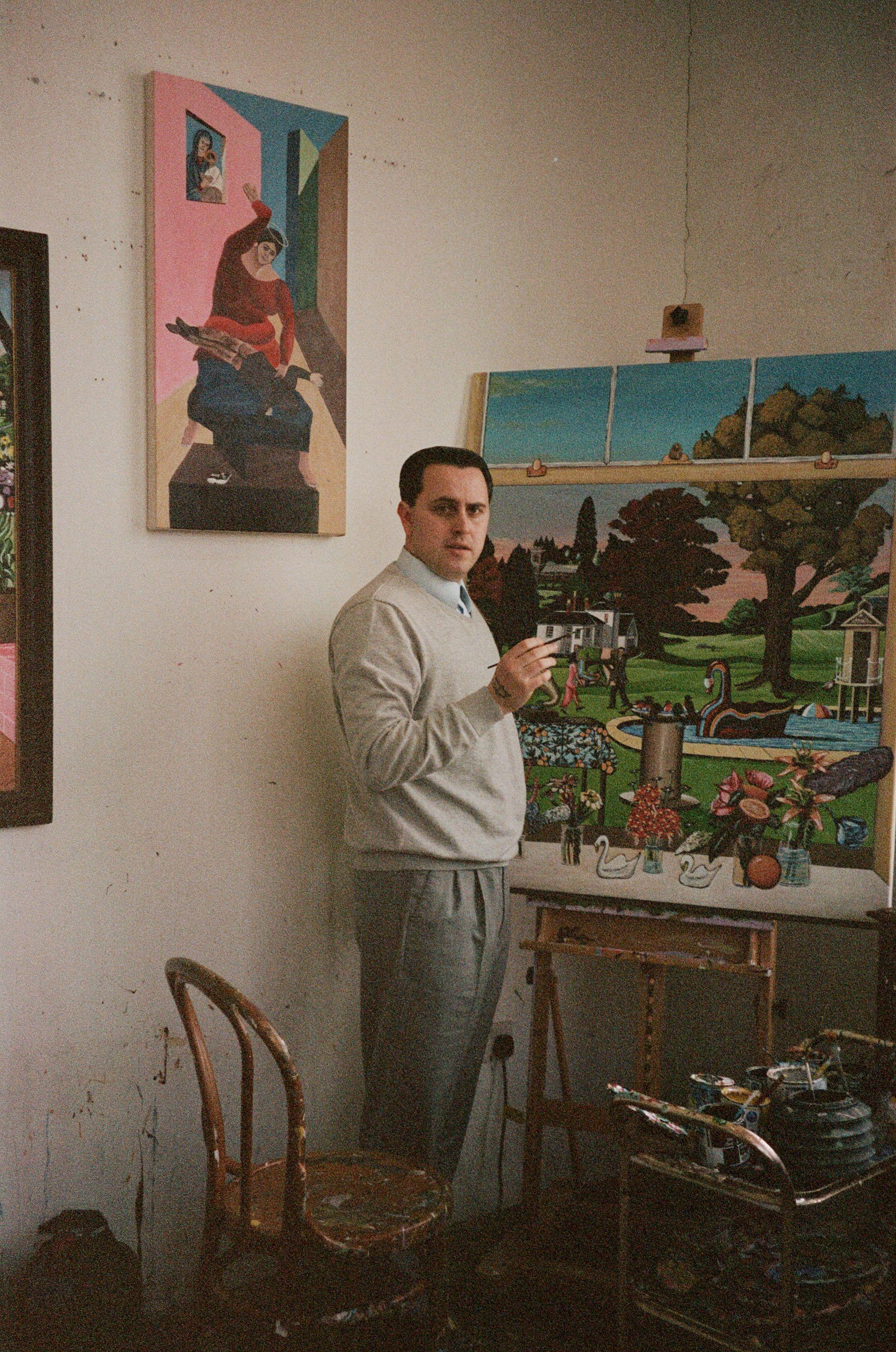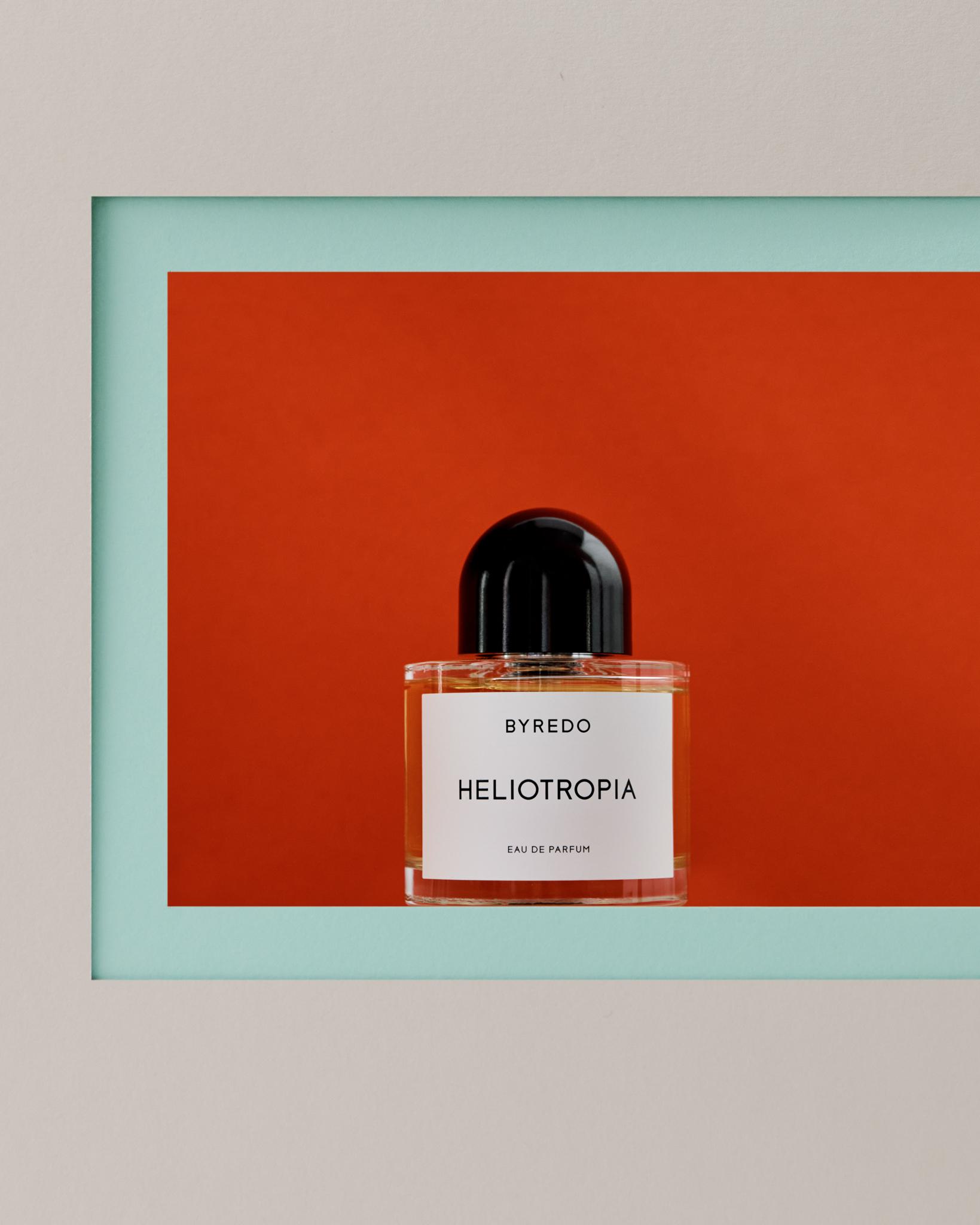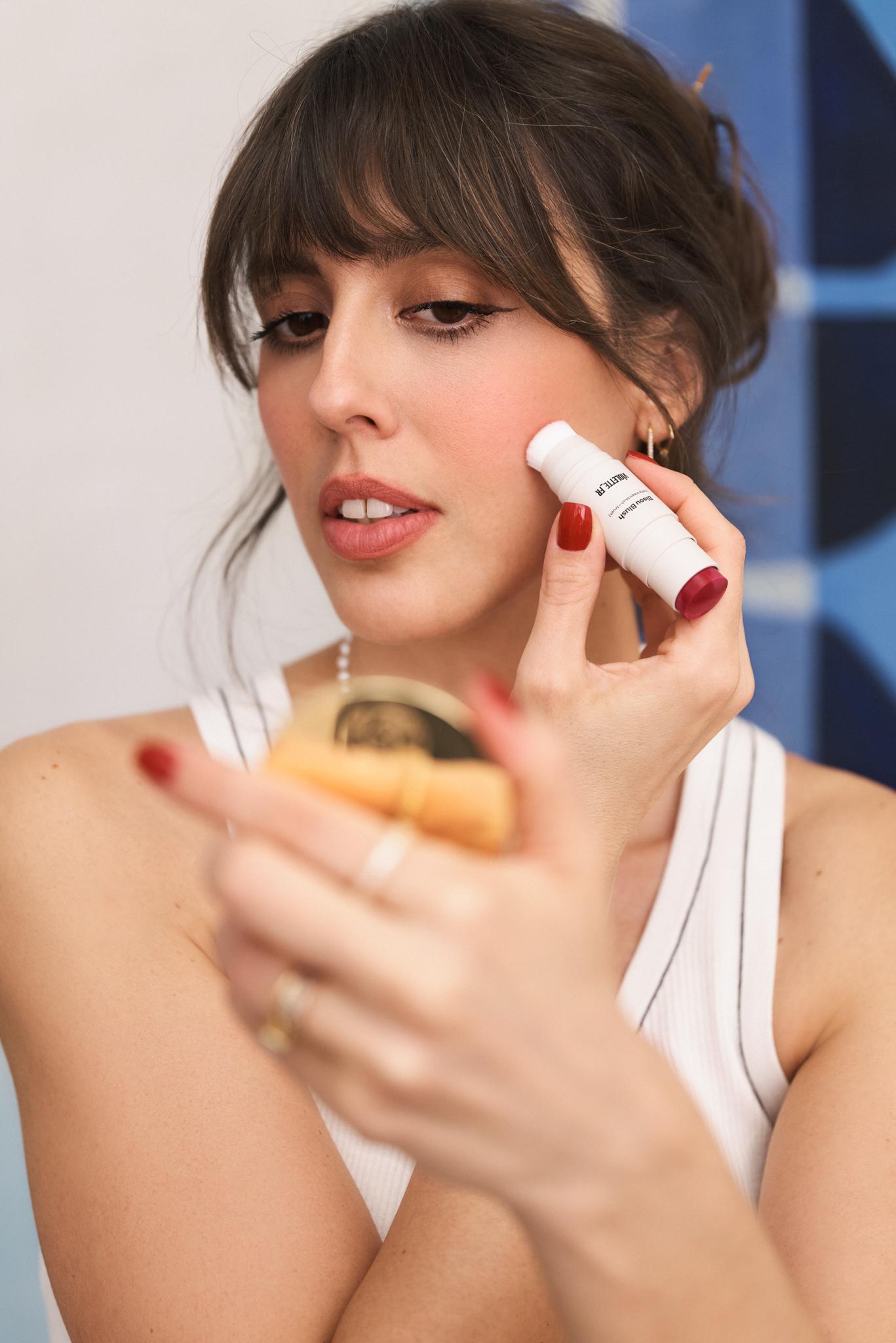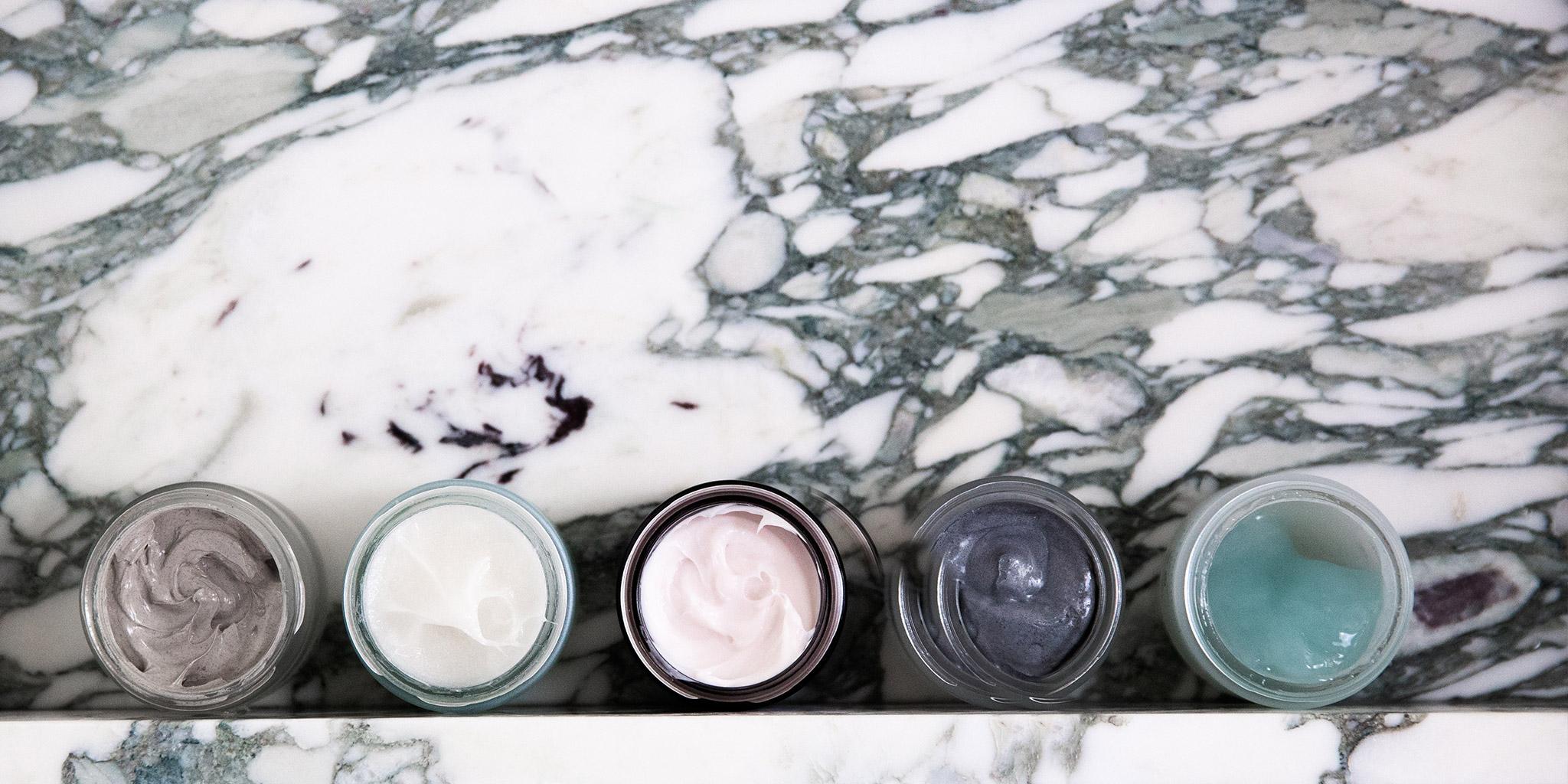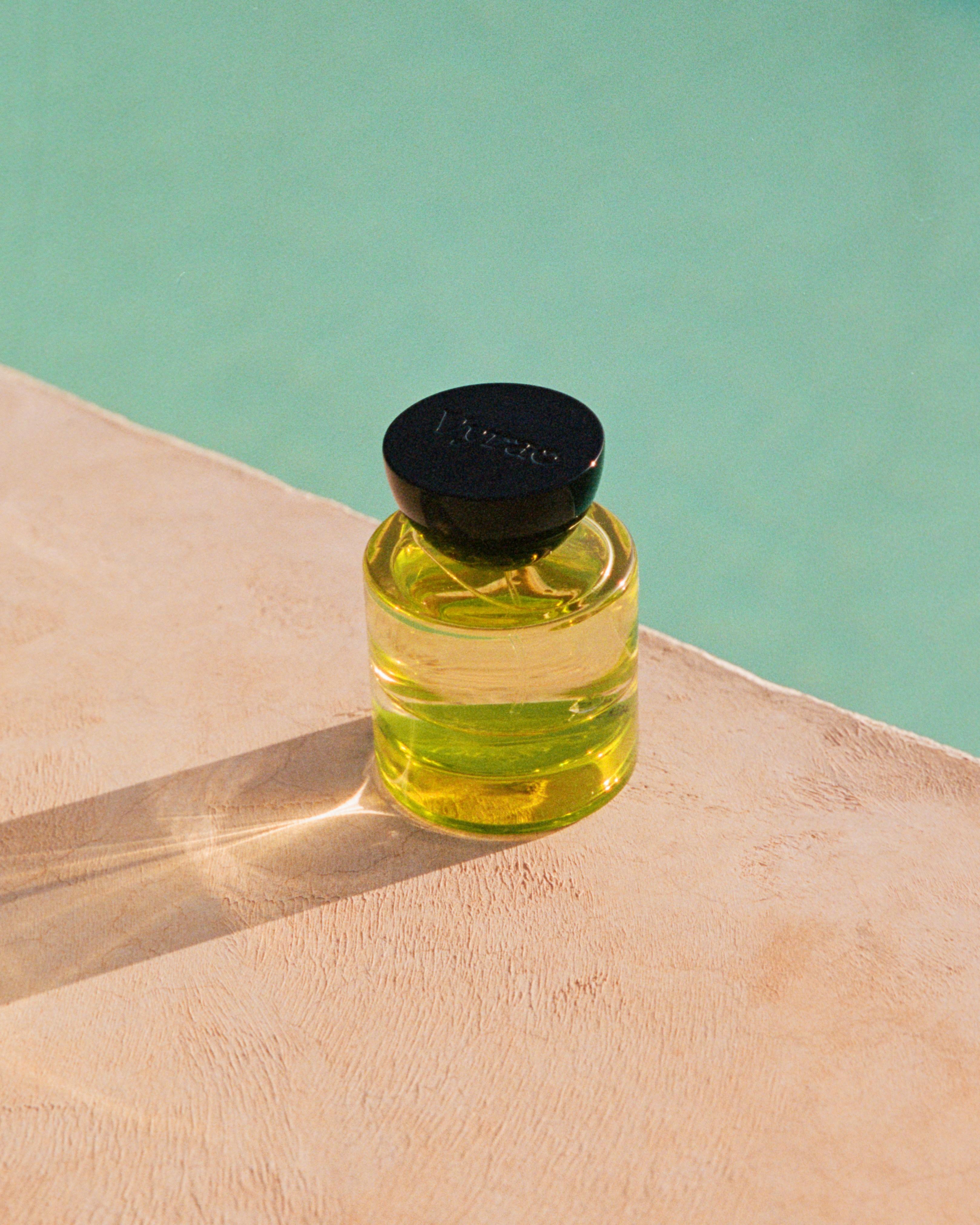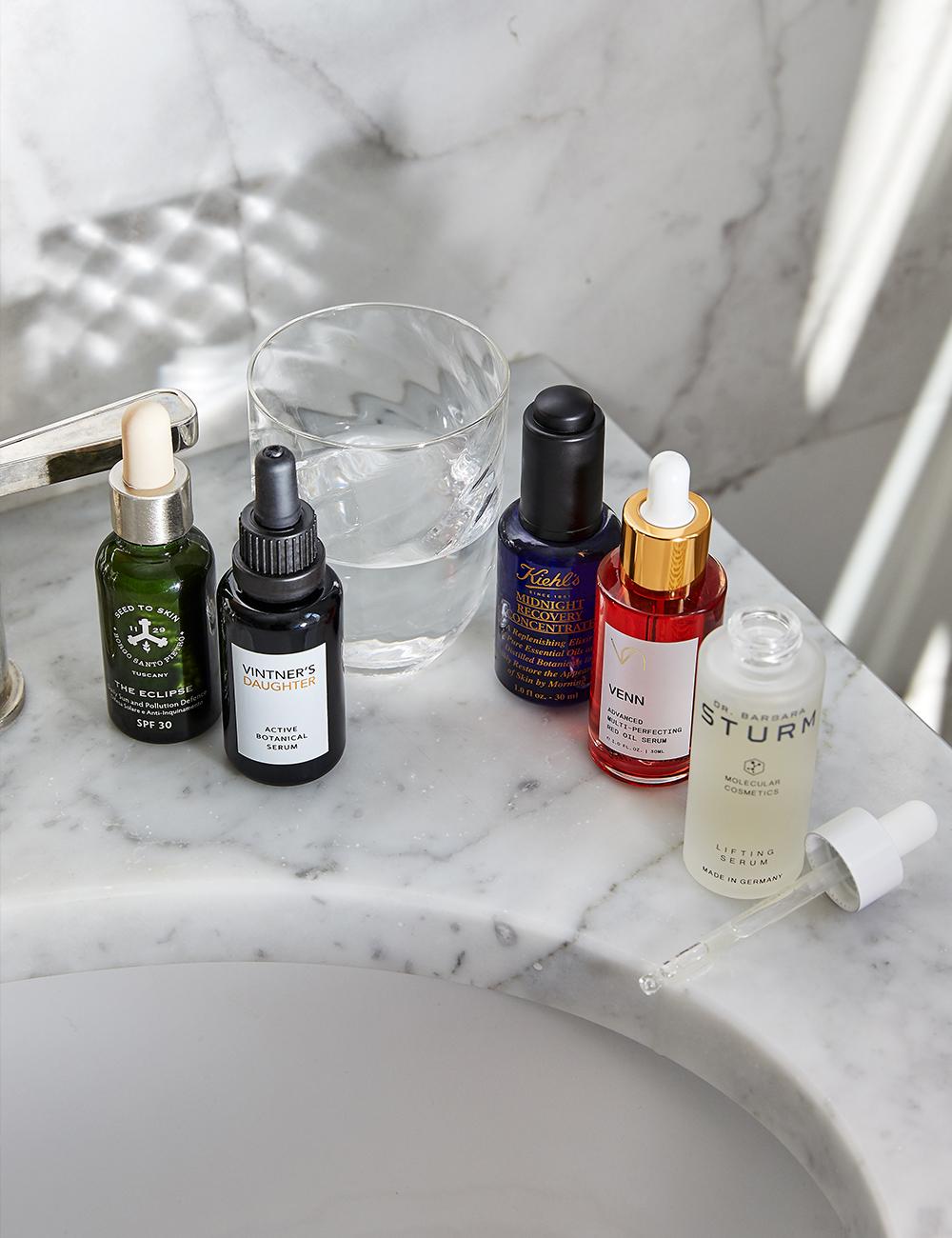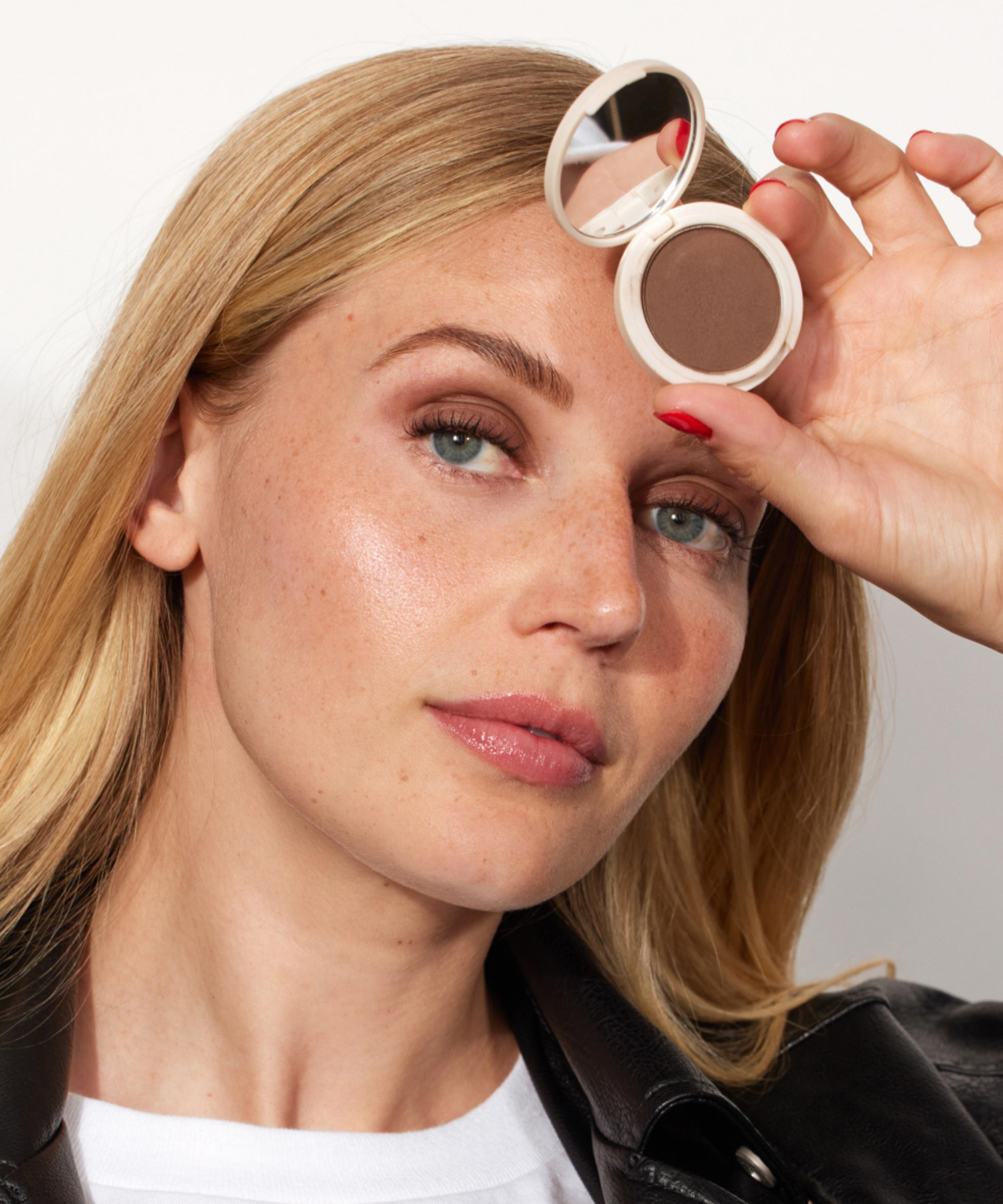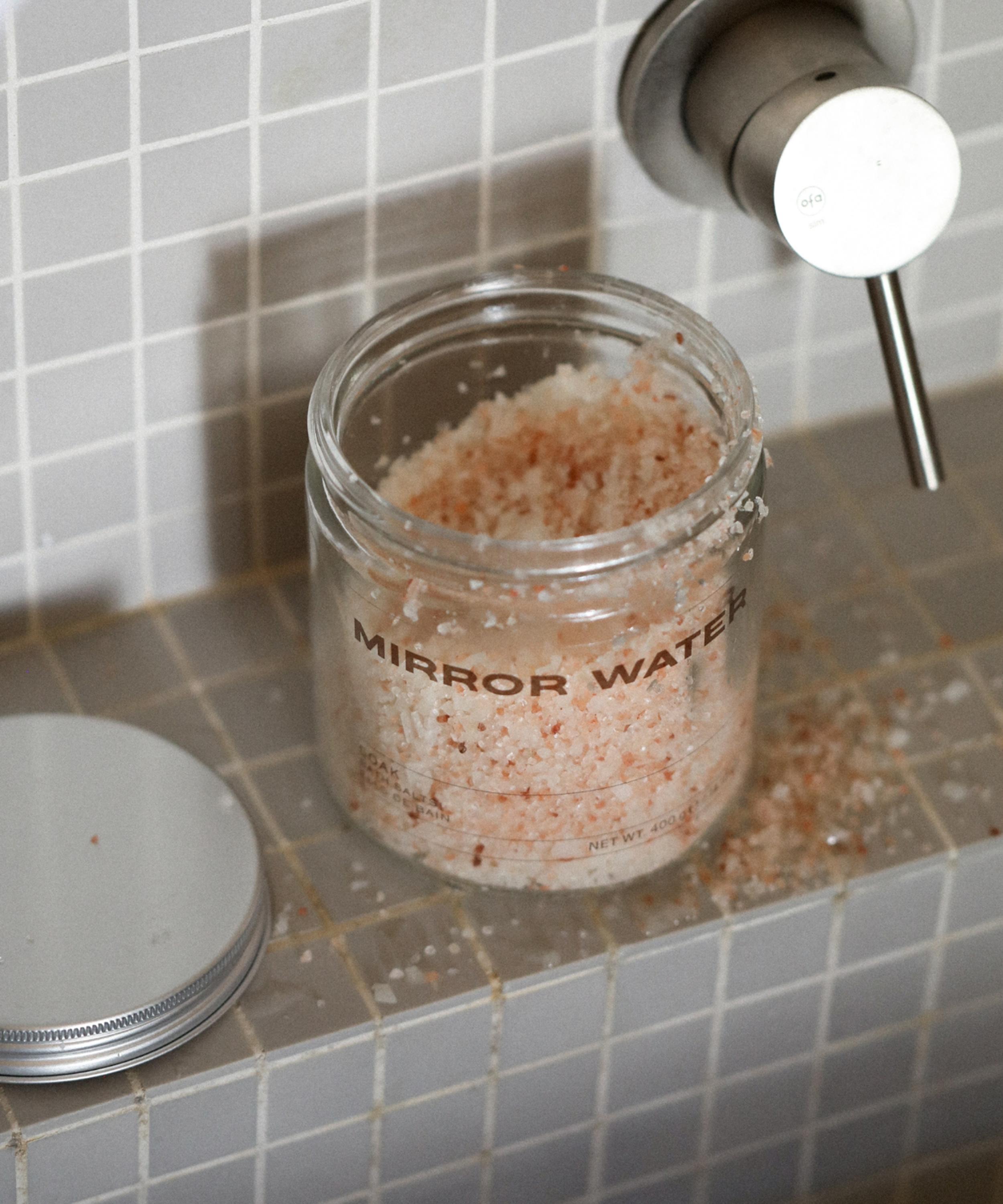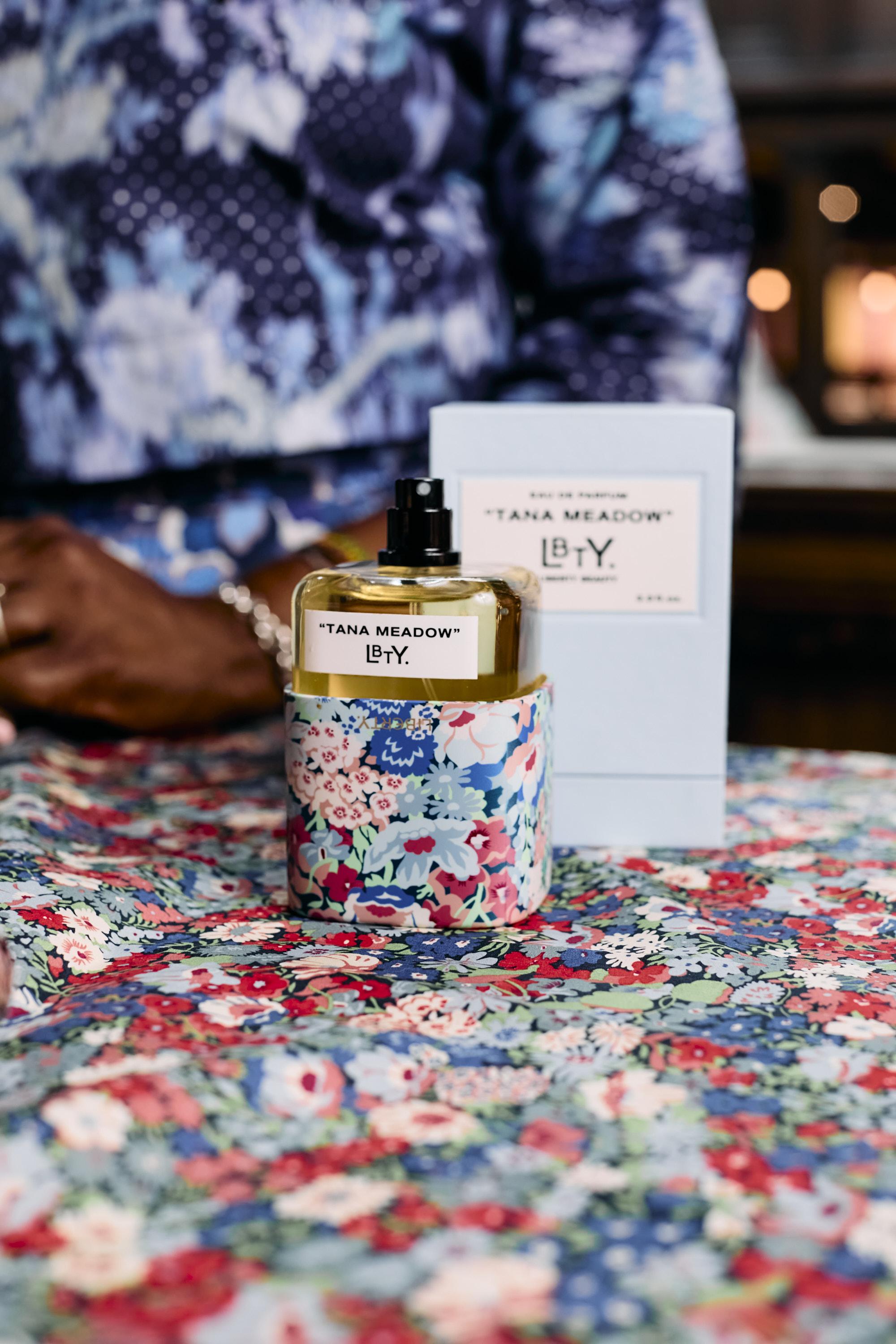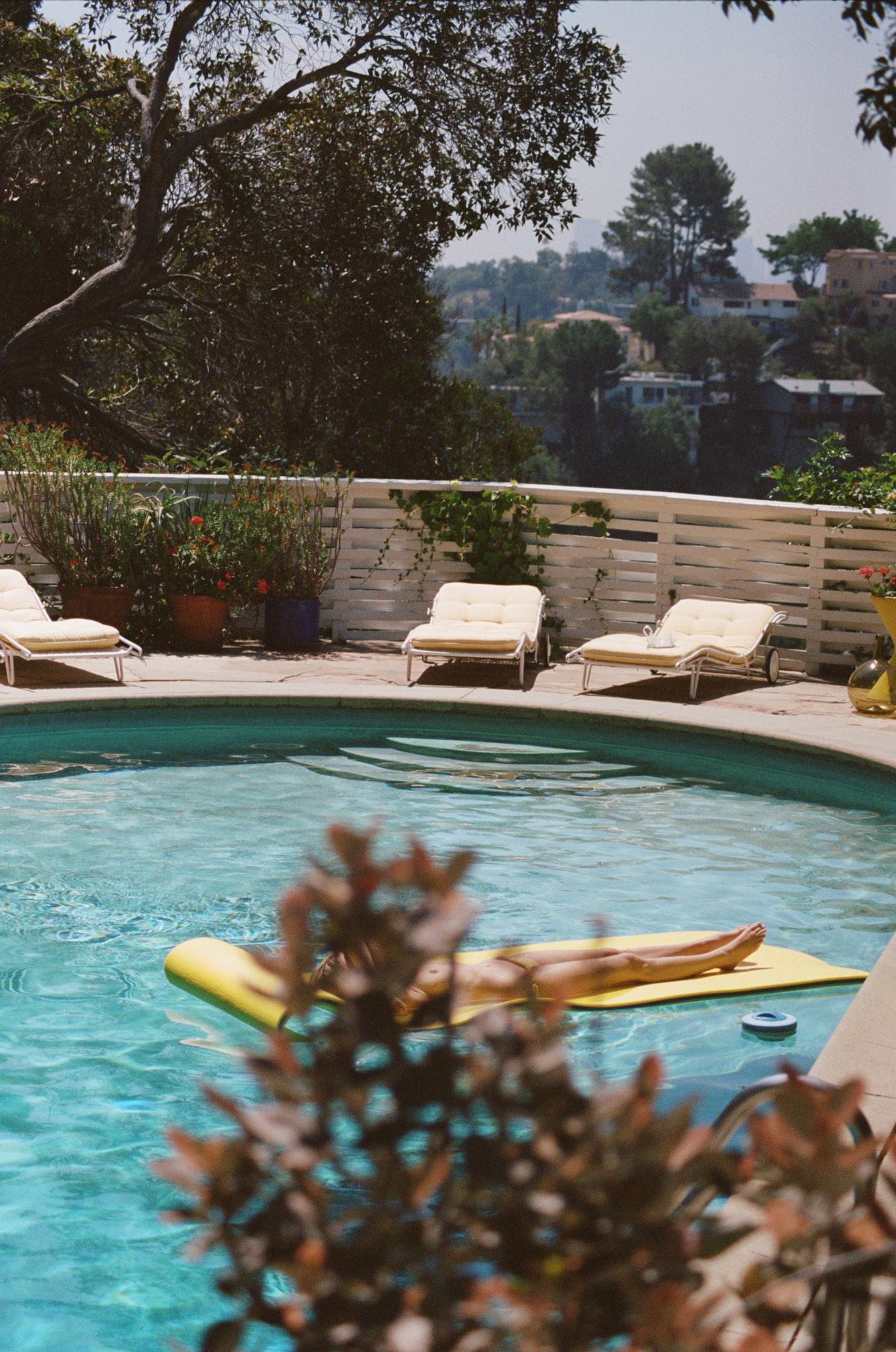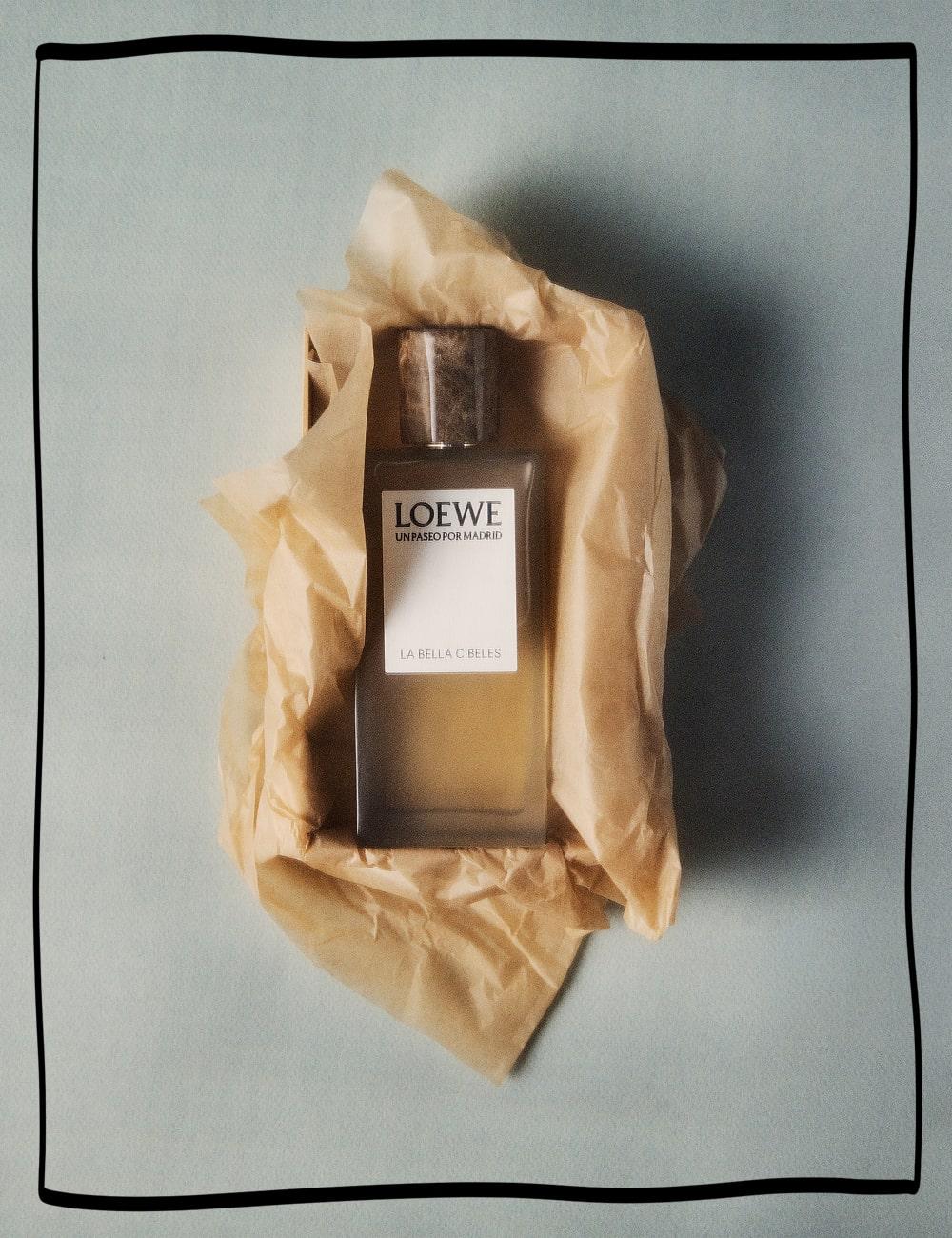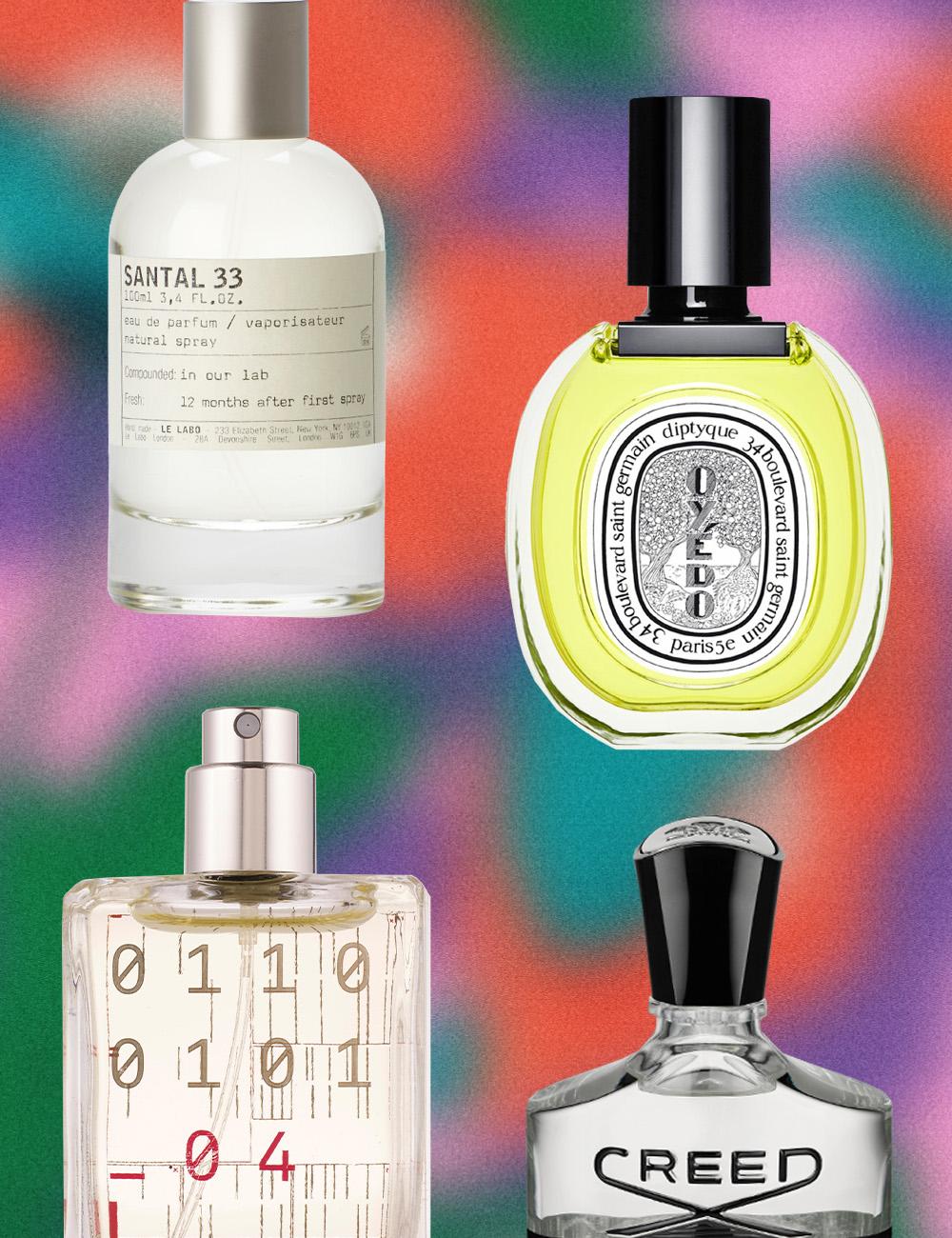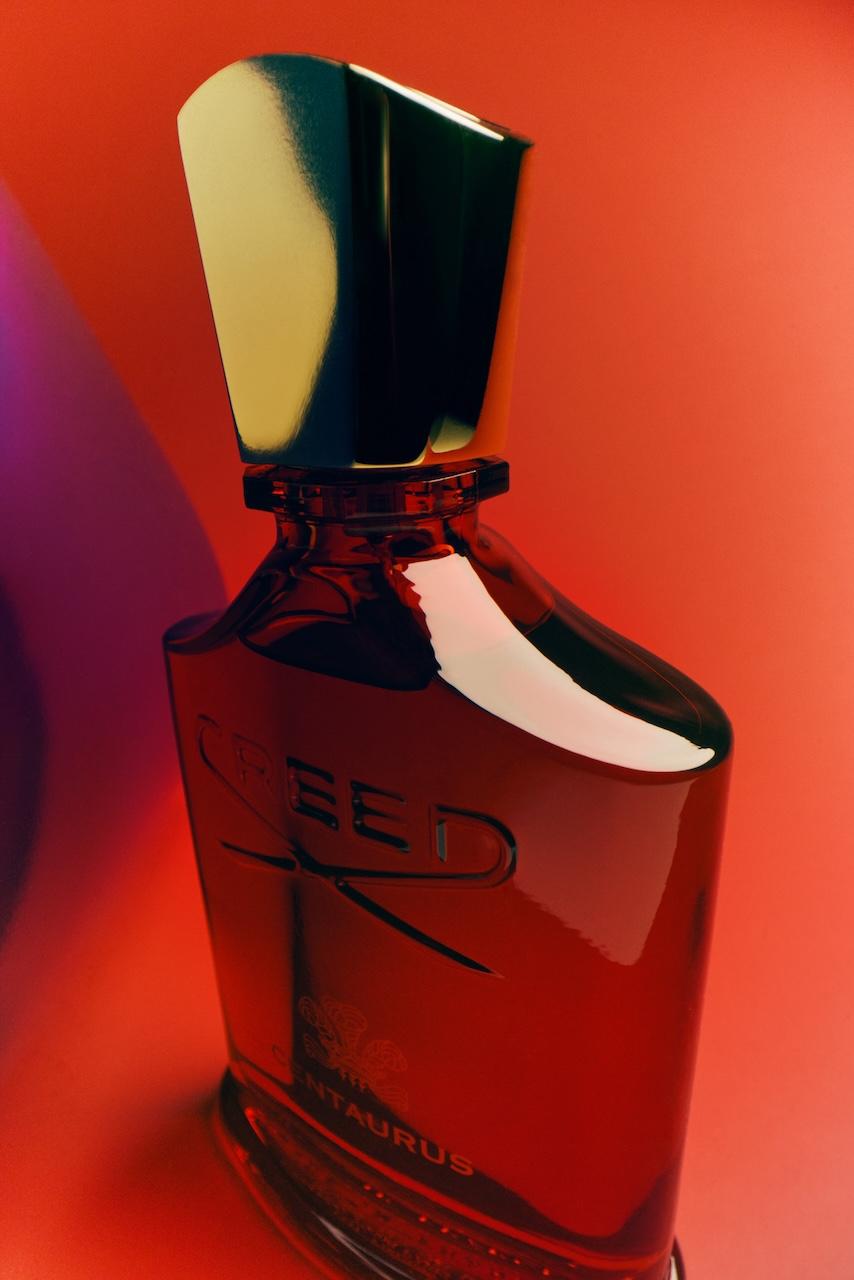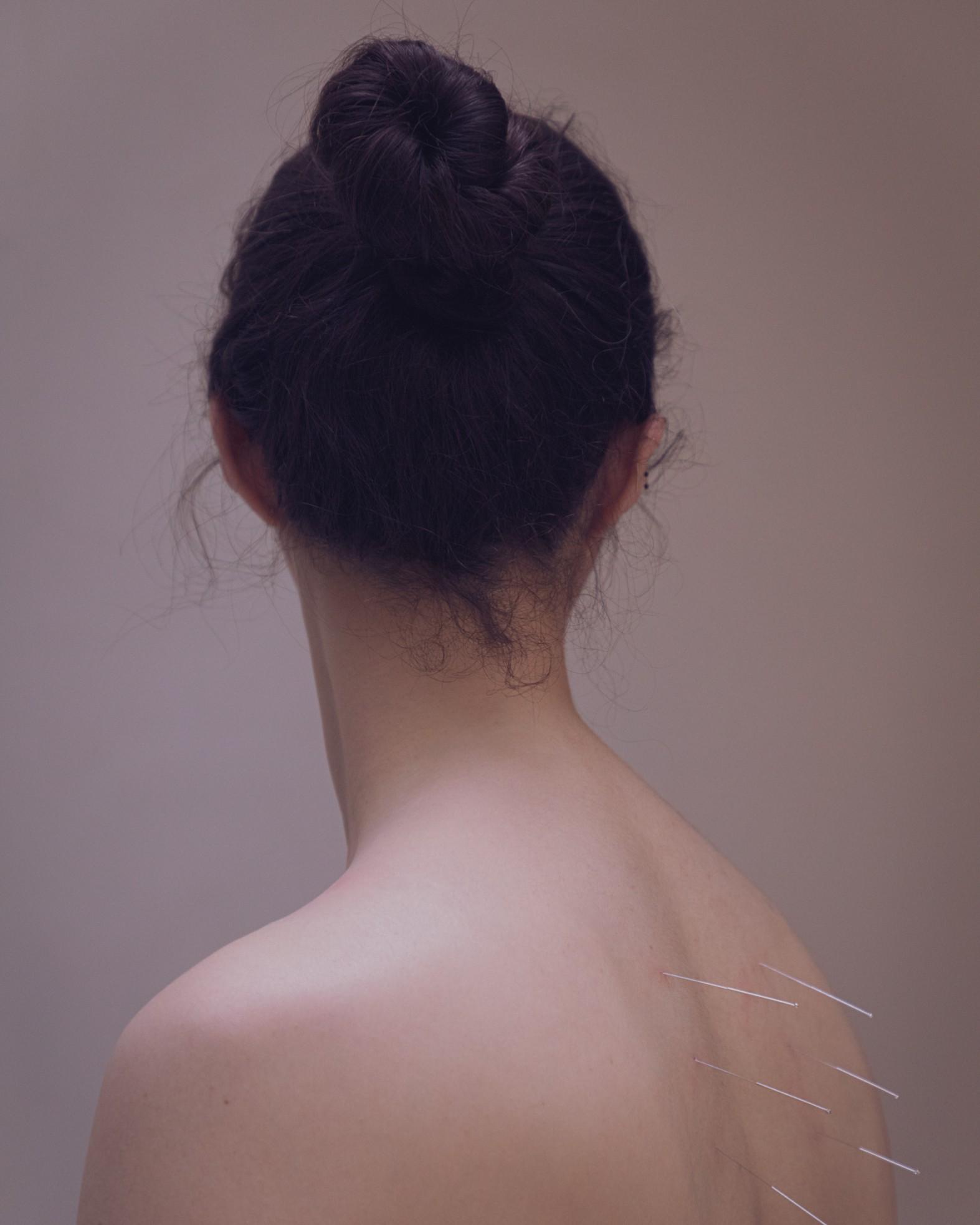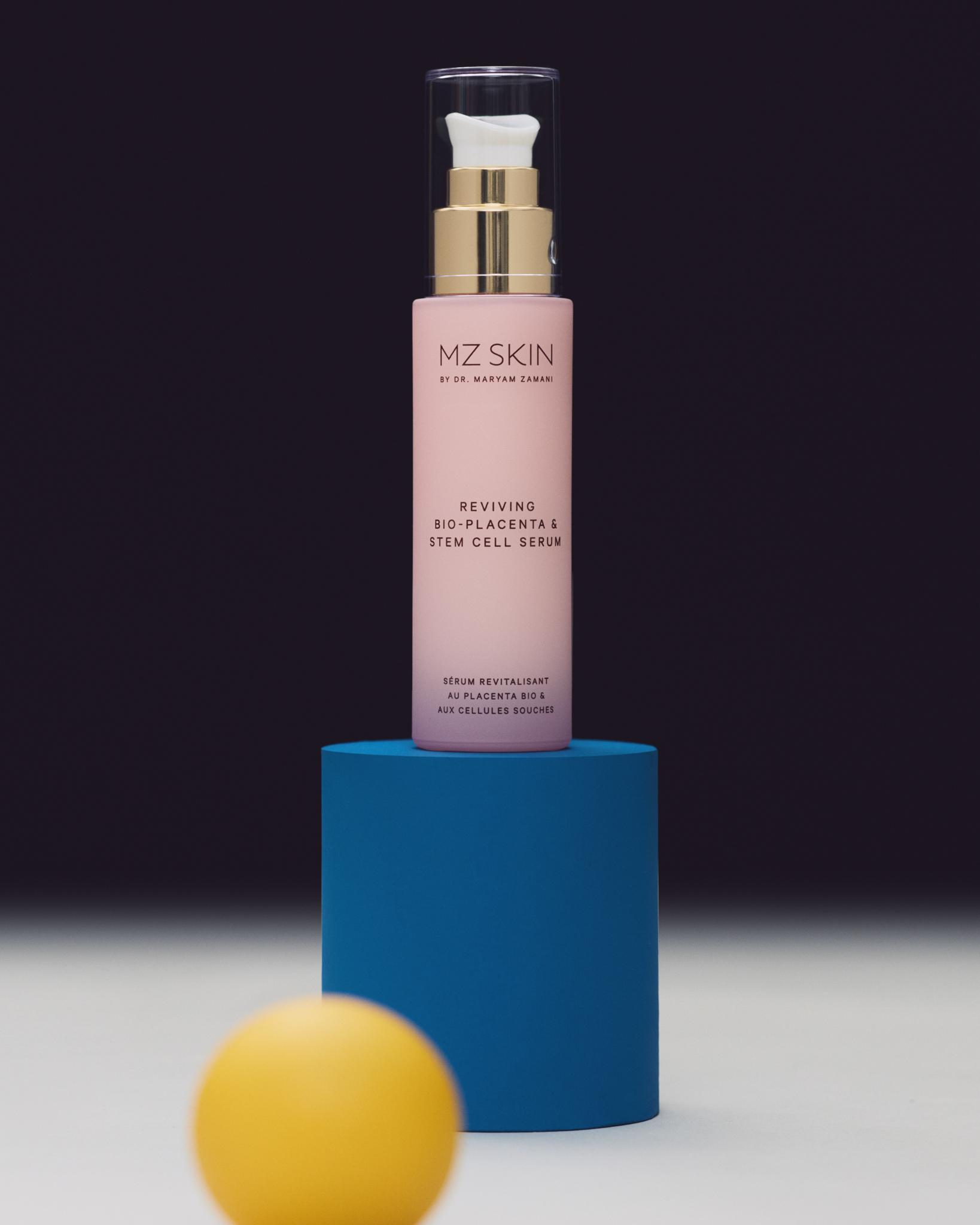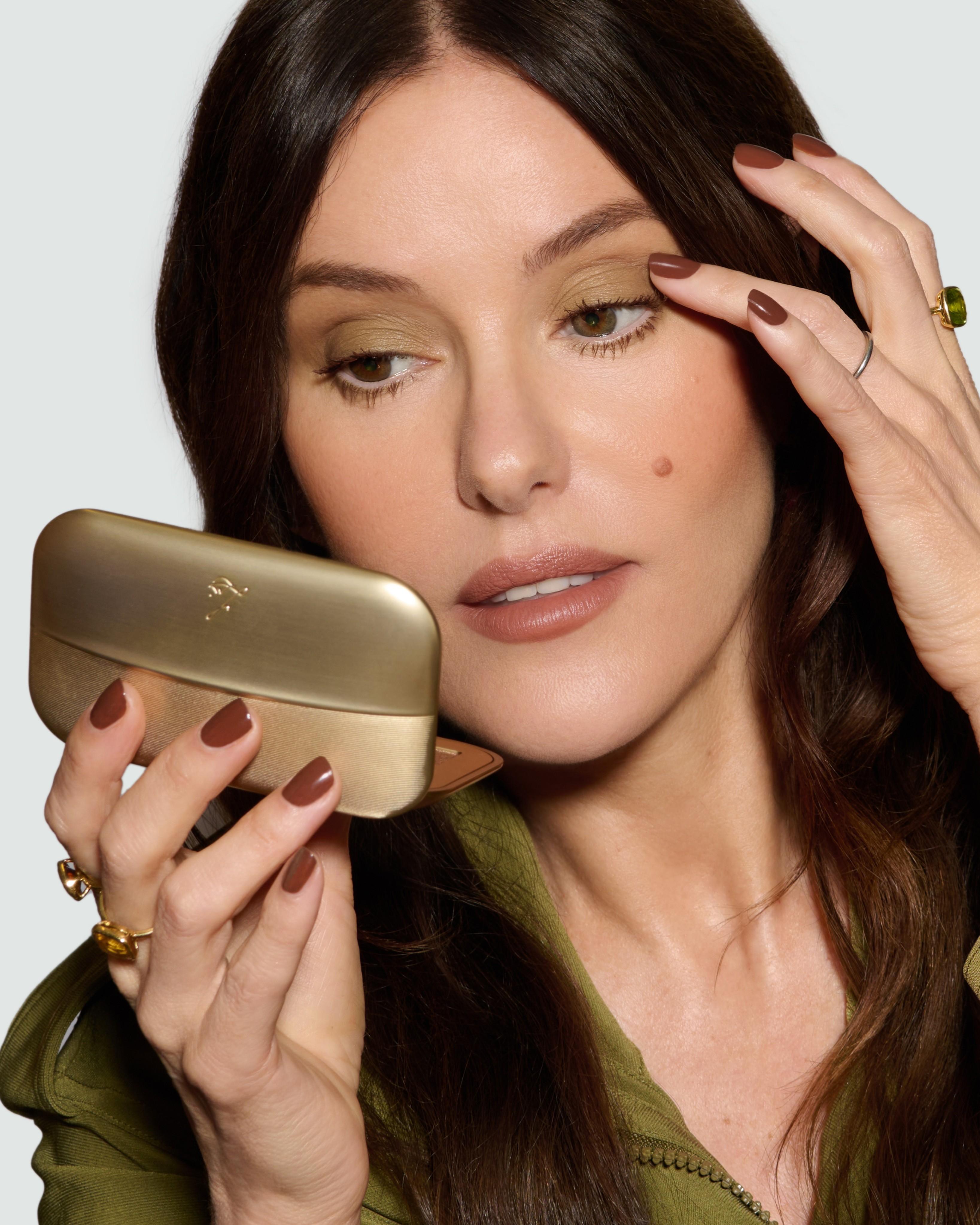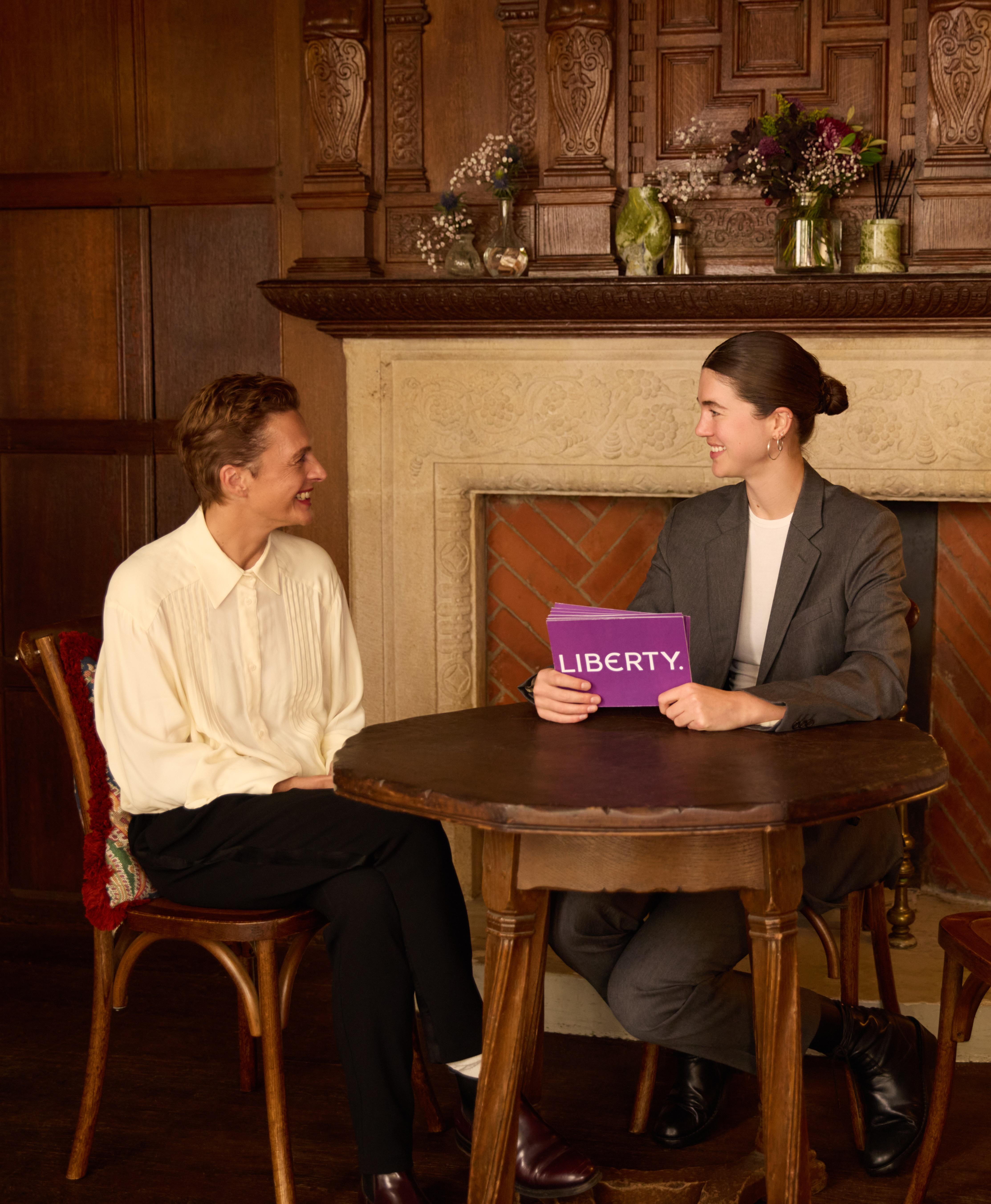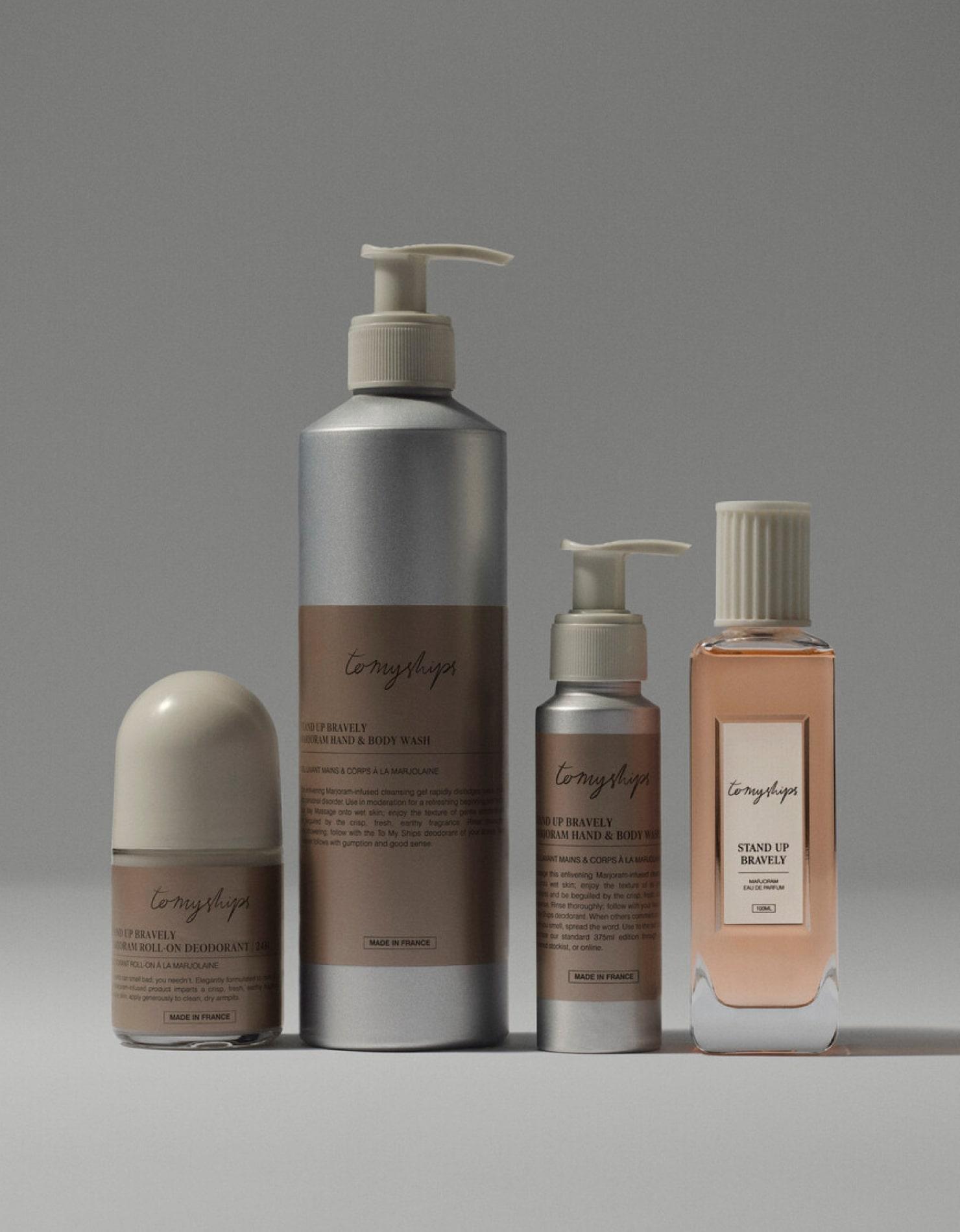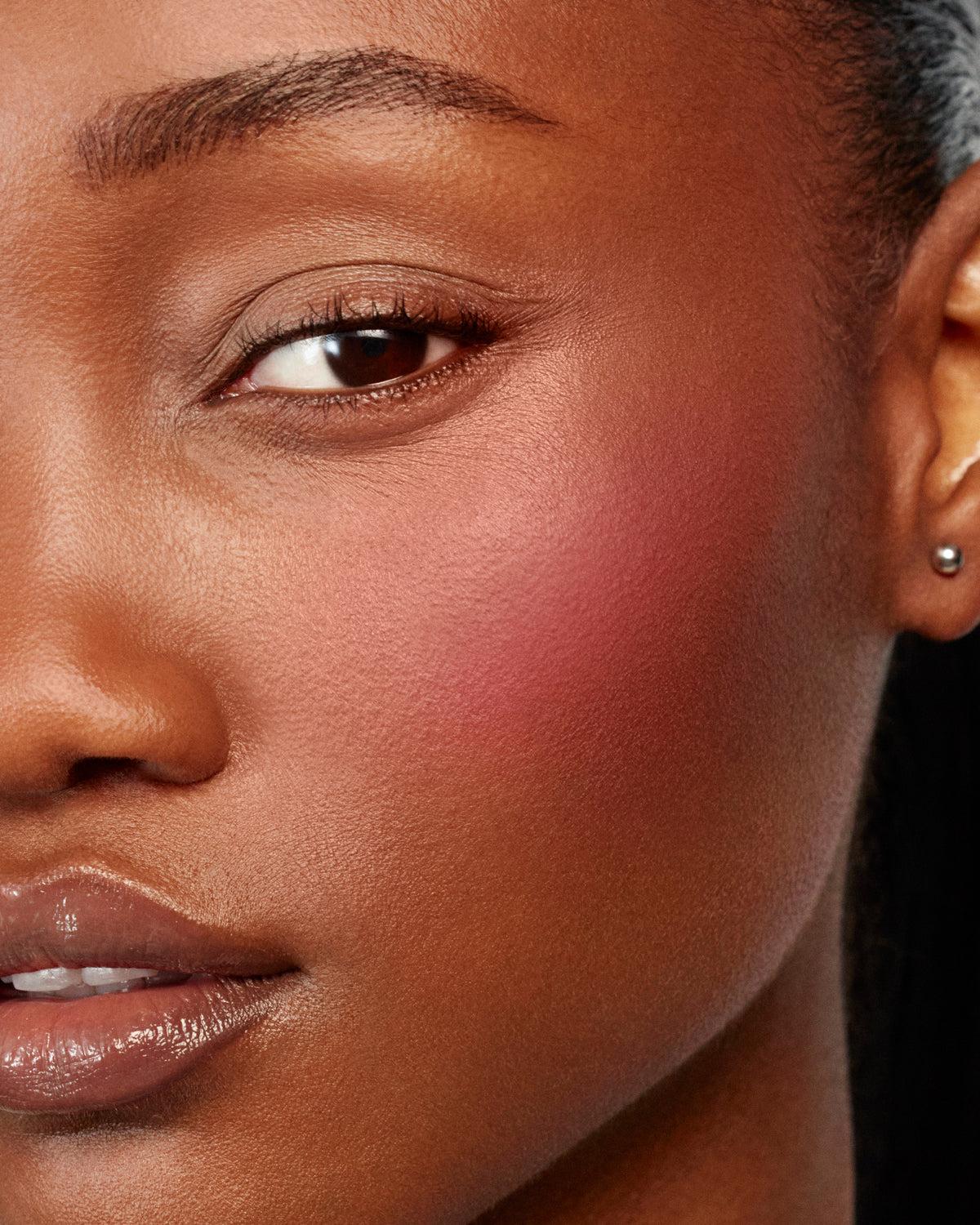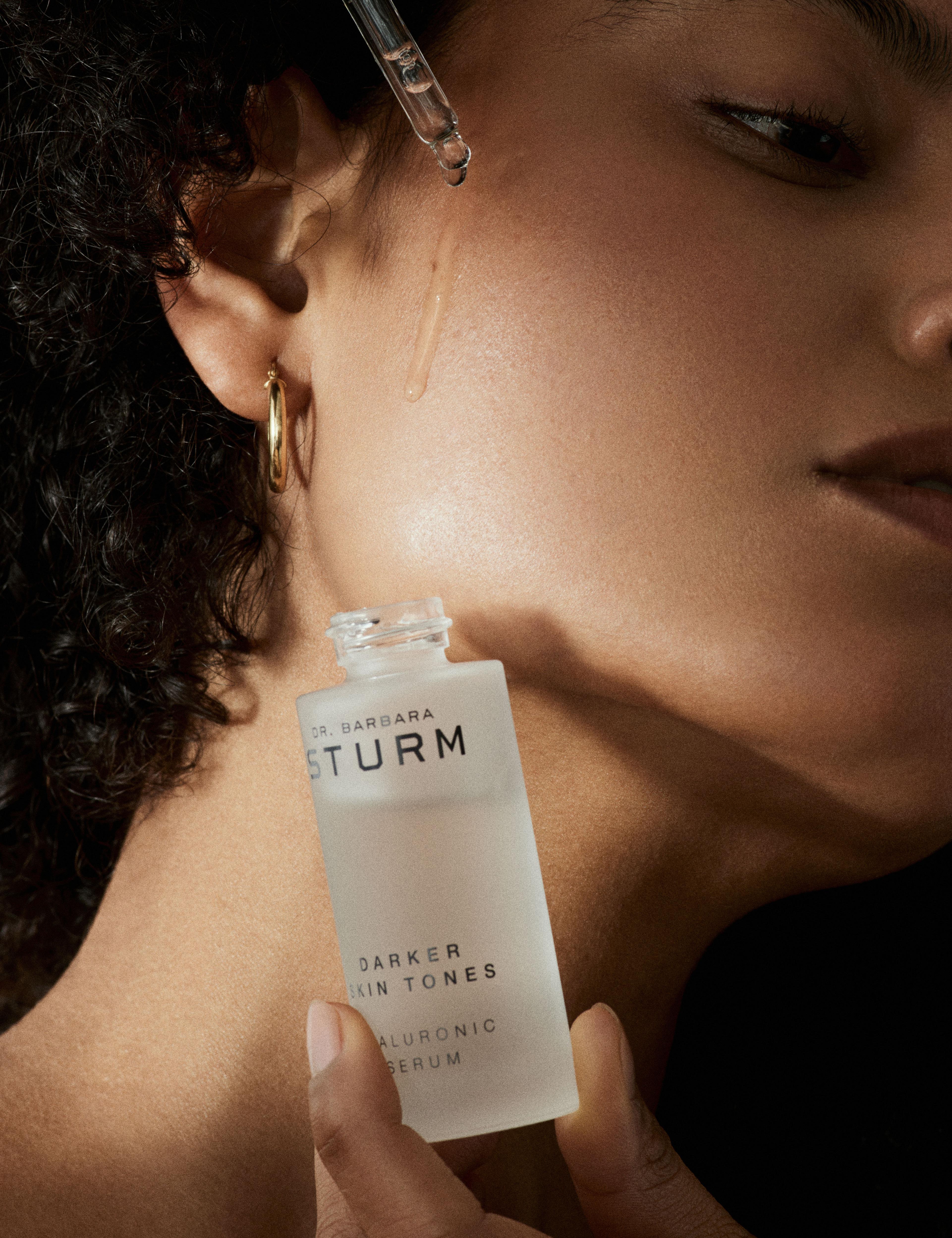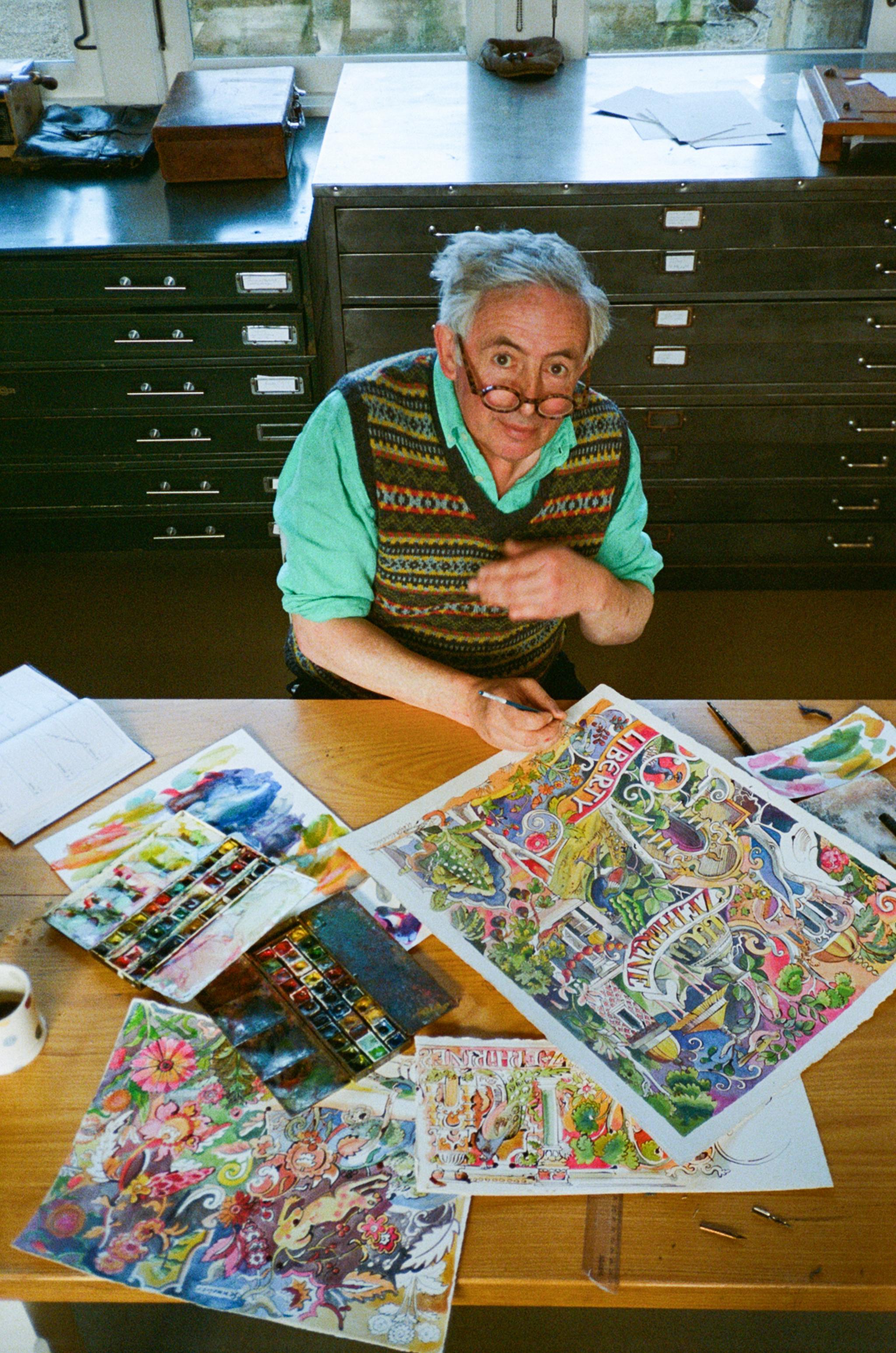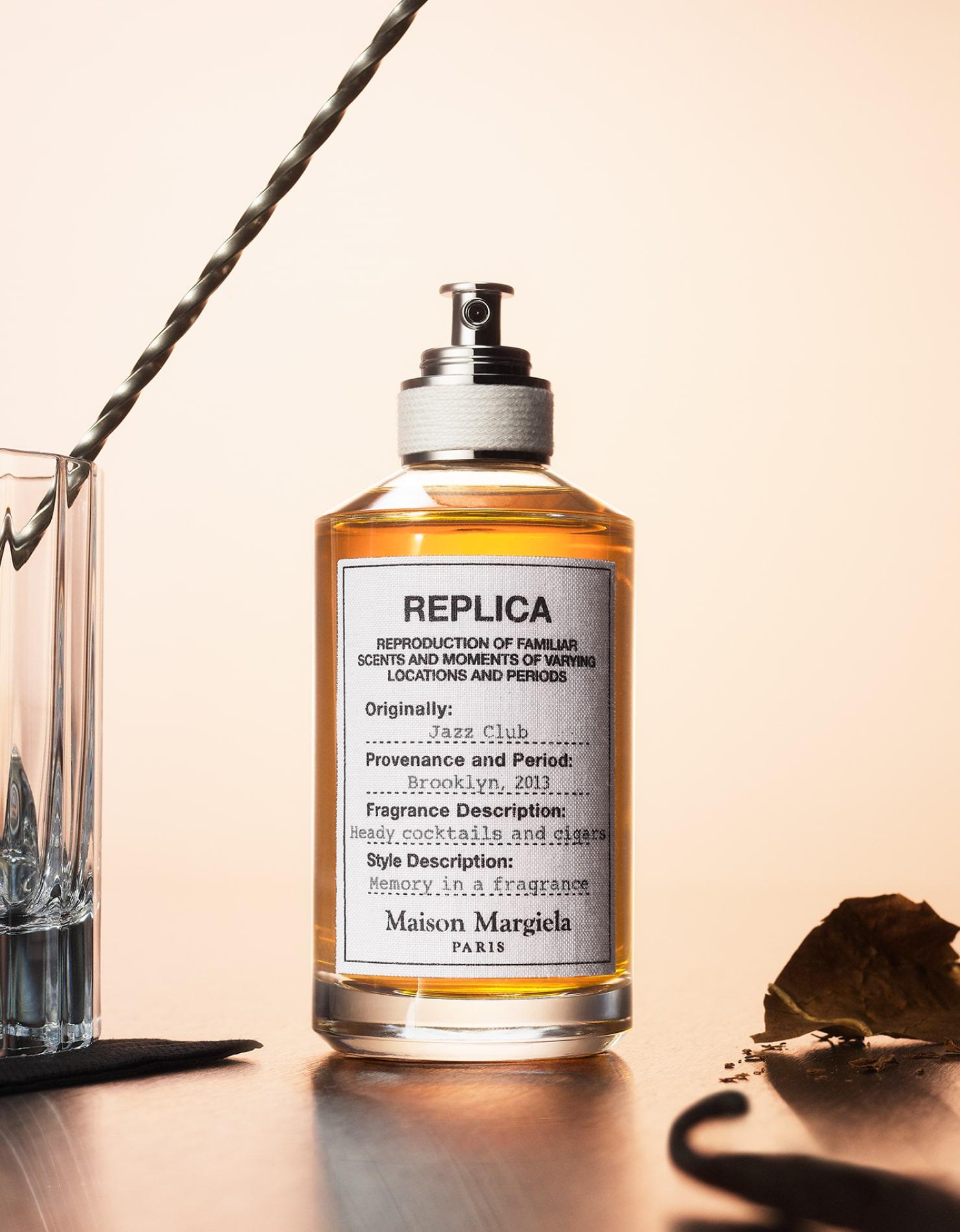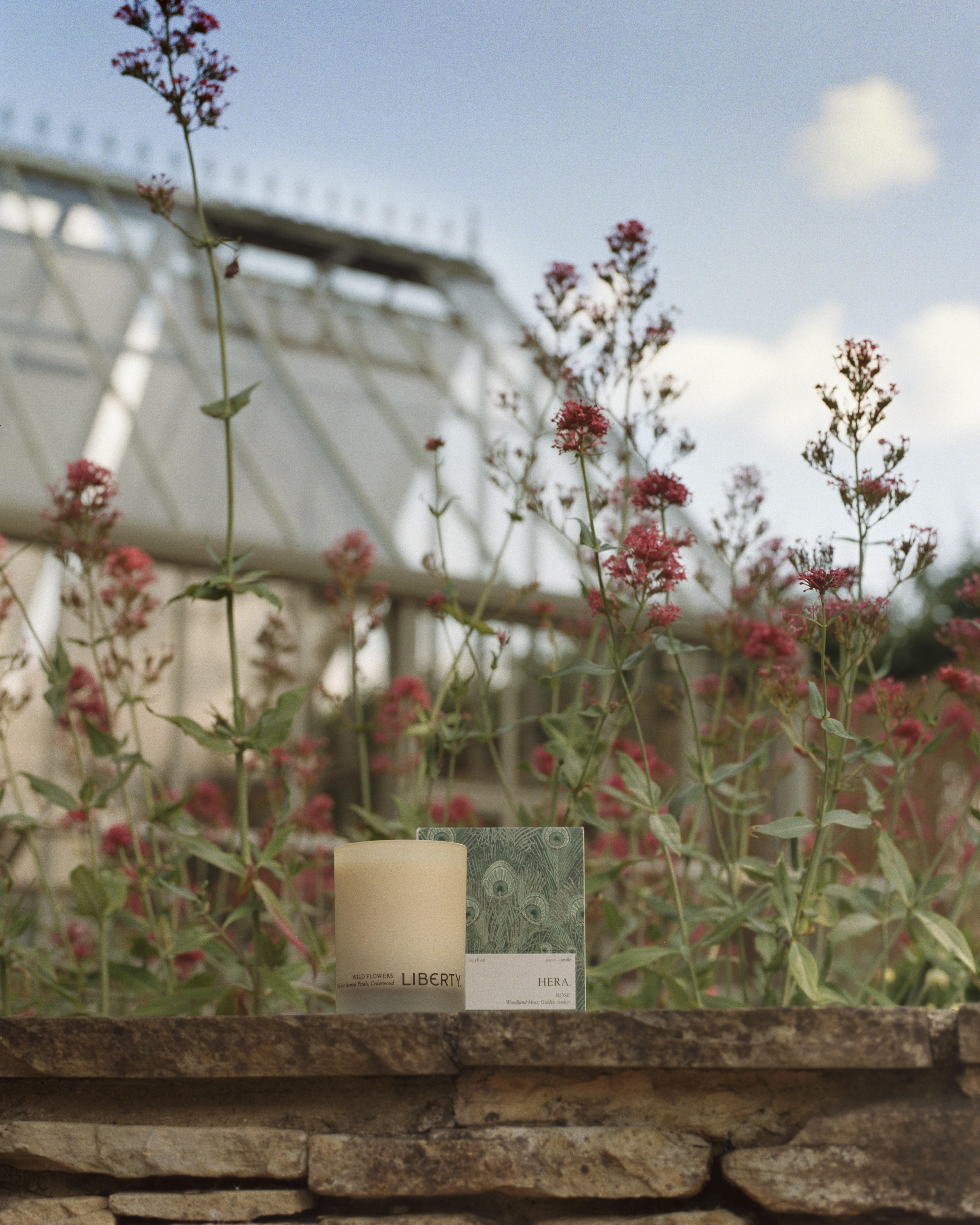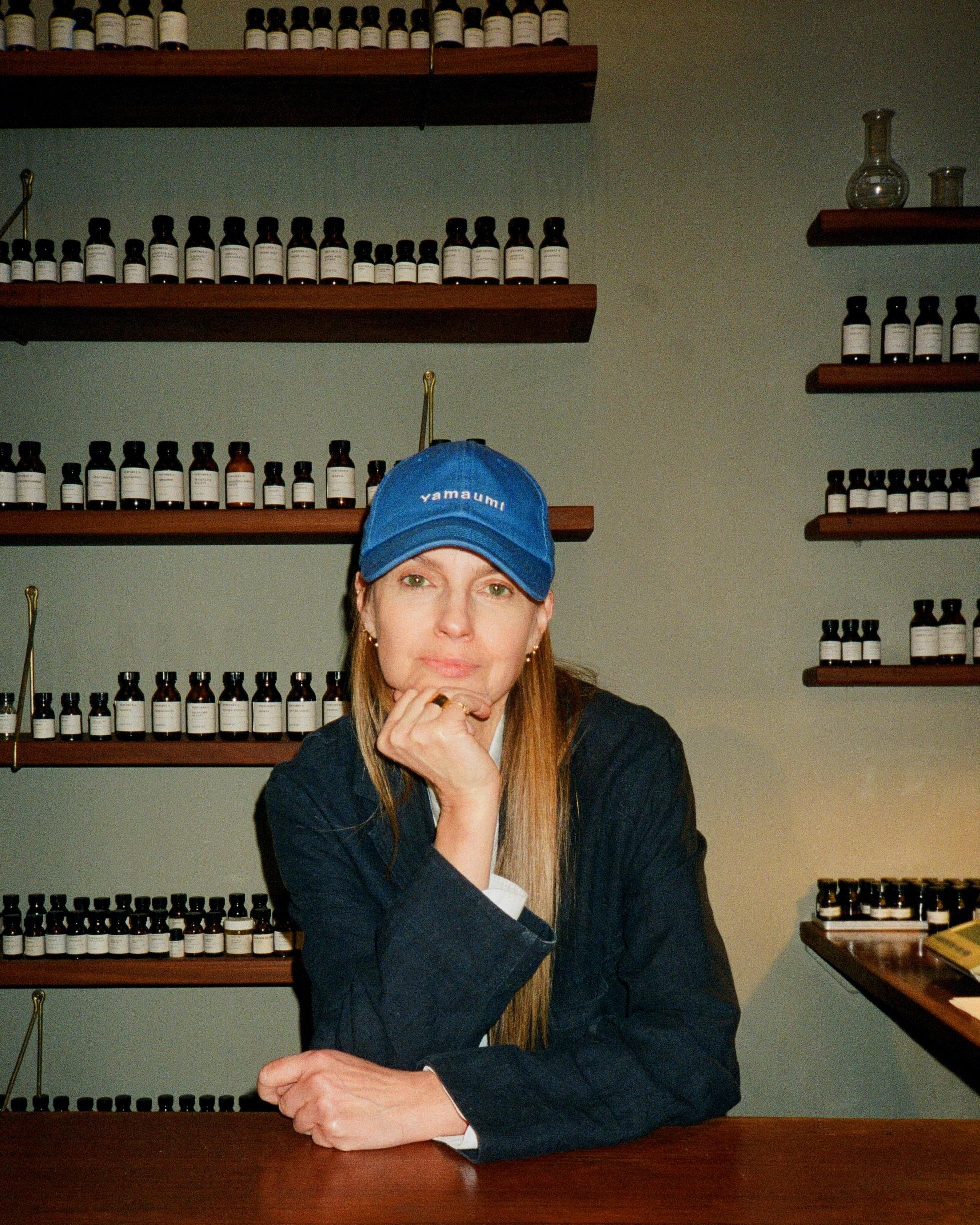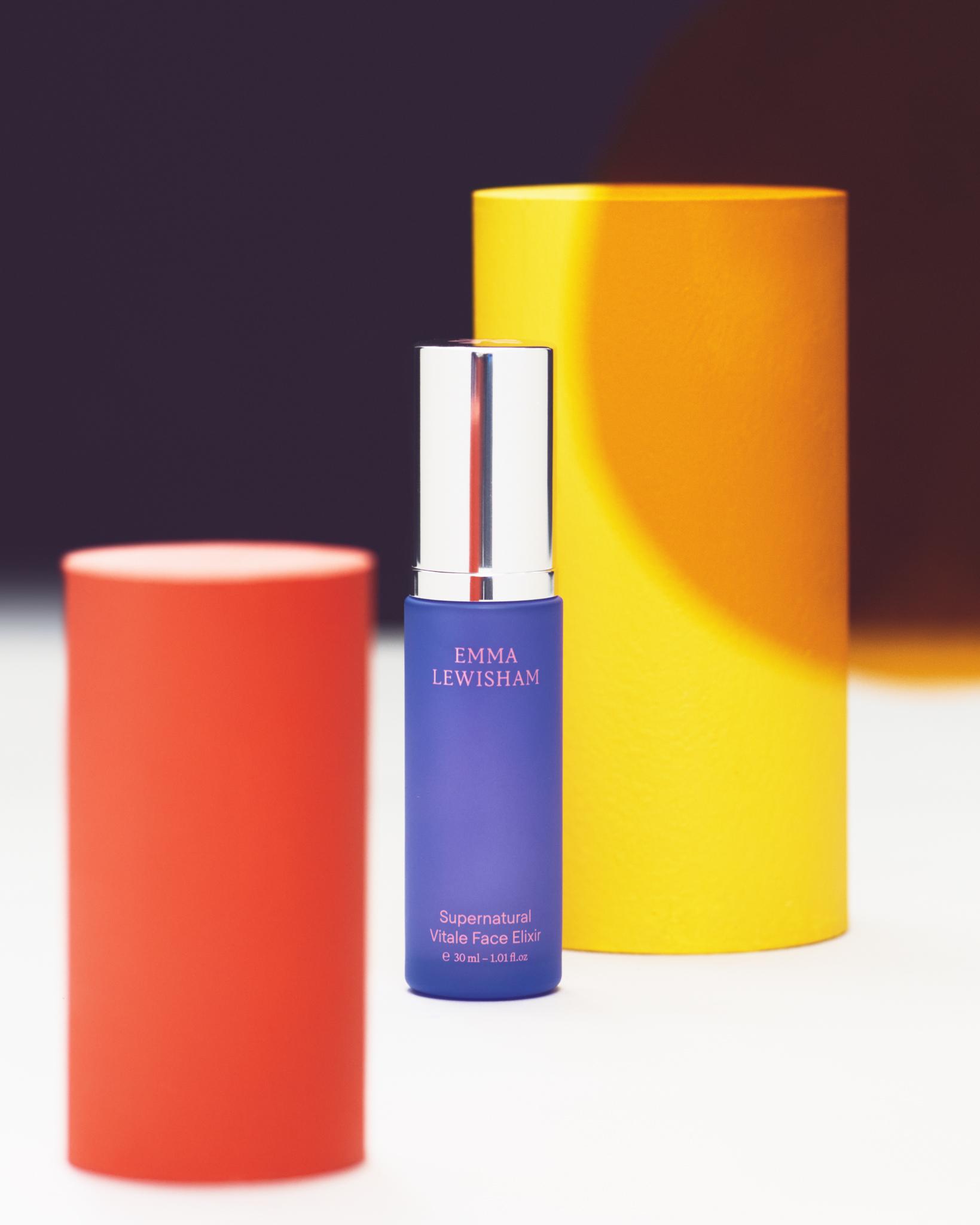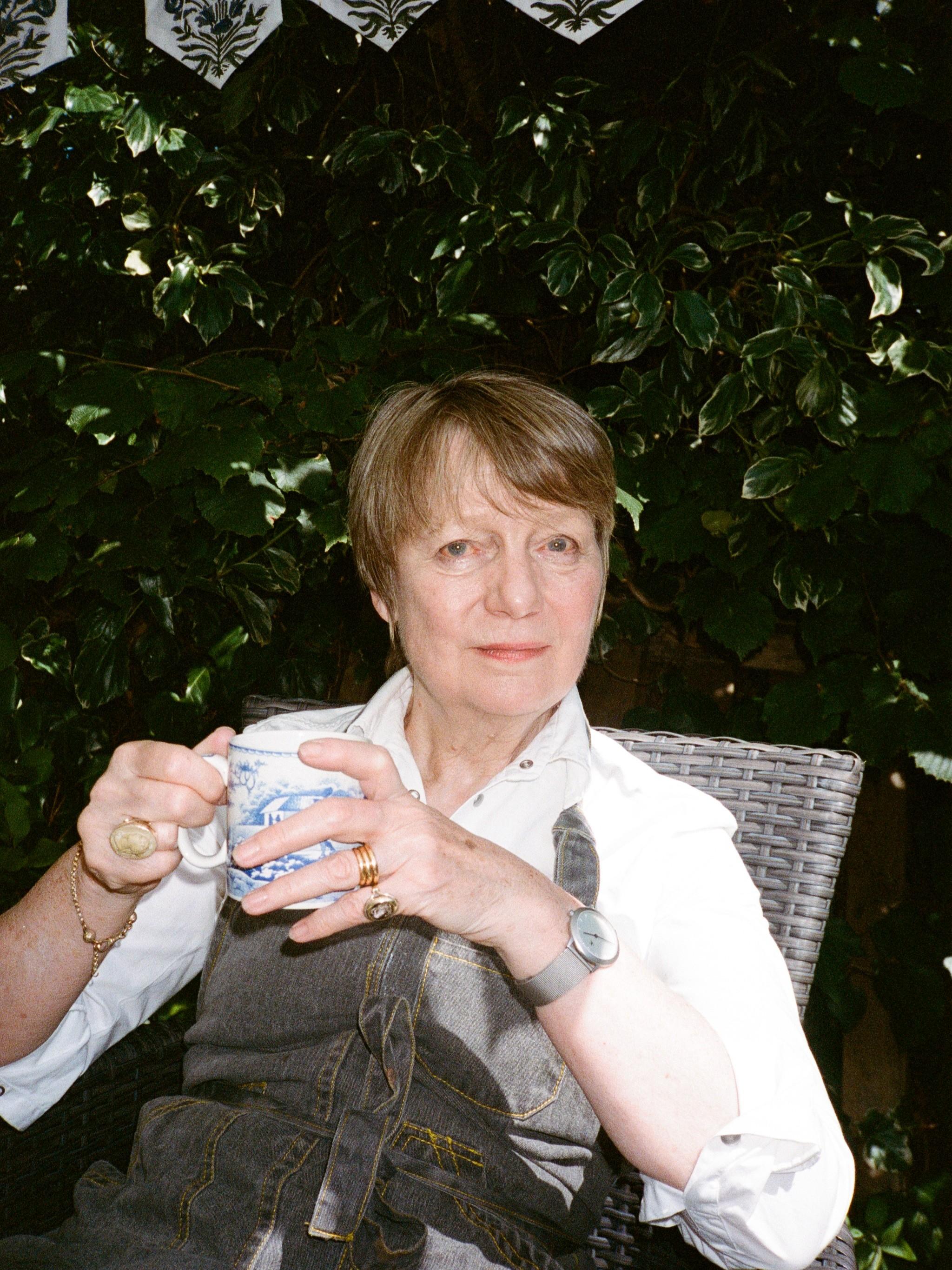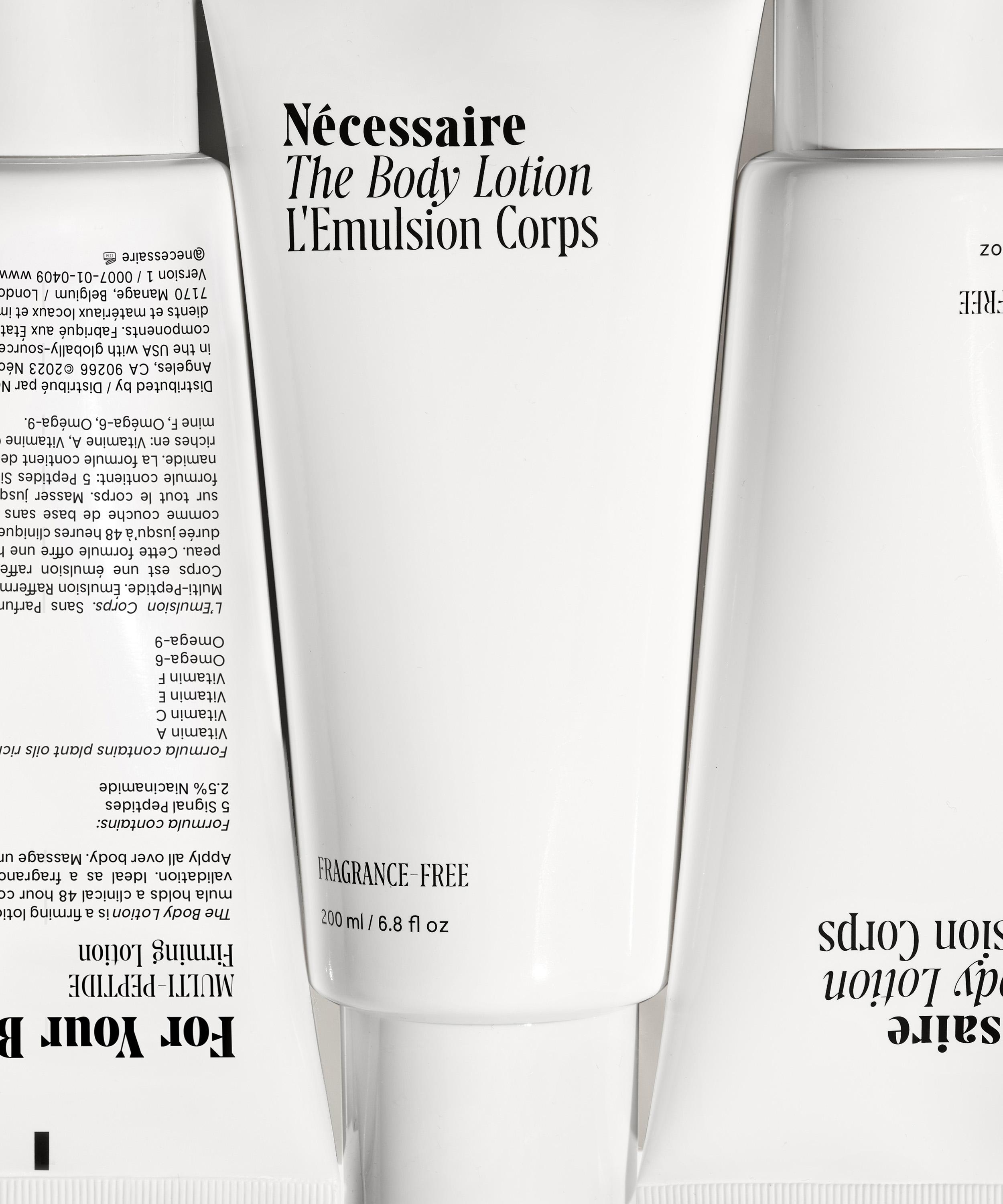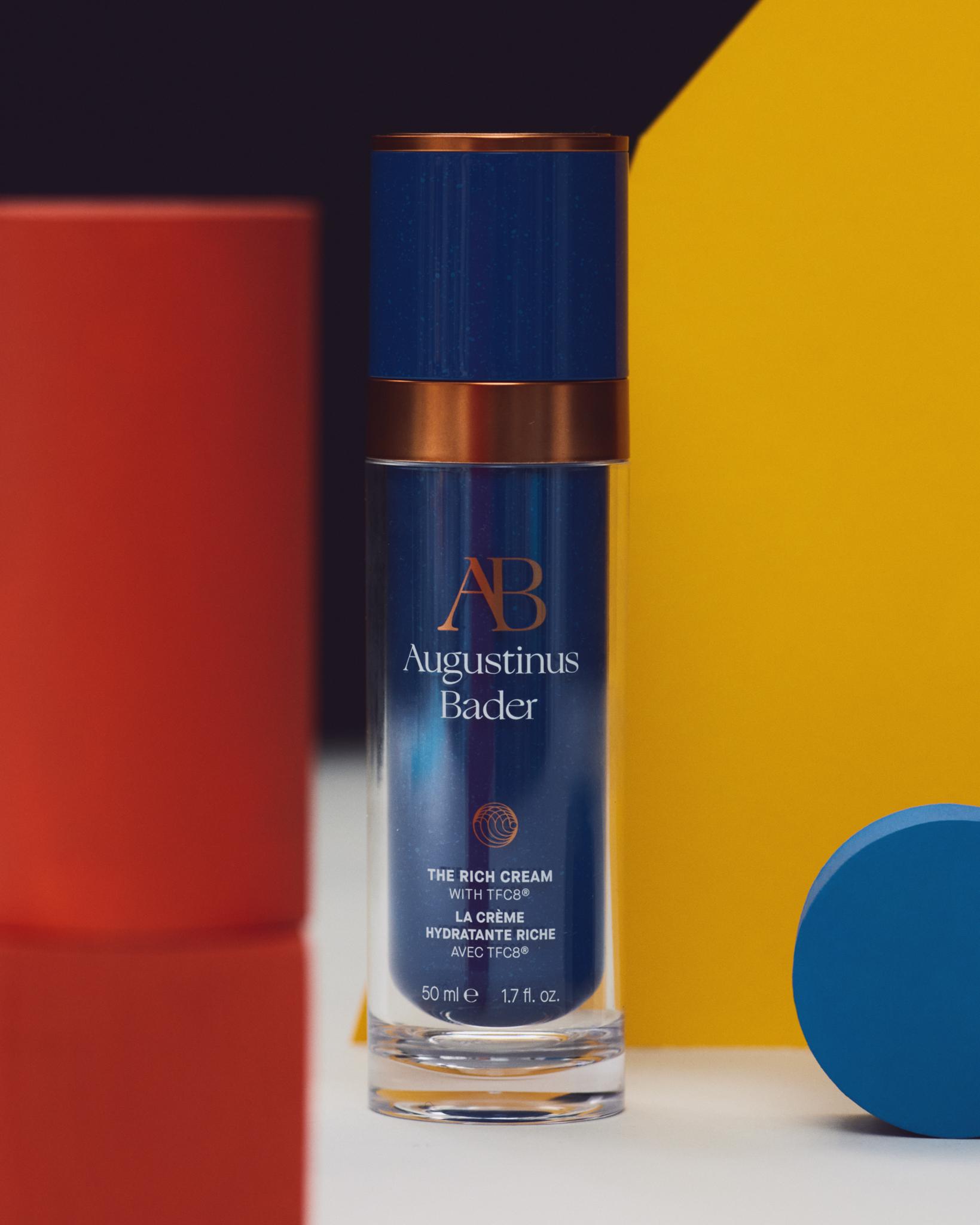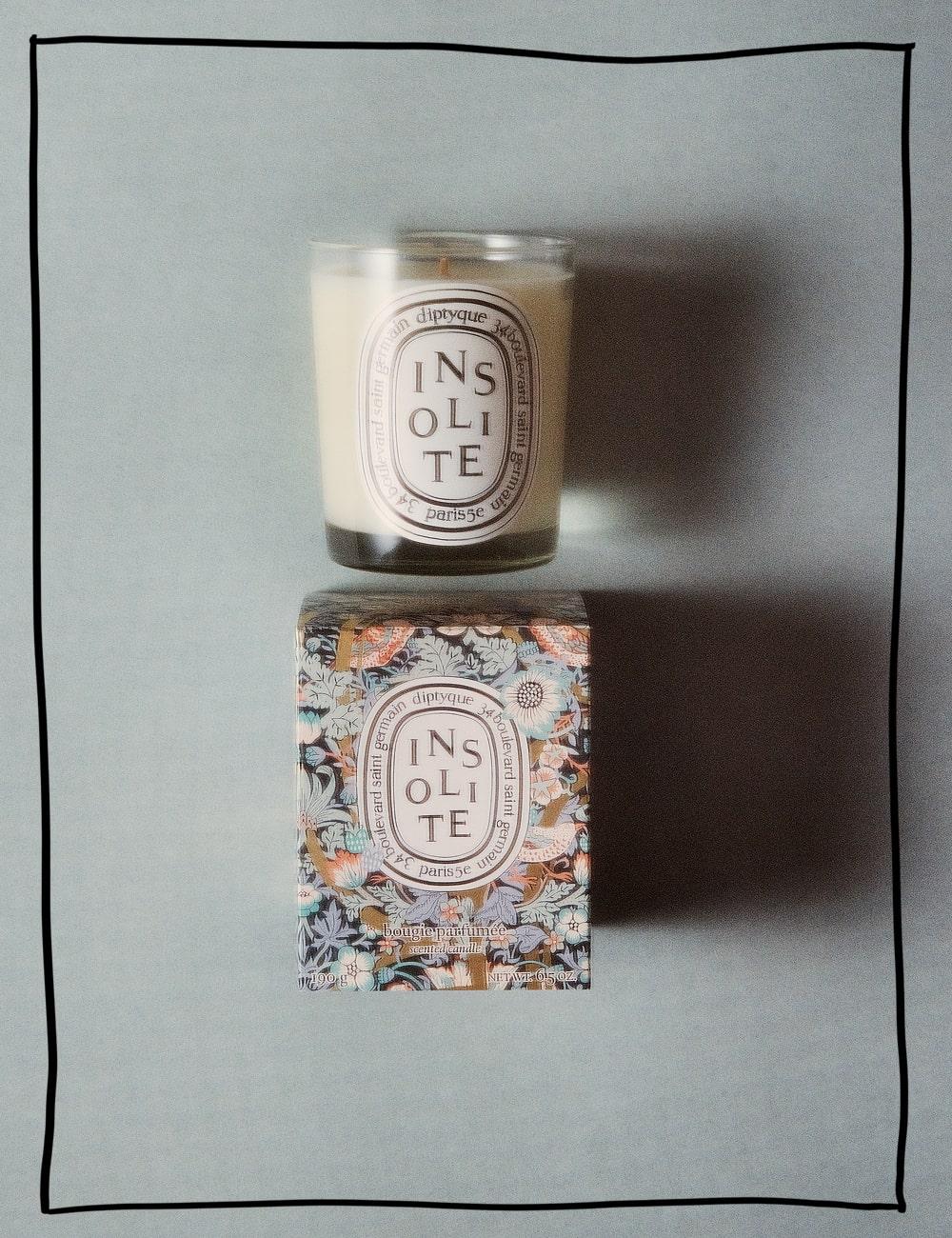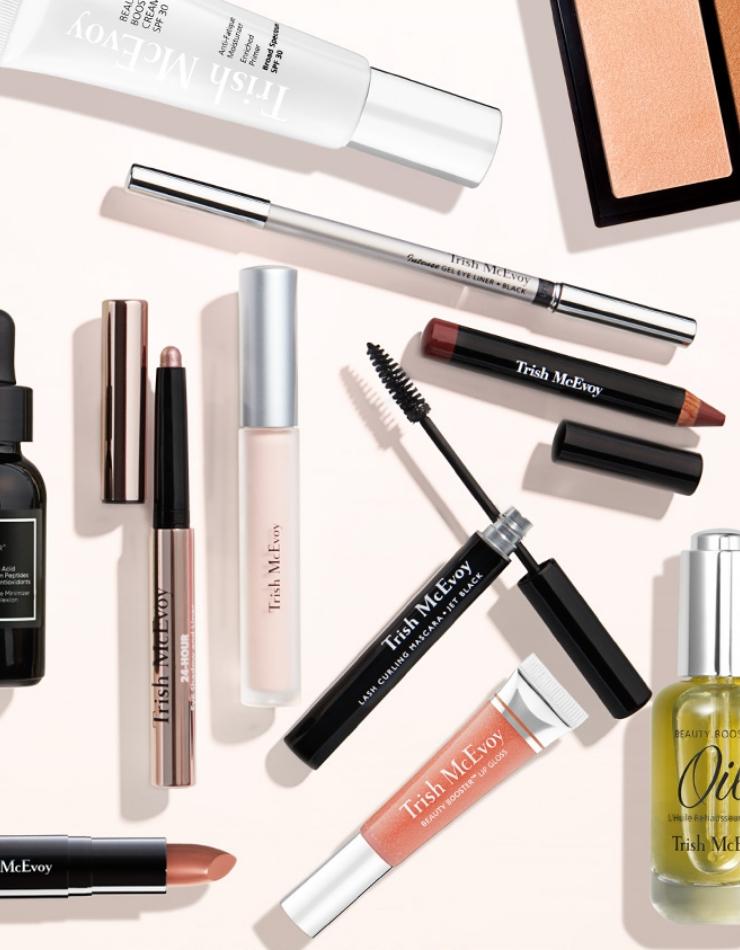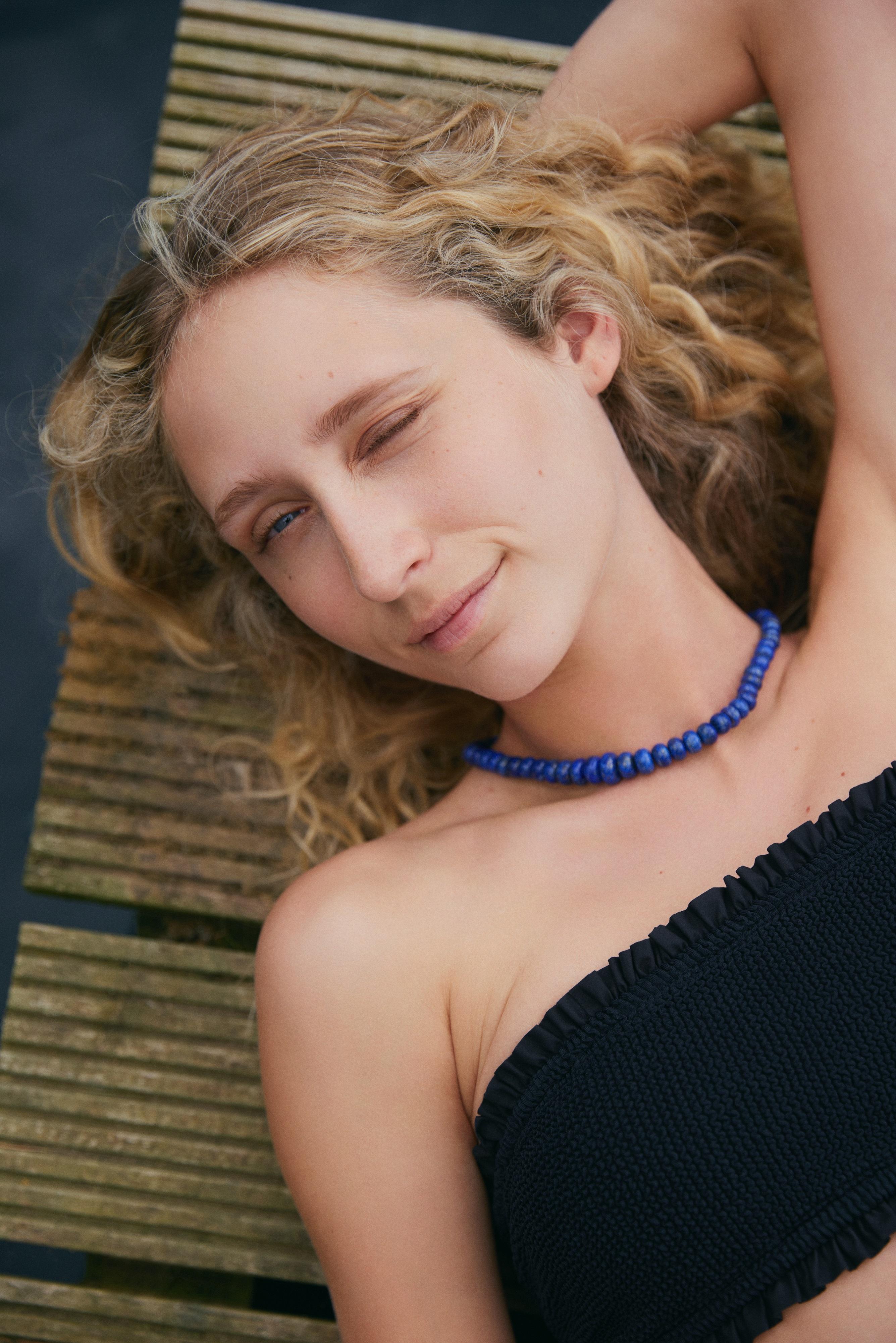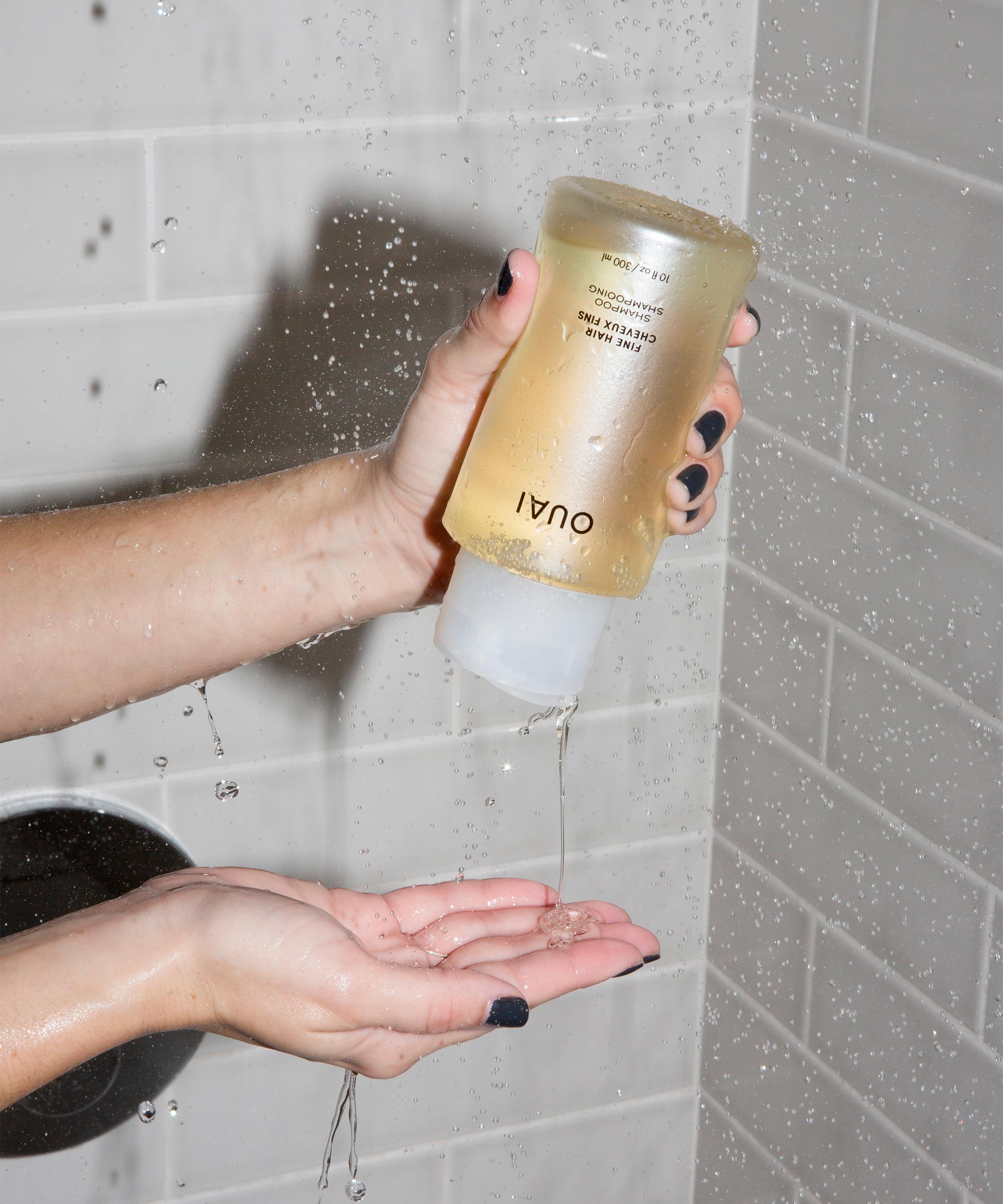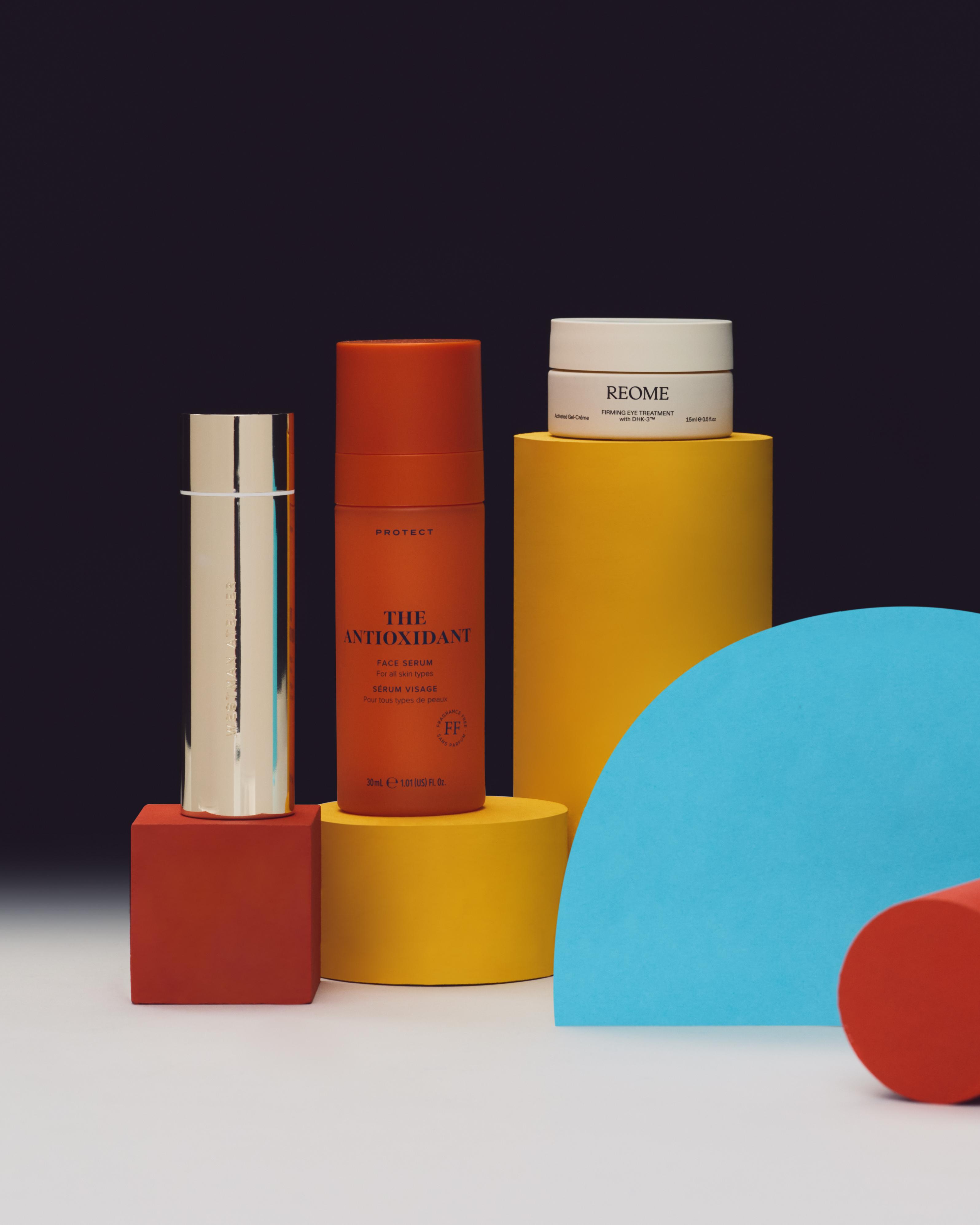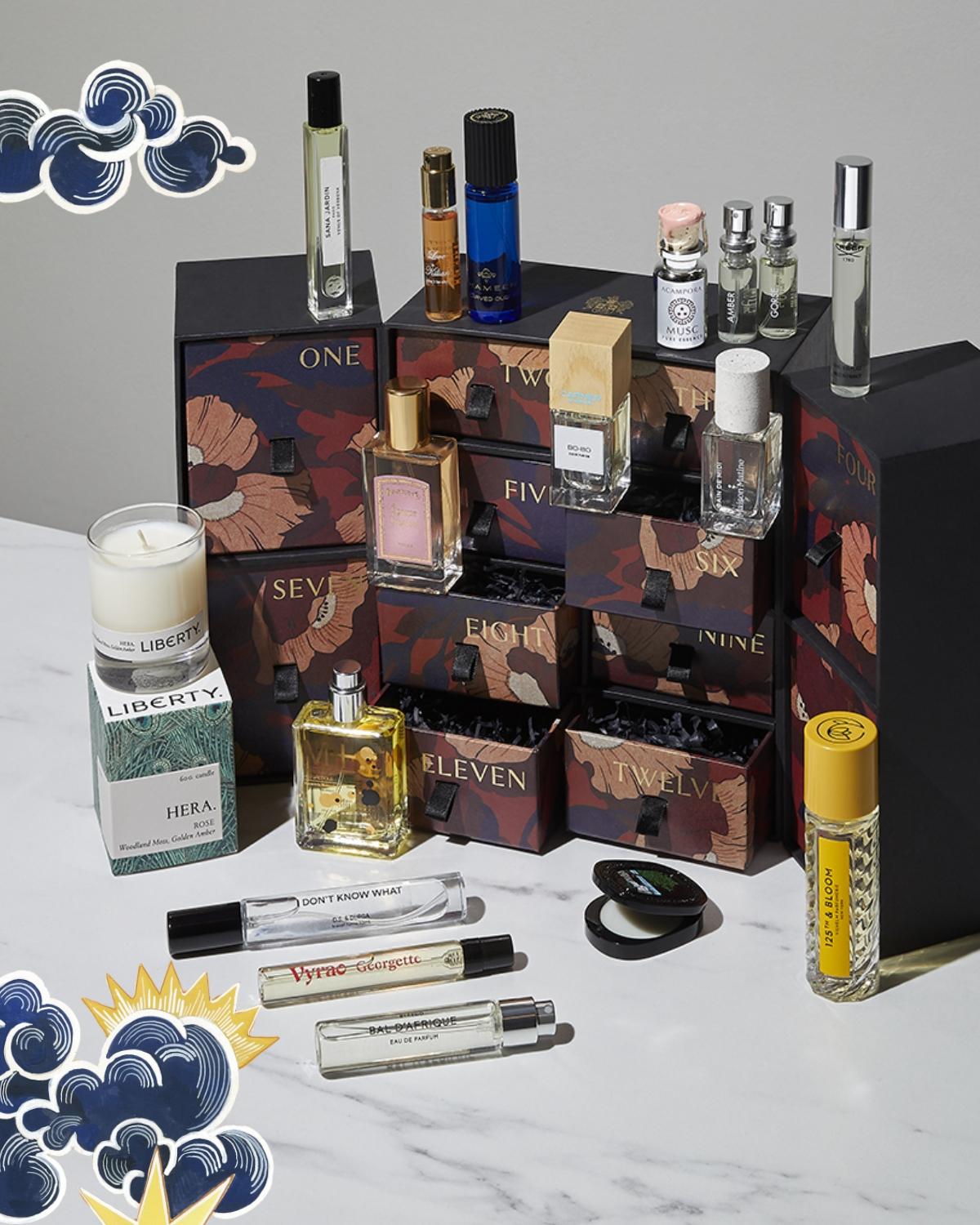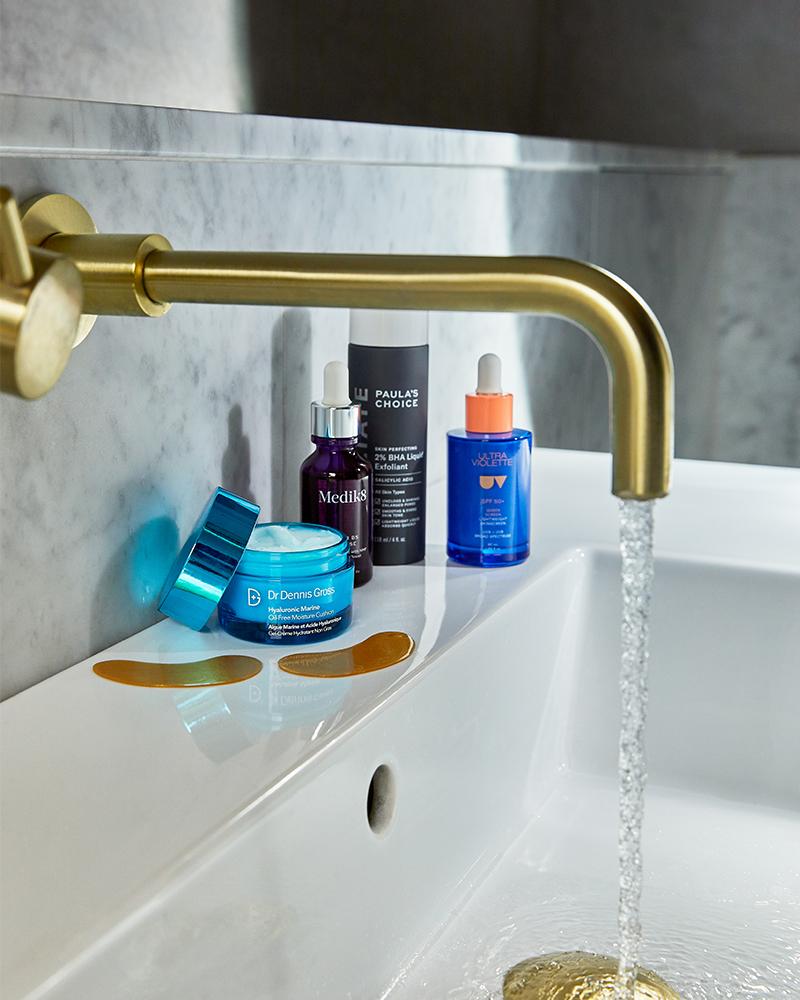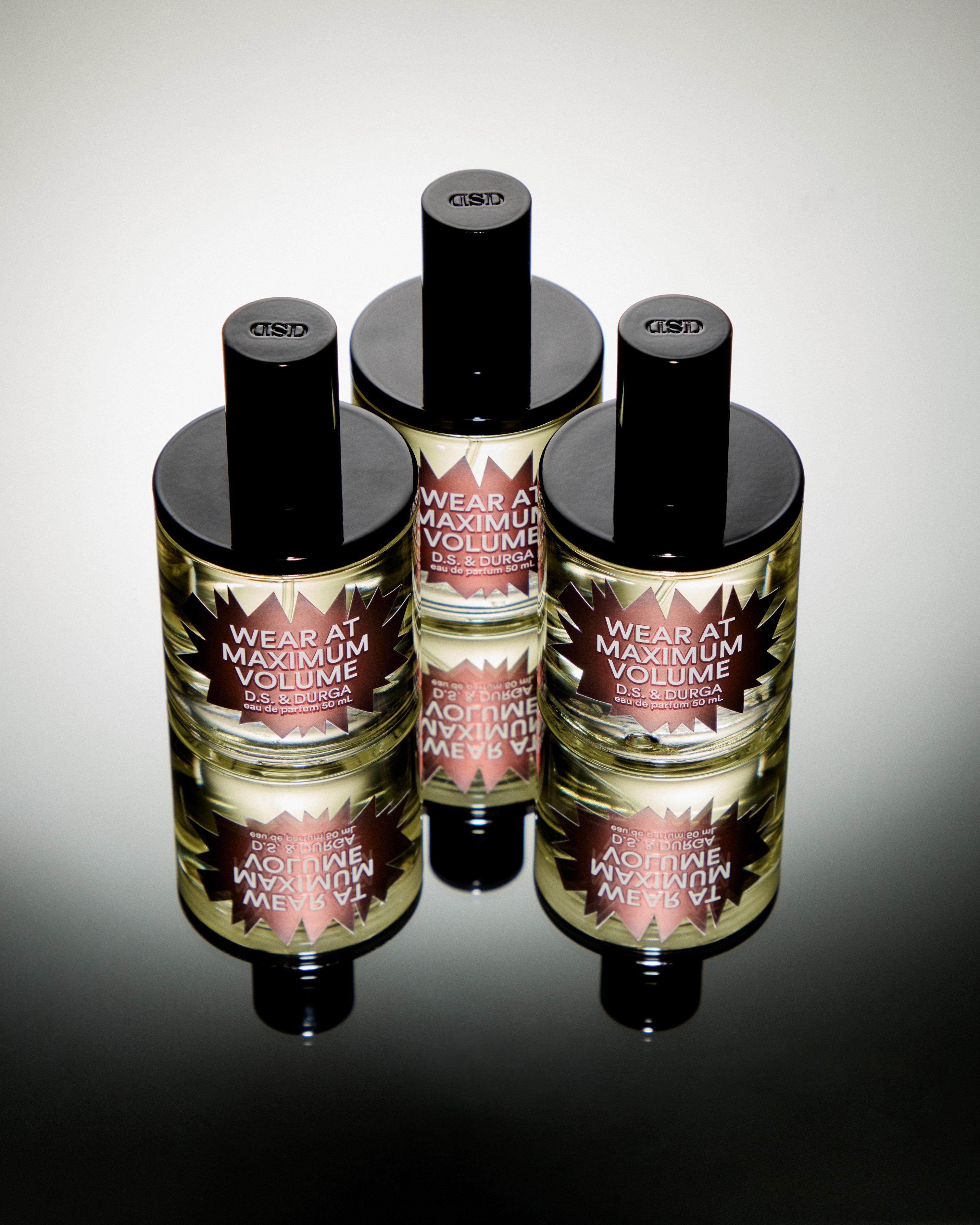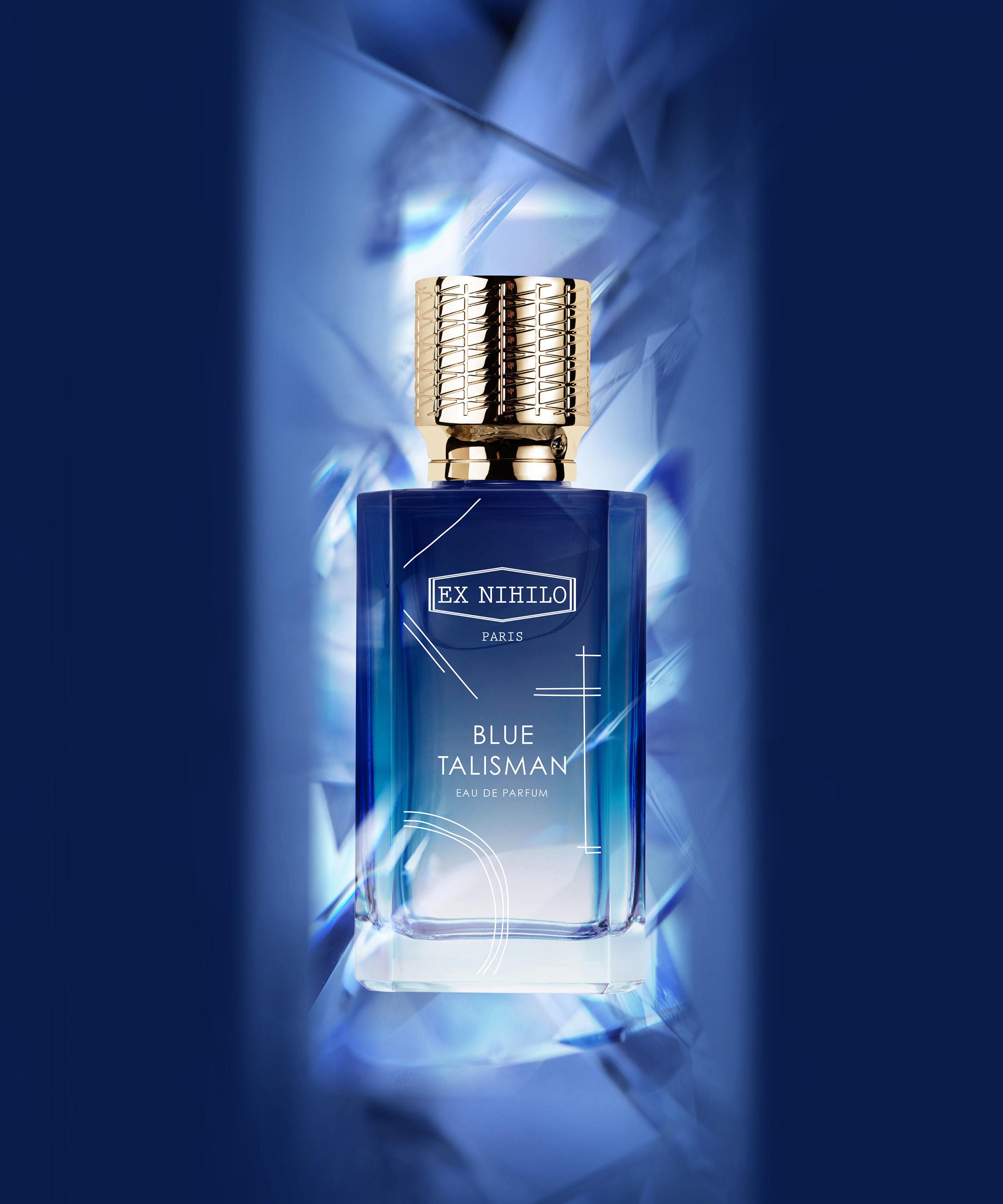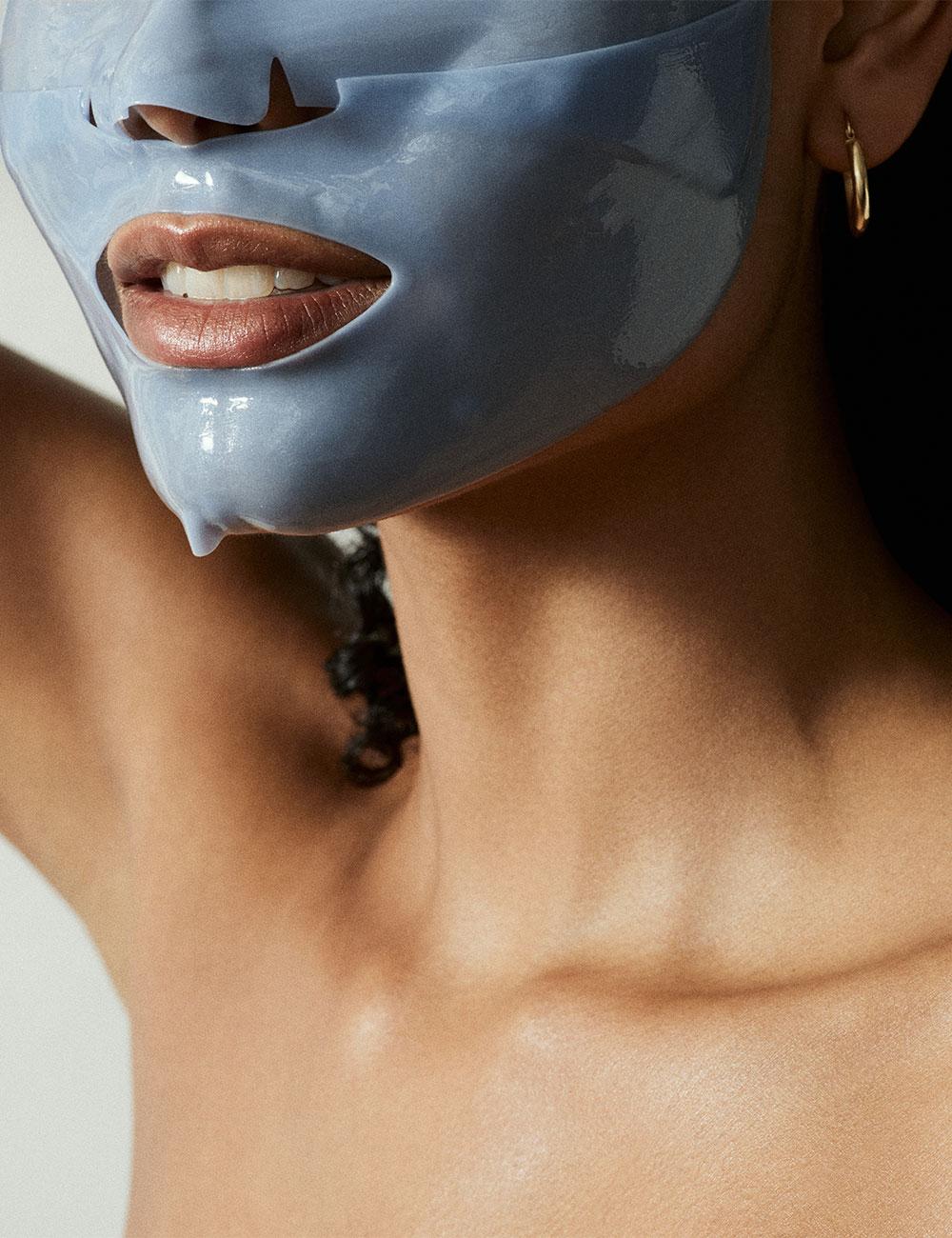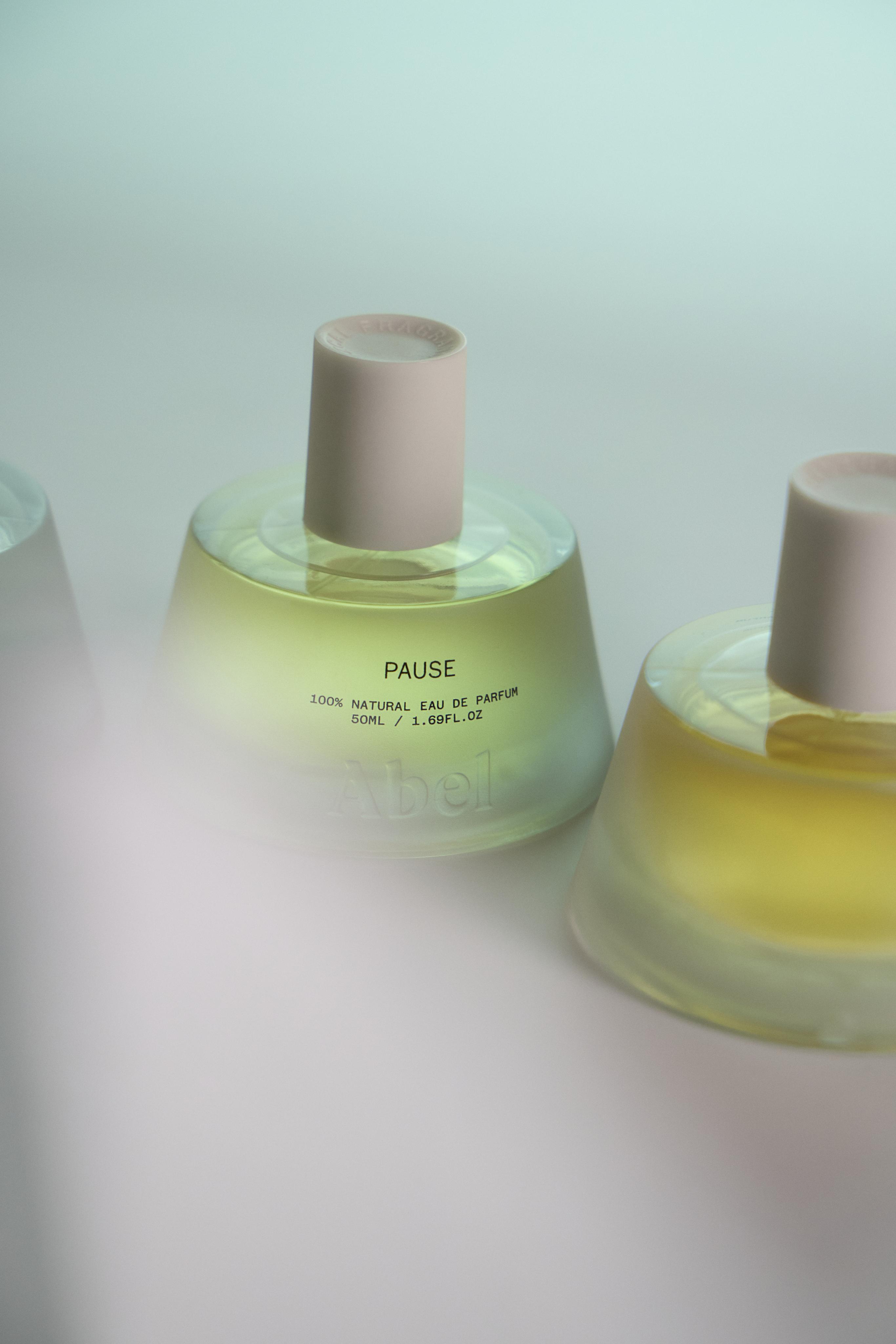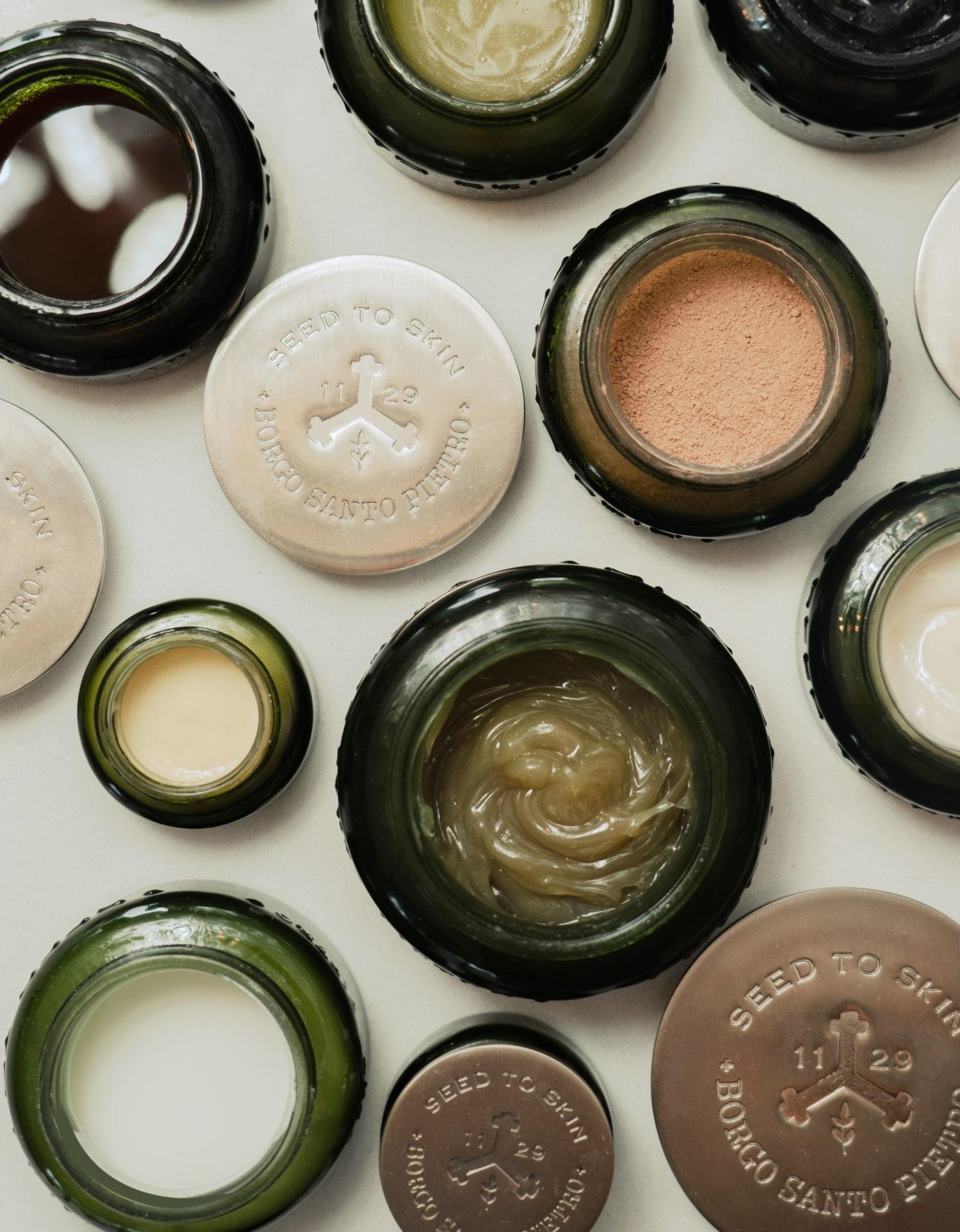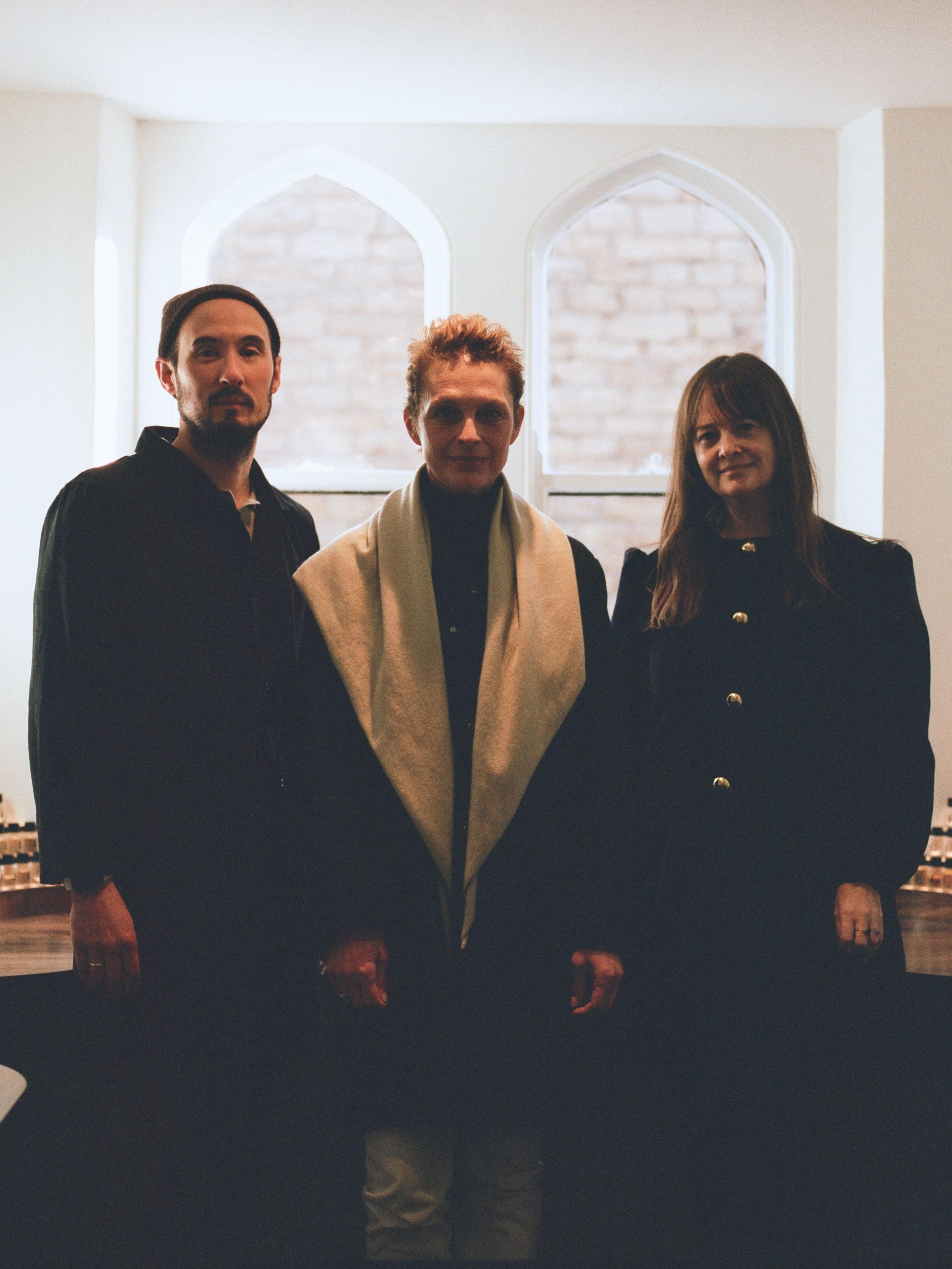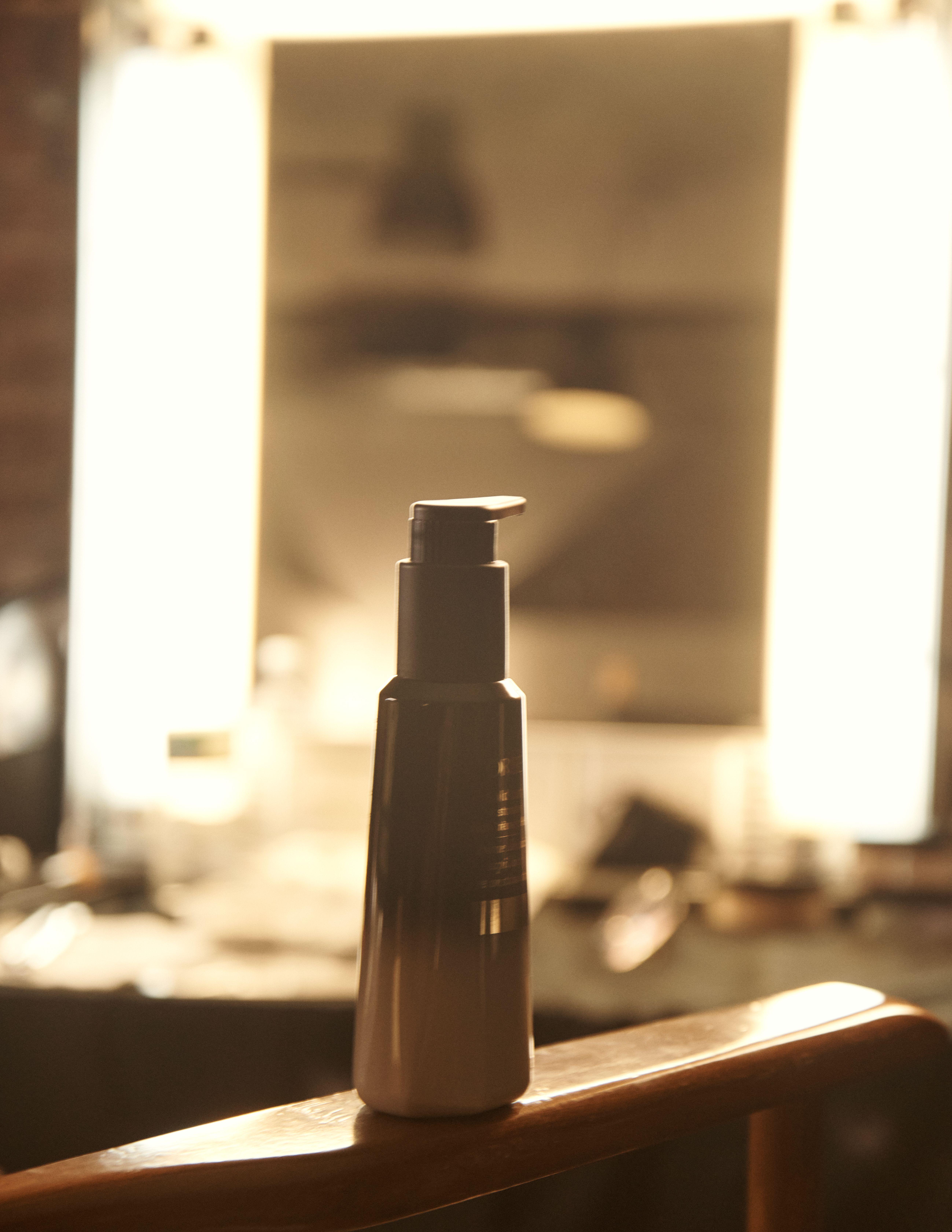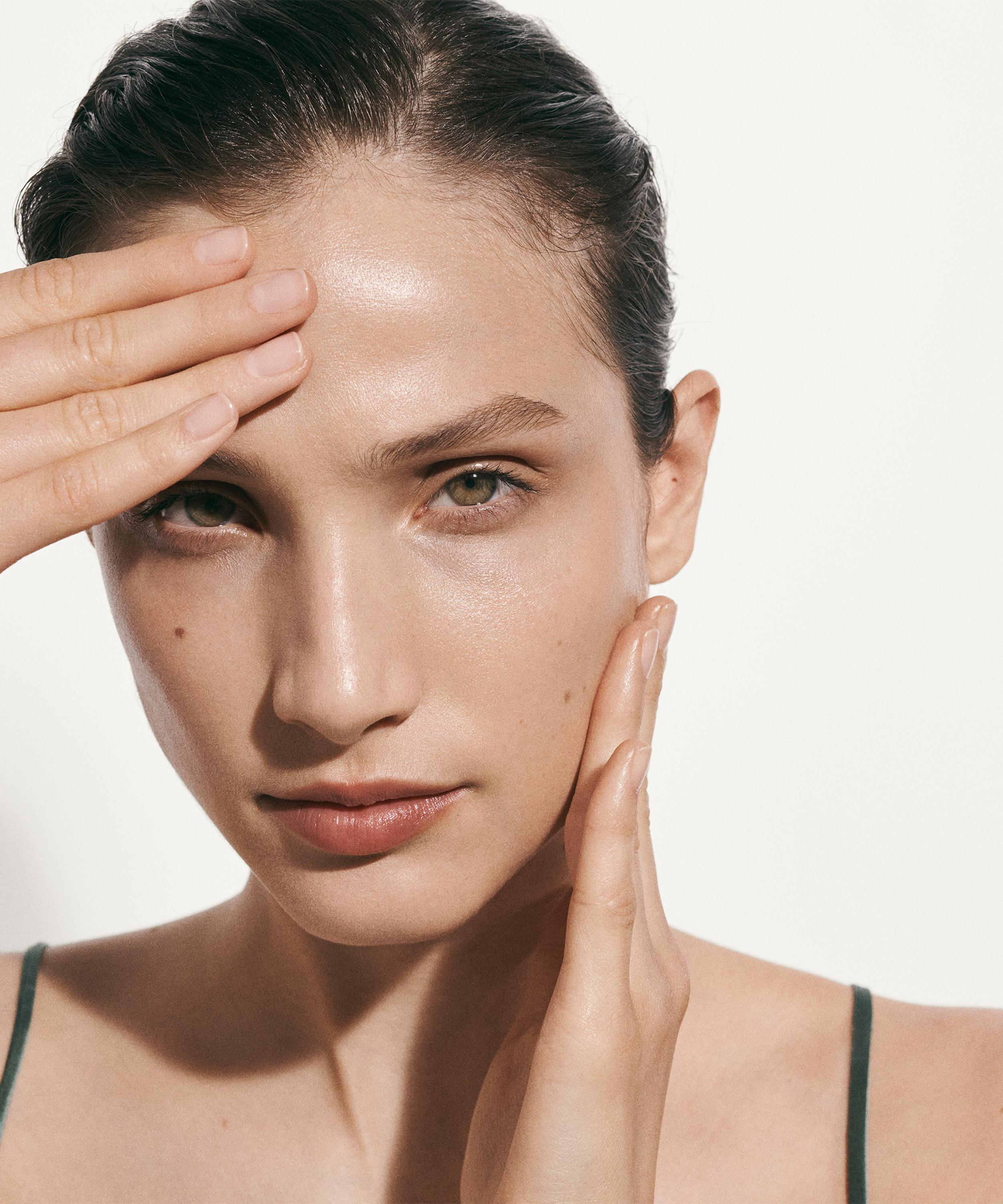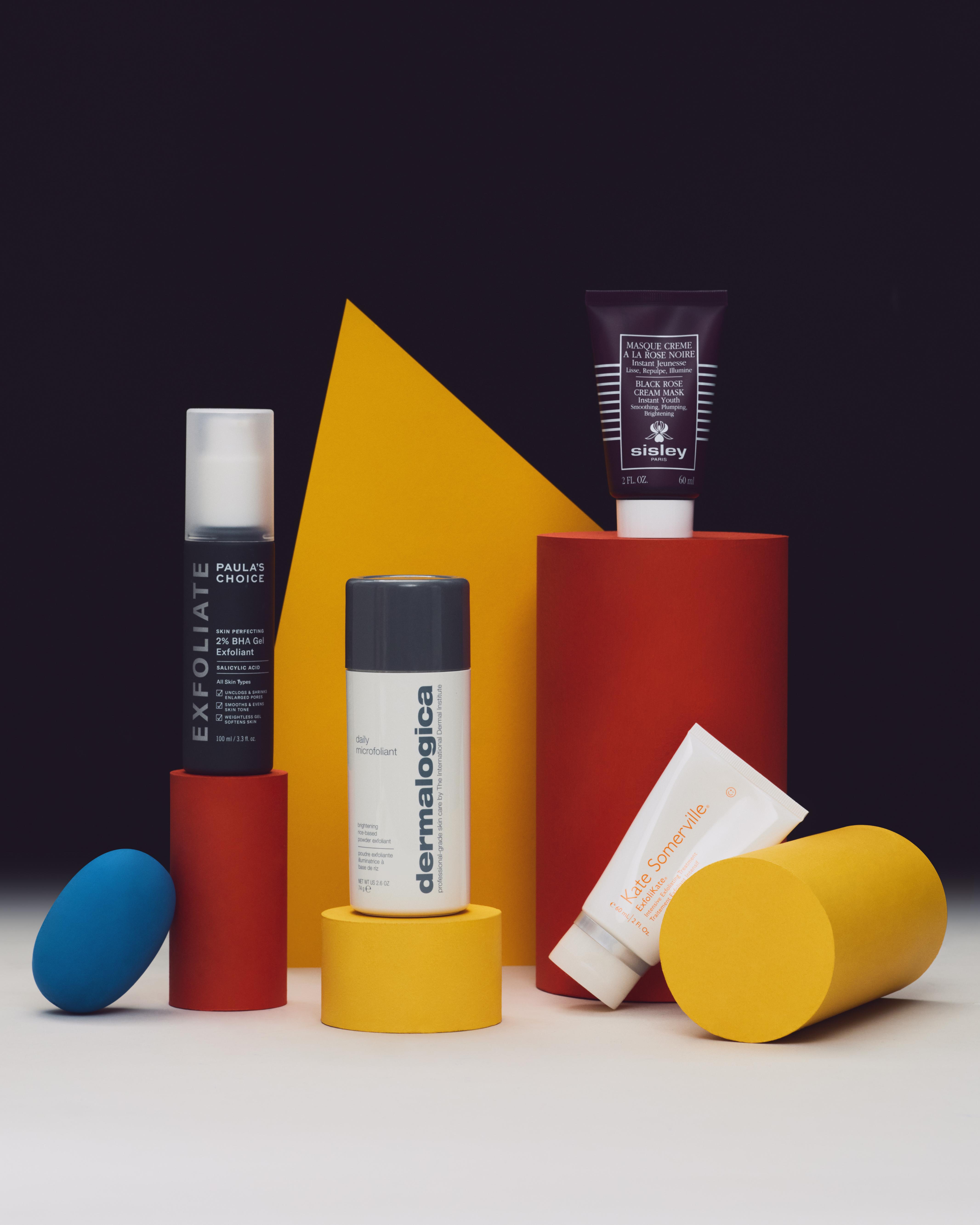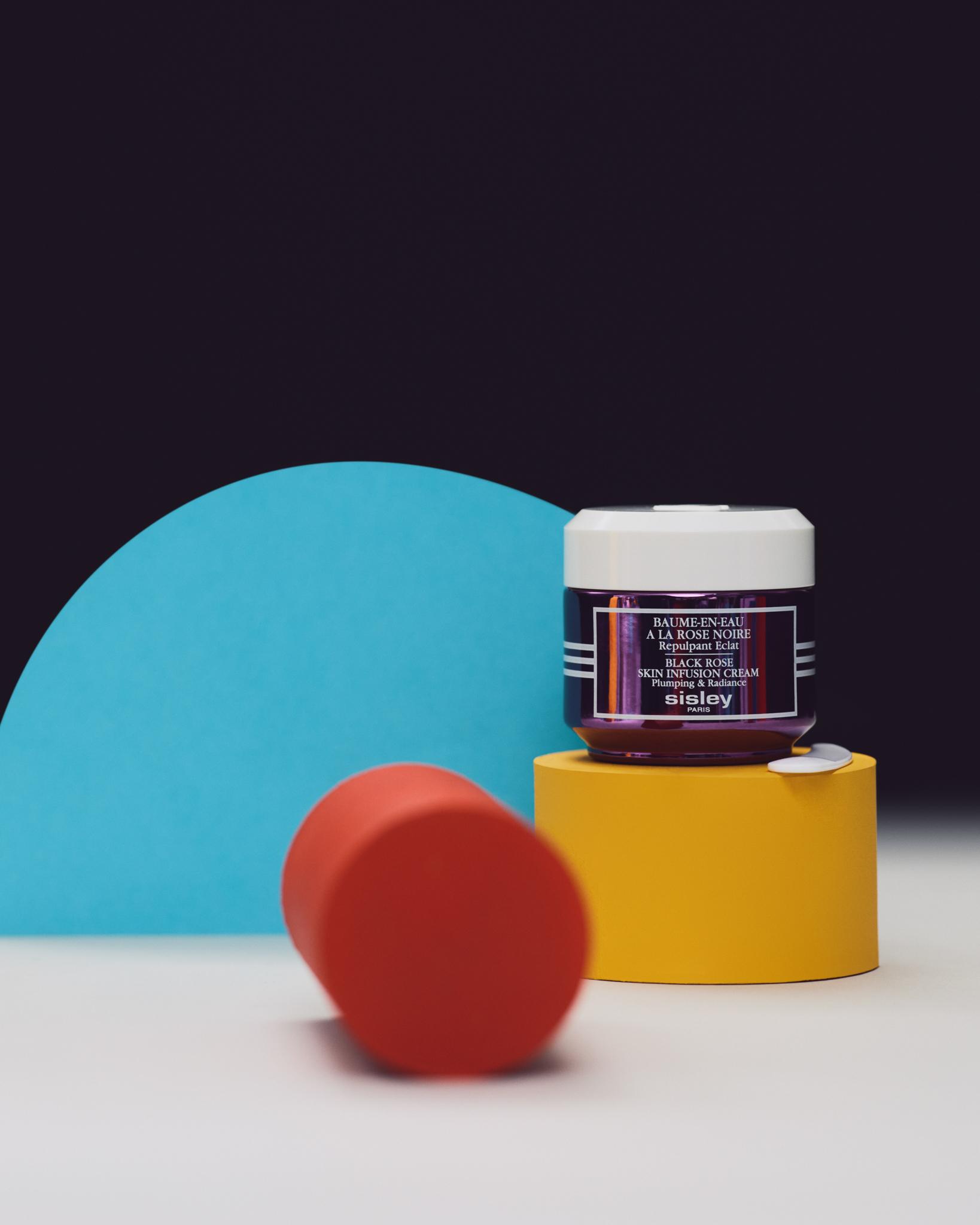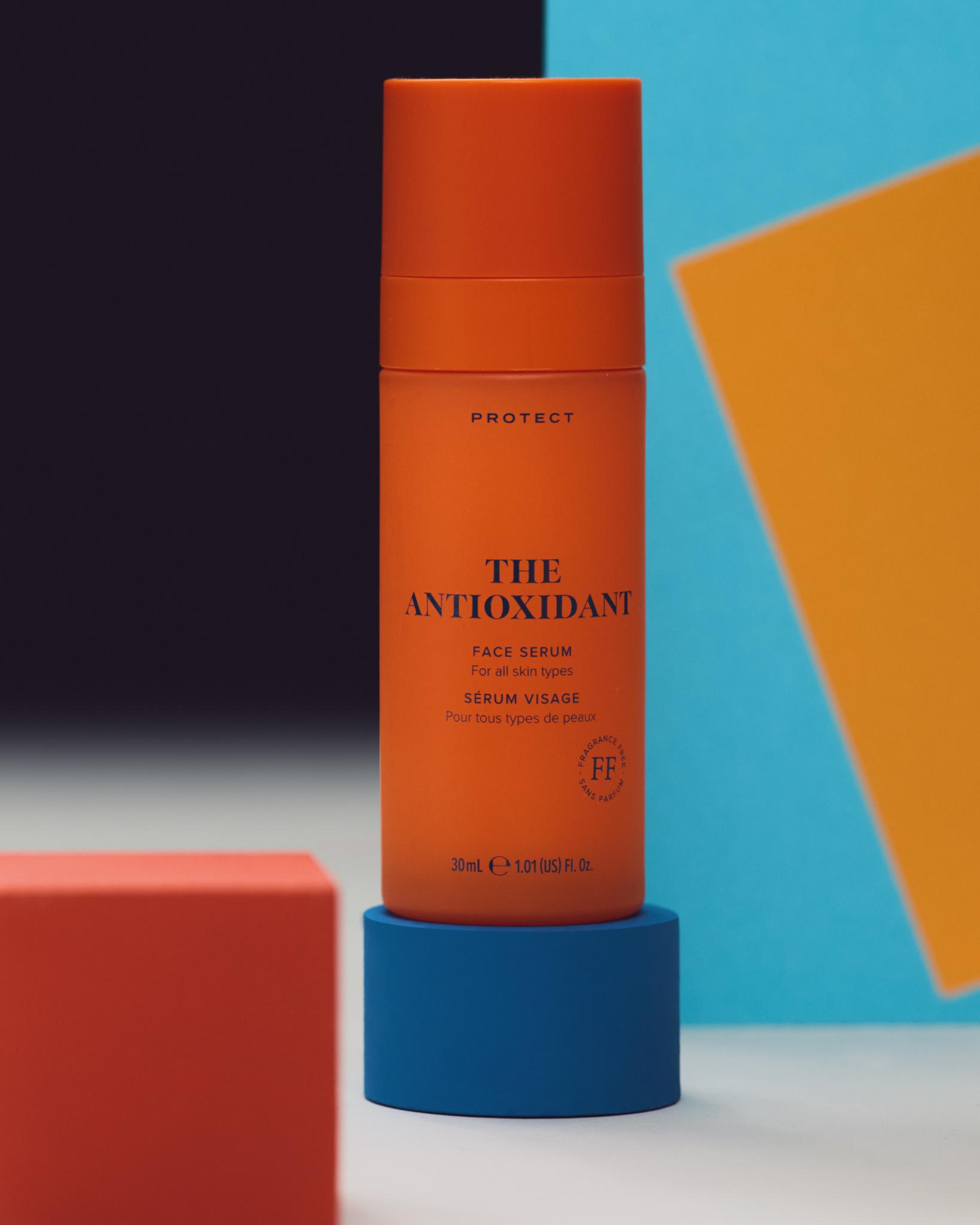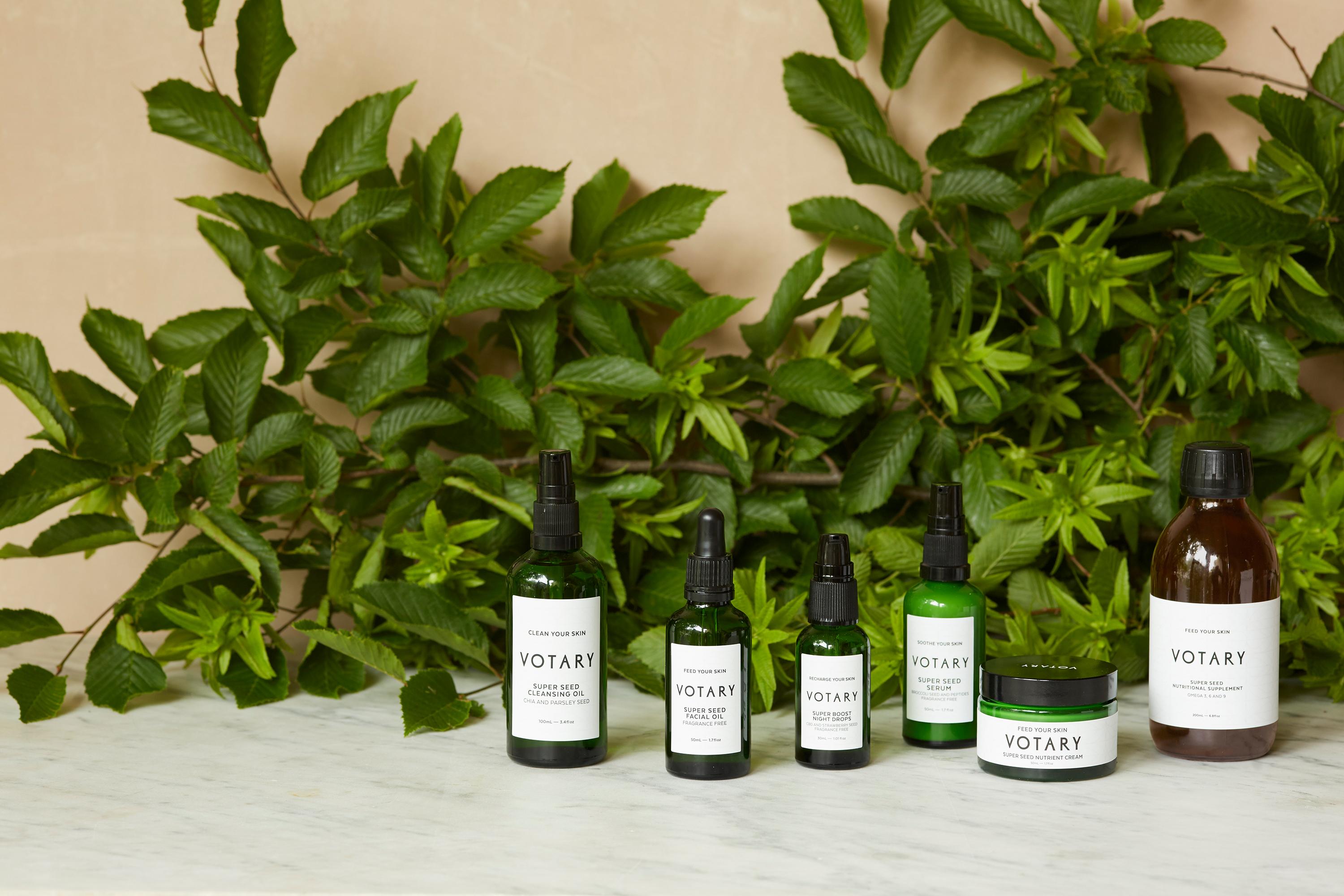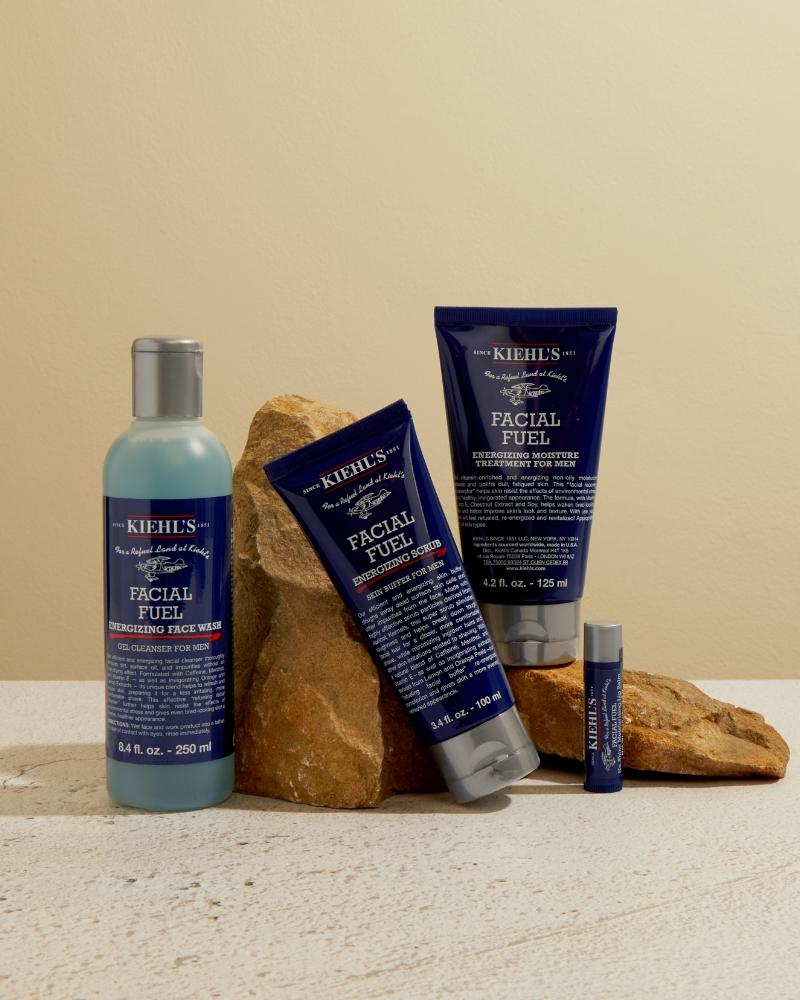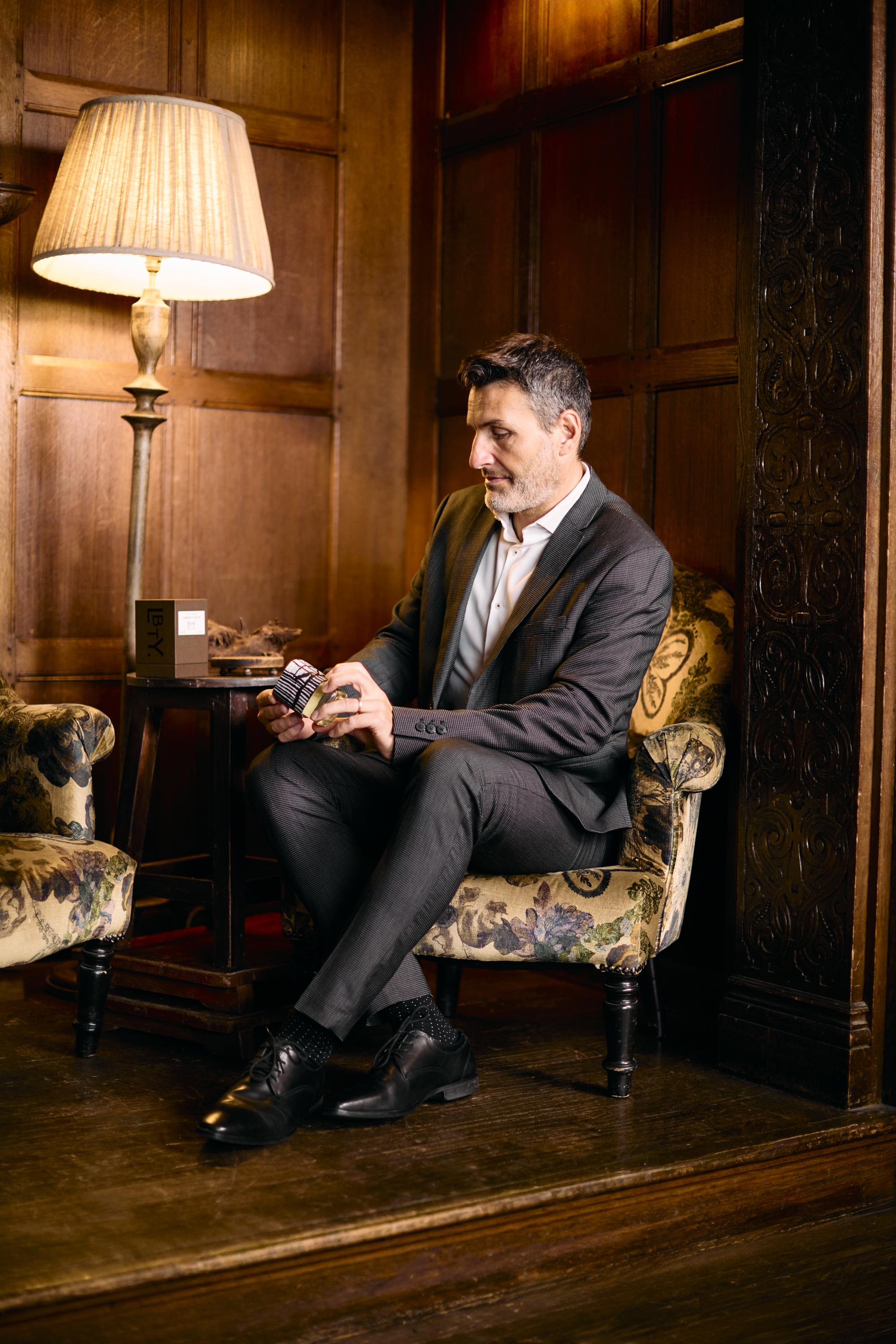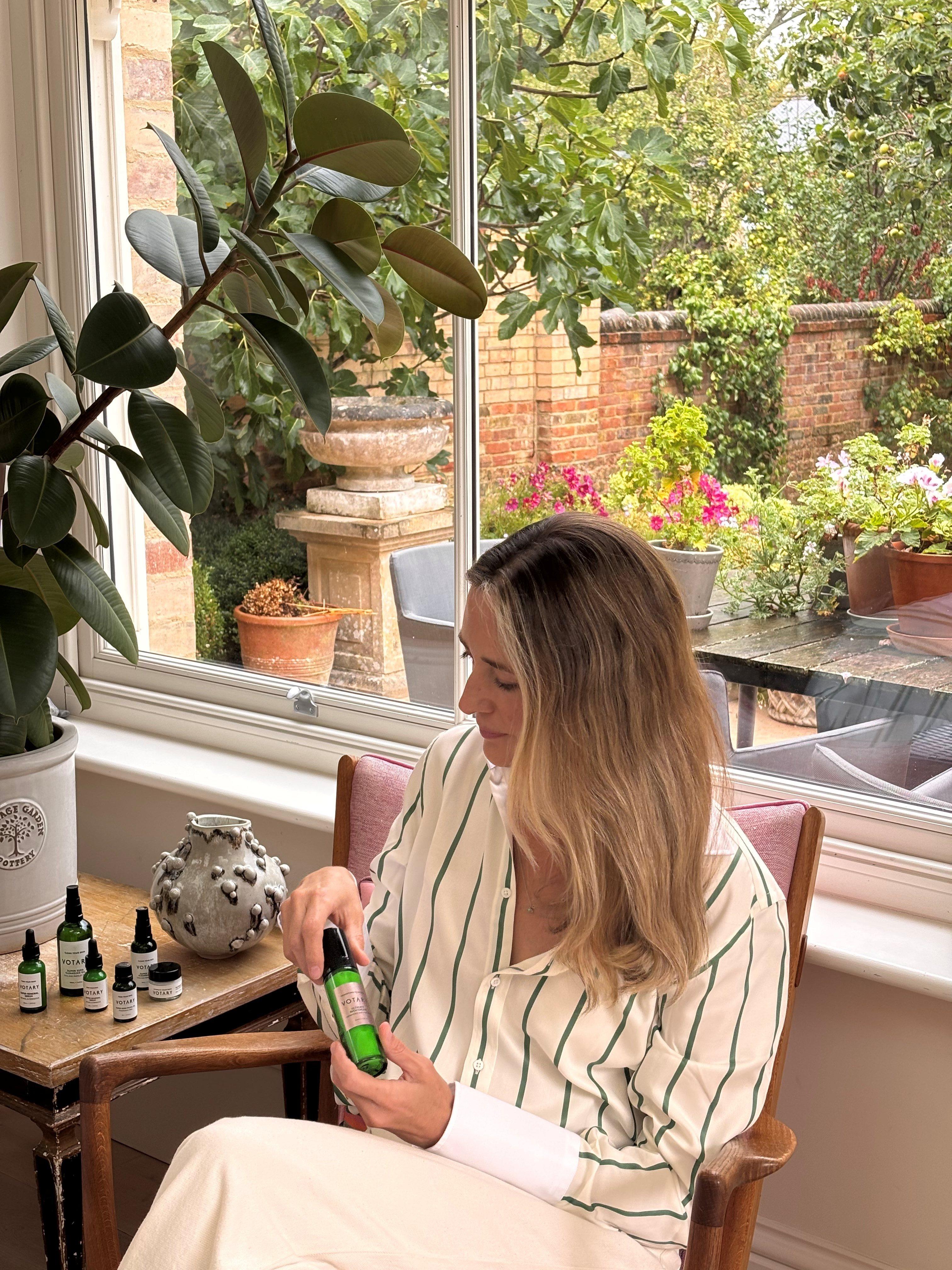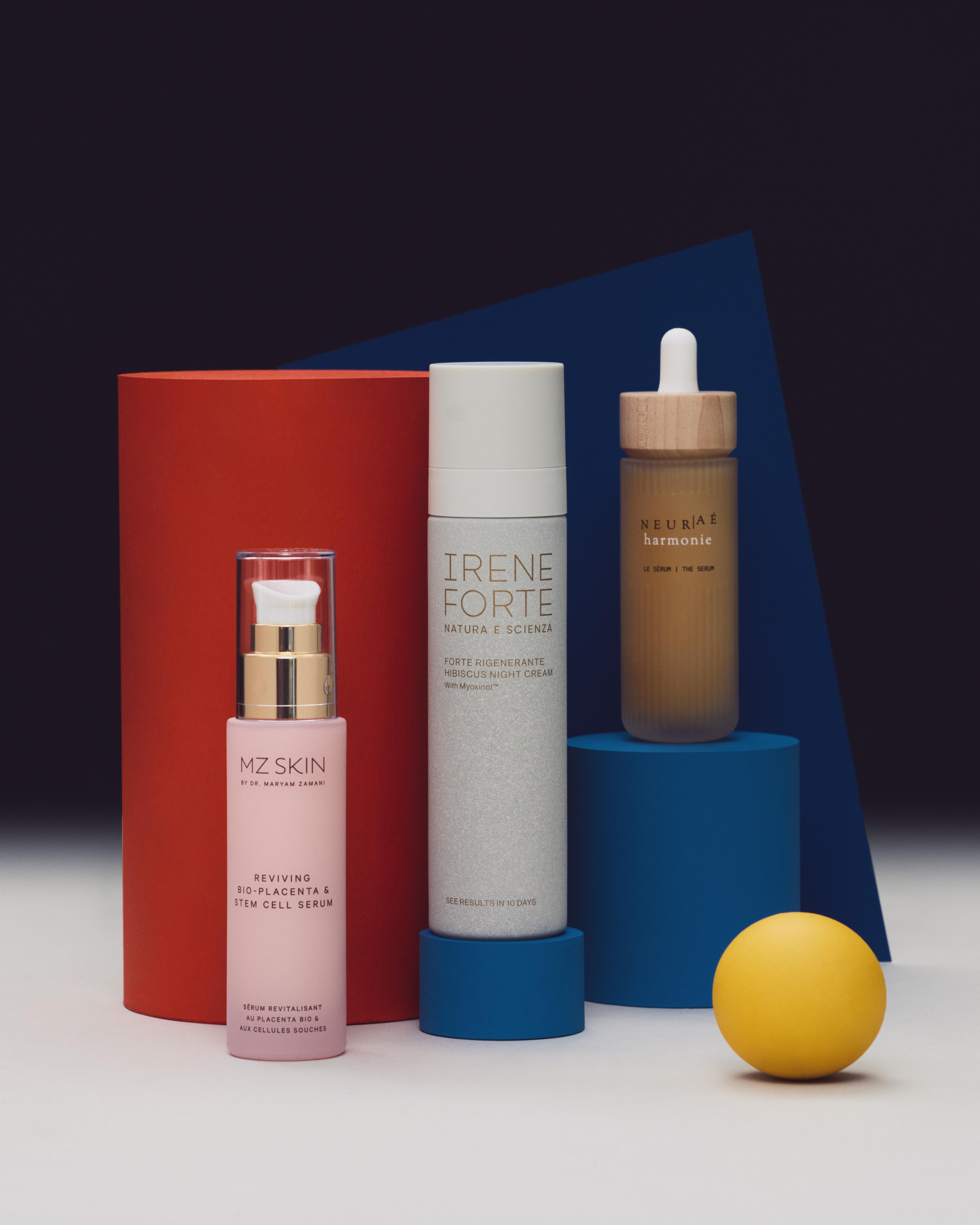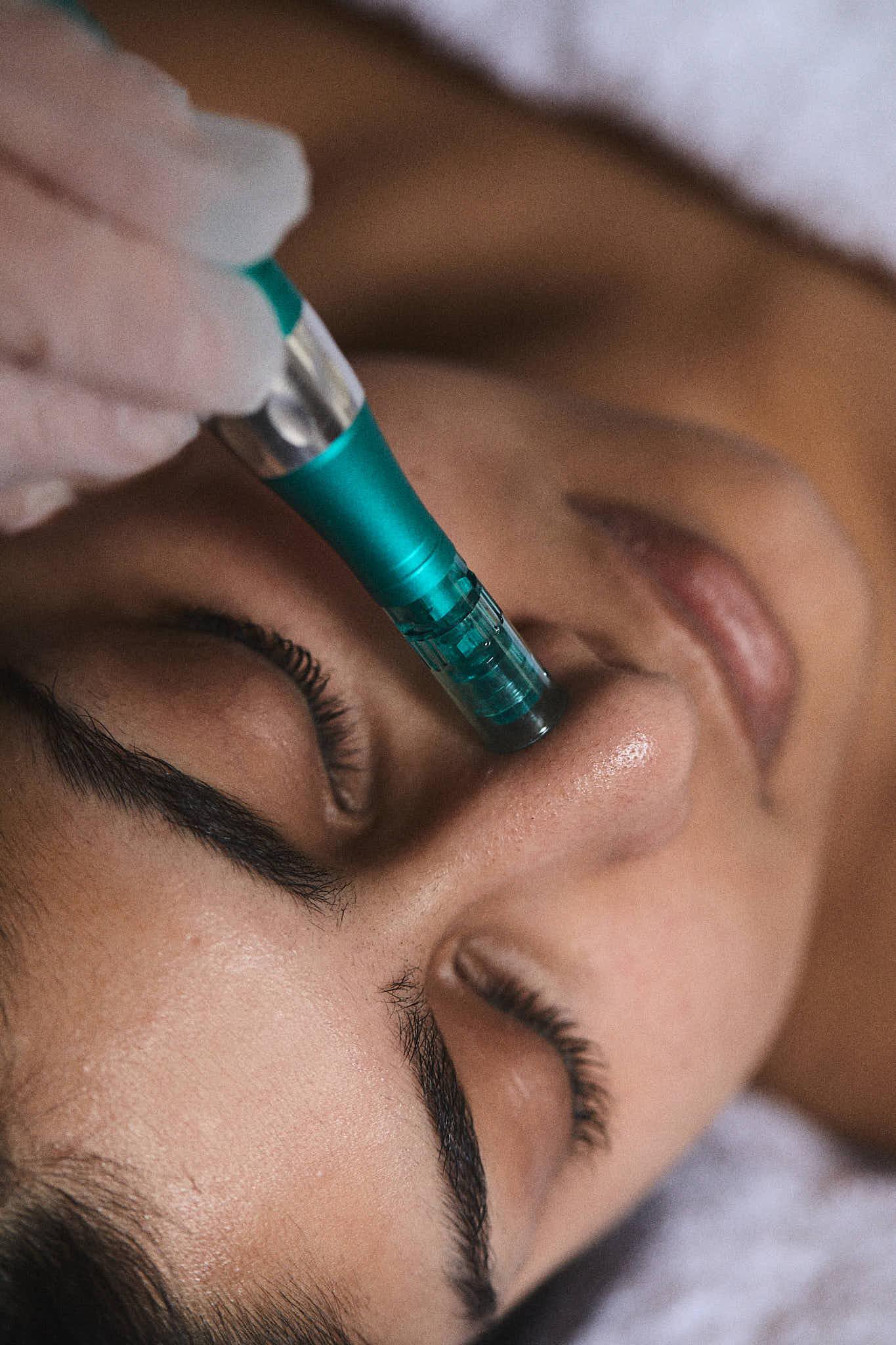
The New Skin Tech to Try with Dr. David Jack
As his new clinic opens in store, the renowned aesthetics doctor and brand founder talks Liberty through the latest innovations in skin health
Read more

The New Skin Tech to Try with Dr. David Jack
As his new clinic opens in store, the renowned aesthetics doctor and brand founder talks Liberty through the latest innovations in skin health
As one of London’s leading aesthetics doctors, with an acclaimed Harley Street Clinic, extensive clinical experience and a science-informed skincare brand under his belt: Dr. David Jack has an impressive reputation.
Having trained as a medical doctor in his native Scotland, his clinical career has seen him garner expertise in aesthetics, plastic surgery and beyond while working for the NHS and later in his own clinic. In short, when it comes to the science of skin health, Dr. David Jack seriously knows his stuff.
And now, he is opening a clinic right in the heart of Liberty. With a focus on evidence-based treatments, ingredients and interventions grounded in the latest science – we spoke to Dr. David Jack for a deep dive into the ingredients, tech and treatments worth the buzz.
What are some of the emerging trends you’re excited about in the world of skin tech and skin care?
One of the most exciting trends I’m seeing is the move towards regenerative and epigenetic treatments. For years, skin care and aesthetics has largely been about managing purely aesthetic and skin surface concerns - hydration, exfoliation, pigmentation. What’s happening now is a much deeper approach applying the concepts of regenerative medicine and wound healing to help the skin repair and renew itself from within. This aligns closely with the ‘biohacking’ boom that we are also seeing a lot of in the media.
Polynucleotides (PDRNs) and exosomes are an example of this new approach: these are biologically active molecules that support tissue repair, improve cellular function and repair and stimulate your skin’s own healing pathways. In this way they encourage long-term resilience and genuine regeneration to actually reverse ageing changes rather than just masking them with aesthetic treatments.
Can you talk us through some of the innovations and science behind the treatments and products that will be offered at Liberty?
We’re launching some of our most innovative treatments and products exclusively at Liberty. A key one is our new Stellar Eye Cream, which is formulated specifically for the delicate periocular skin that is often quite difficult to treat.
We’ve taken around three years to perfect the formulation as I wanted it to push the boundaries with ingredients. It is particularly unique as it contains both a new generation retinoid (Hydroxypinacolone Retinoate), that gives the benefits of retinaldehyde (just one step below the prescription strength) which helps to significantly reduce pigmentation and boost collagen without the irritation traditional retinoids can cause, in combination with tetrahexyldecyl ascorbate, a highly stable new fat and water soluble vitamin C derivative that penetrates much deeper into the skin.
We’ve taken around three years to perfect the formulation as I wanted it to push the boundaries with ingredients.
Retinoids and Vitamin C are extremely difficult to combine from a formulation point of view but are some of the best ingredients for eye creams - so what we’ve managed to do is quite groundbreaking. This form of Vitamin C works beautifully with vitamin E to protect against free radical damage and brighten pigmentation around the eyes. The formulation is also rounded off with peptides to improve firmness and reduce puffiness, as well as caffeine and escin to improve circulation and depuff - so there is a short and long term effect.
On the treatment side, we’ll be introducing a new Korean facial based around PDRNs (short strands of DNA fragments originally studied in wound healing) applied with a new microfractional laser. The facial can help to calm inflammation, hydrate deeply and reboot collagen and elastin production in the dermis. We will also be offering the very best advanced facials for all skin issues and doctor-led injectables.
How can topical products be combined with treatments - any tips or key ingredients to recommend?
The magic really happens when you combine the two. In-clinic treatments like lasers, microneedling or fractional radiofrequency create micro-injuries that stimulate the skin to repair and regenerate but also give access to ingredients in skincare to penetrate a lot better. Using the right topical products afterwards supports that process and helps consolidate results. For example, pairing microneedling with antioxidant-rich products such as vitamin C not only boosts collagen stimulation but also improves pigmentation. Similarly, retinoids used consistently between treatments keep skin turnover healthy and prolong the benefits.
My main advice is to think of your topical skincare as the daily maintenance programme and your treatments as the accelerators from time to time. When combined, the improvements are more profound and longer lasting.
What’s one thing that you wish more people knew about skin tech and aesthetic treatments?
Results take time. In an age where we’re all used to instant gratification, it can be tempting to expect dramatic change after a single session or one jar of cream (particularly when overly convincing marketing can make you believe this can happy - it simply can’t!). The reality is that the best results are cumulative and build gradually as your skin remodels and regenerates, which takes time.
A good treatment or product should make your skin look better at least a month (and even up to six months with some ingredients) from starting it, not just the morning after. Patience is very much part of the process. The same goes for aesthetic treatments - the best treatments work cumulatively over time.
Results take time. In an age where we’re all used to instant gratification, it can be tempting to expect dramatic change after a single session or one jar of cream.
The reality is that the best results are cumulative and build gradually.
Are there any “underrated” procedures or ingredients that you think more people should know about?
Microneedling is a perfect example. It’s been around for years but remains one of the most effective and versatile treatments we have for improving texture, fine lines and even forms of pigmentation like melasma. When combined with regenerative serums such as PDRNs, it becomes even more powerful. IPL (intense pulsed light - we use a device called Lumecca in my clinics) is another hero: it works beautifully for redness, pigmentation and general skin clarity, often with very little downtime.
If someone is thinking about trying a skin tech treatment for the first time, what should they consider?
The first thing is downtime. Most modern treatments are designed to be ‘socially acceptable’ within a day or so, but there’s still a healing process that needs to be respected. Second, understand that results aren’t immediate - collagen takes time to build, pigmentation takes time to fade. Finally, make sure you’re supporting your treatment with the right skincare at home. A simple routine with a gentle cleanser, SPF, antioxidants and (when appropriate) a retinoid will ensure you’re getting the most out of your treatments.
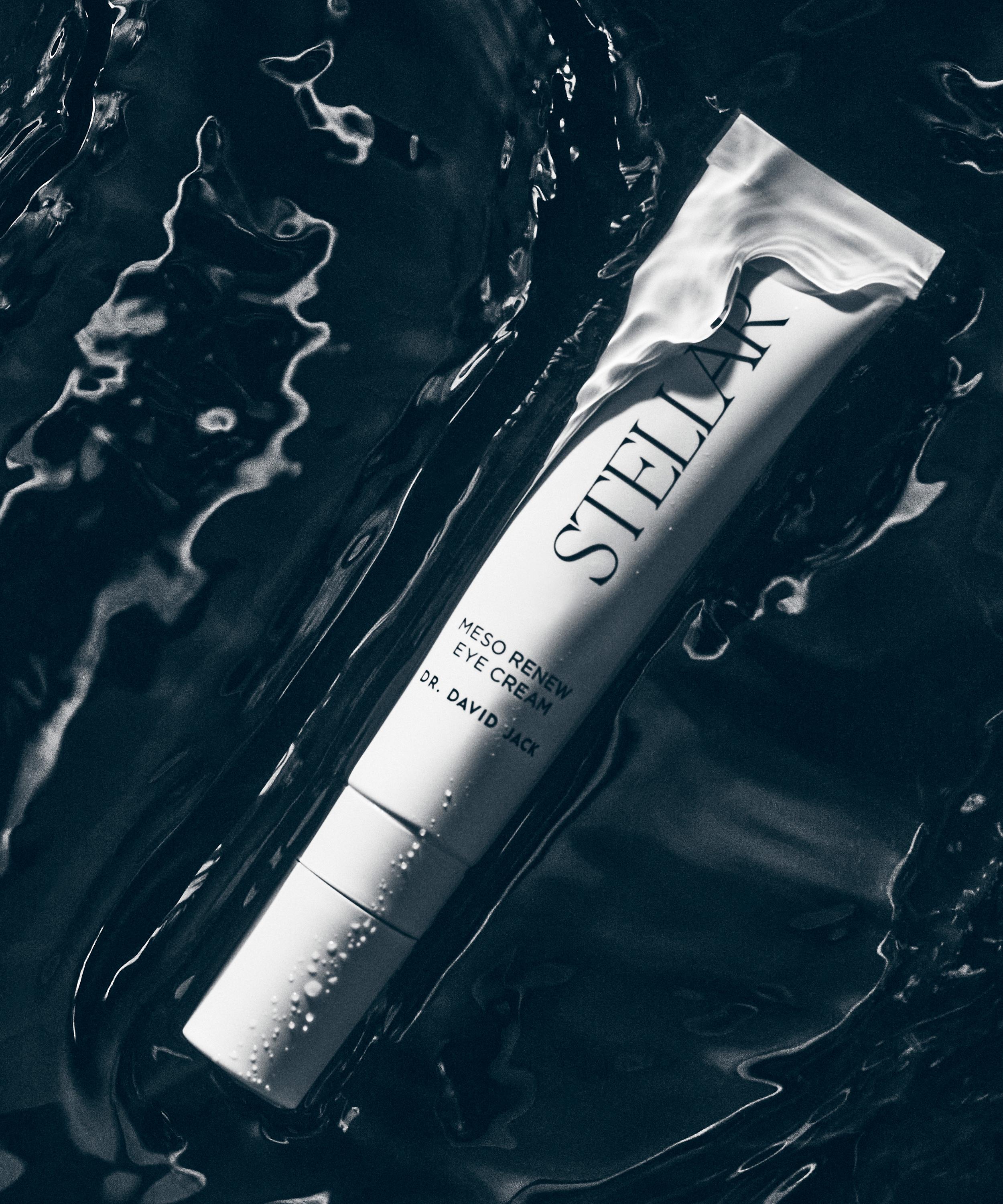
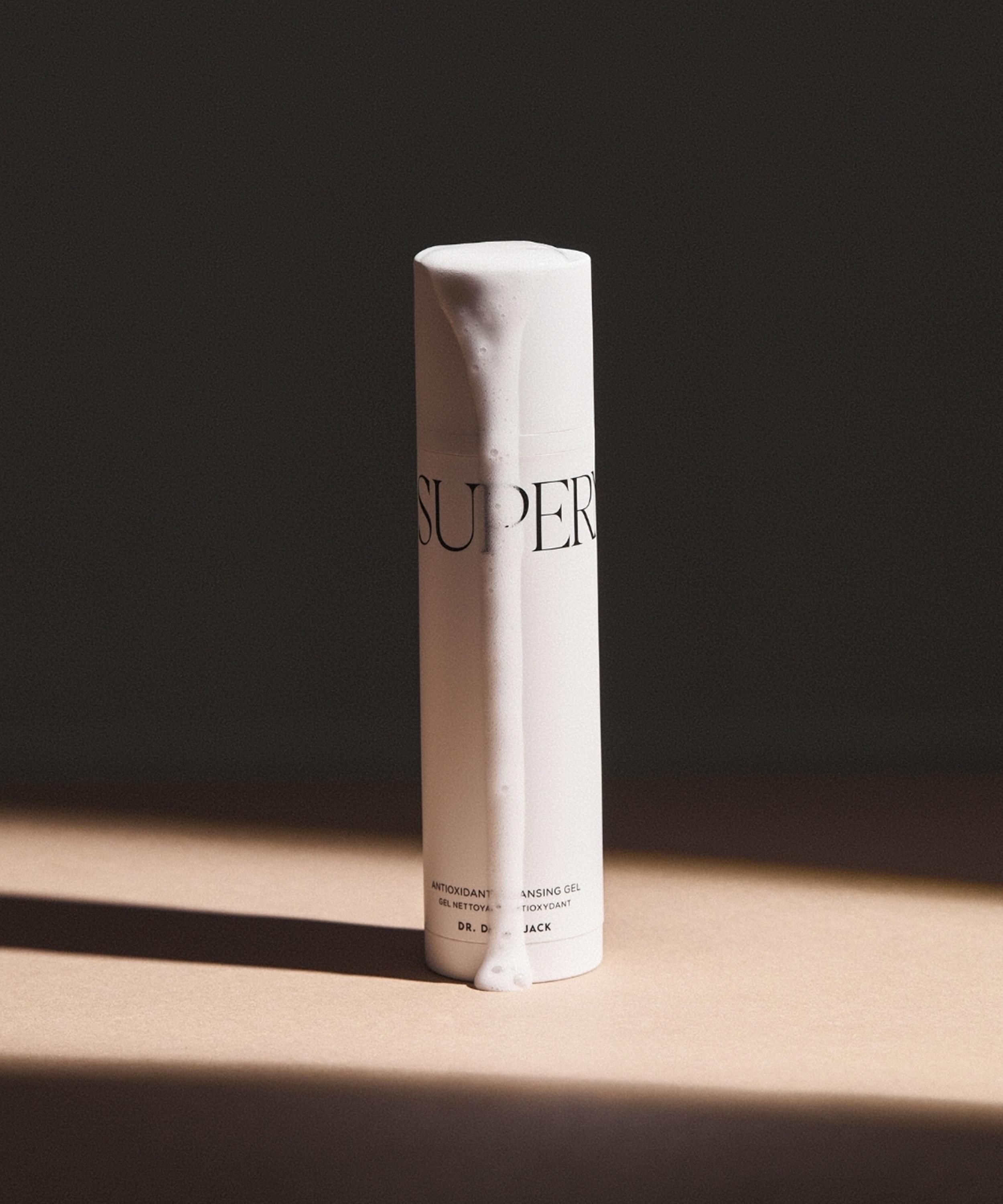
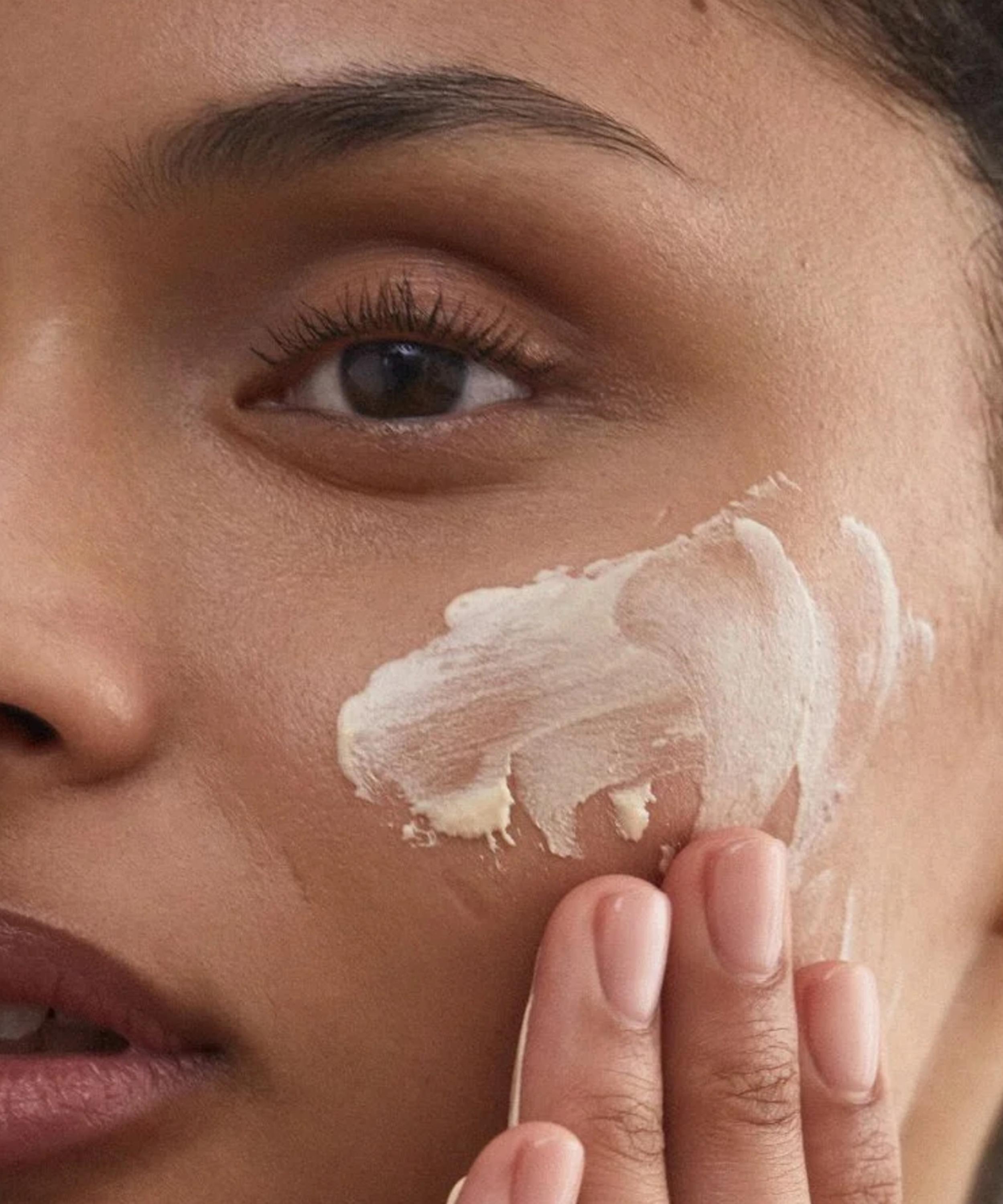
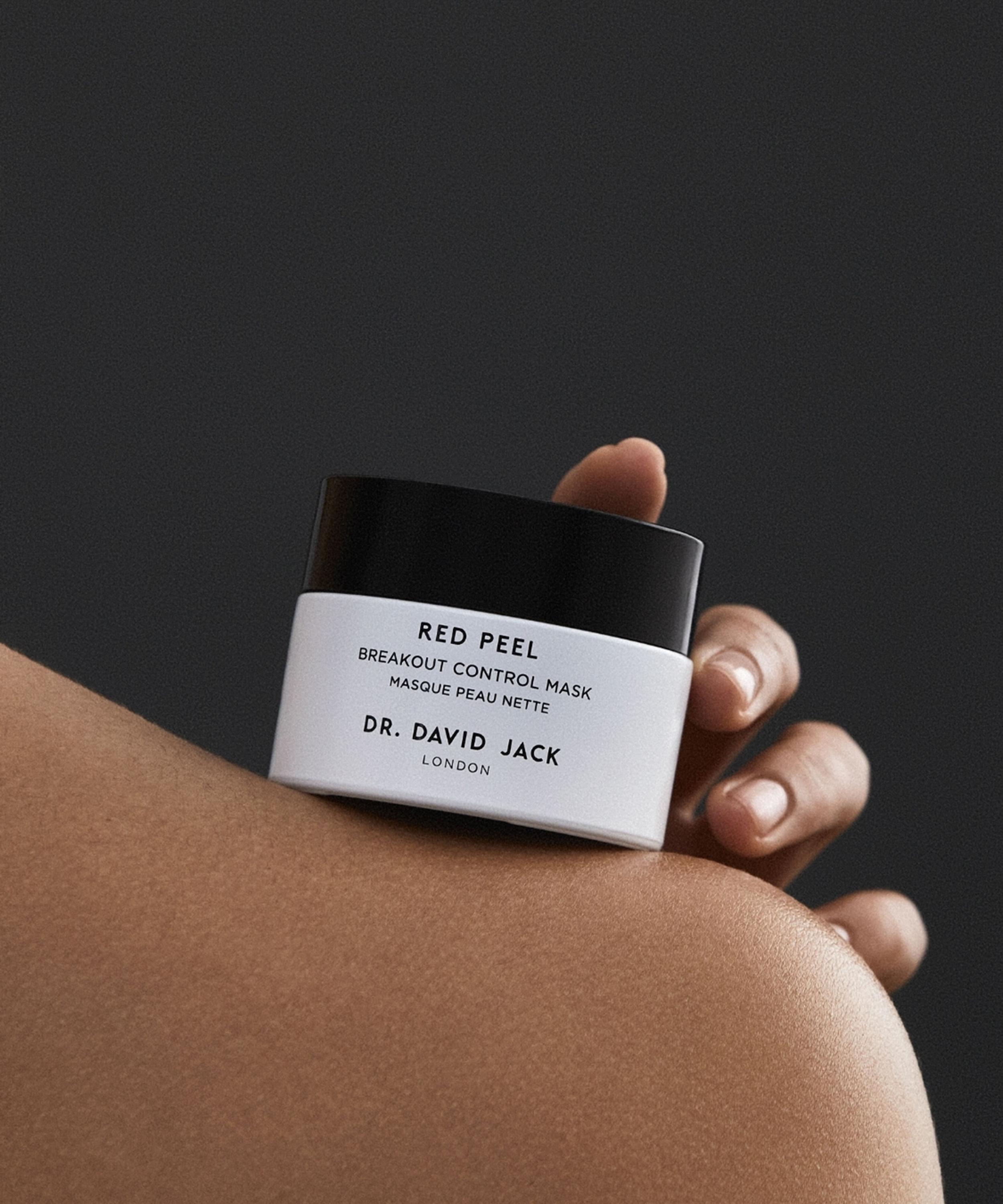
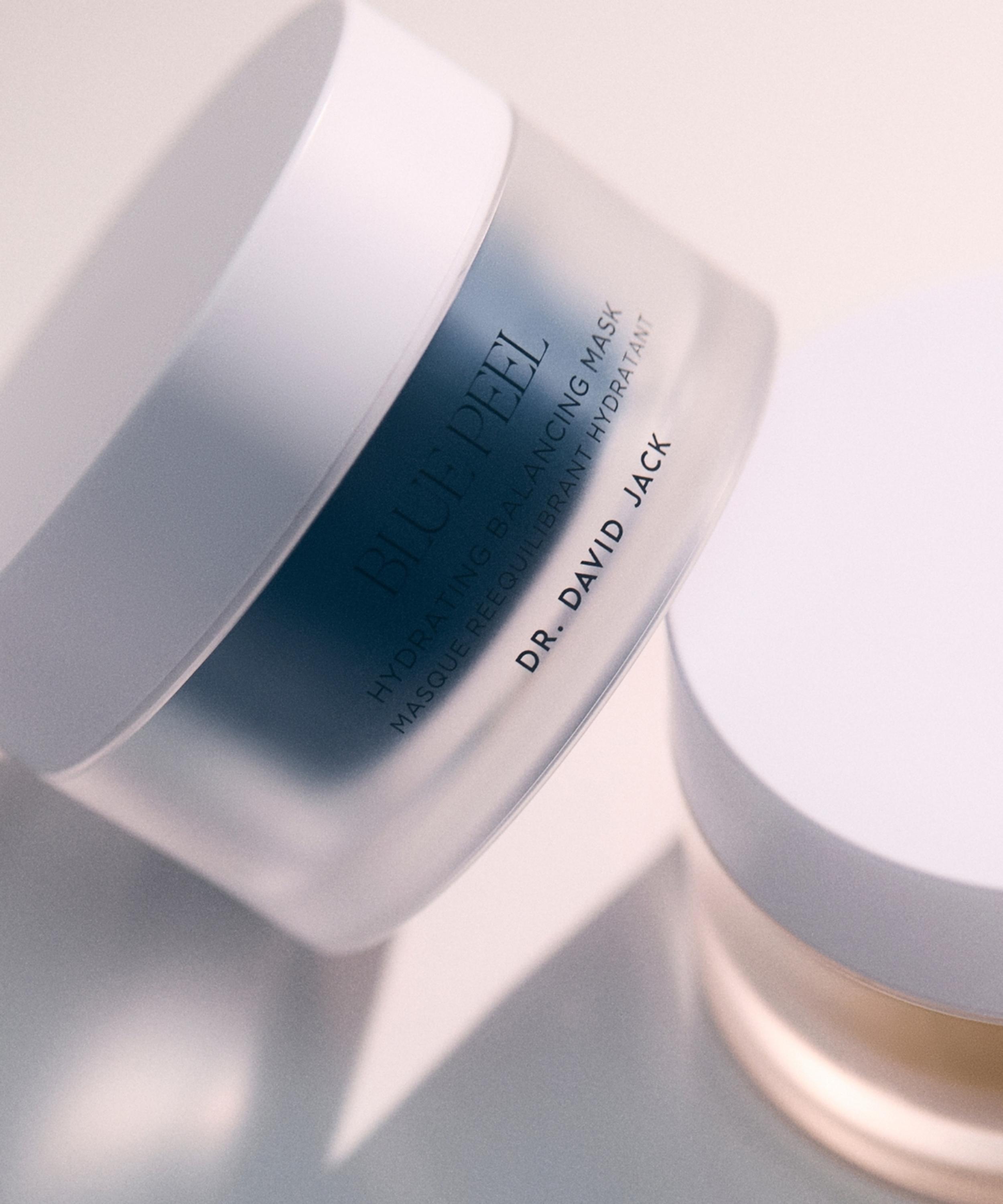
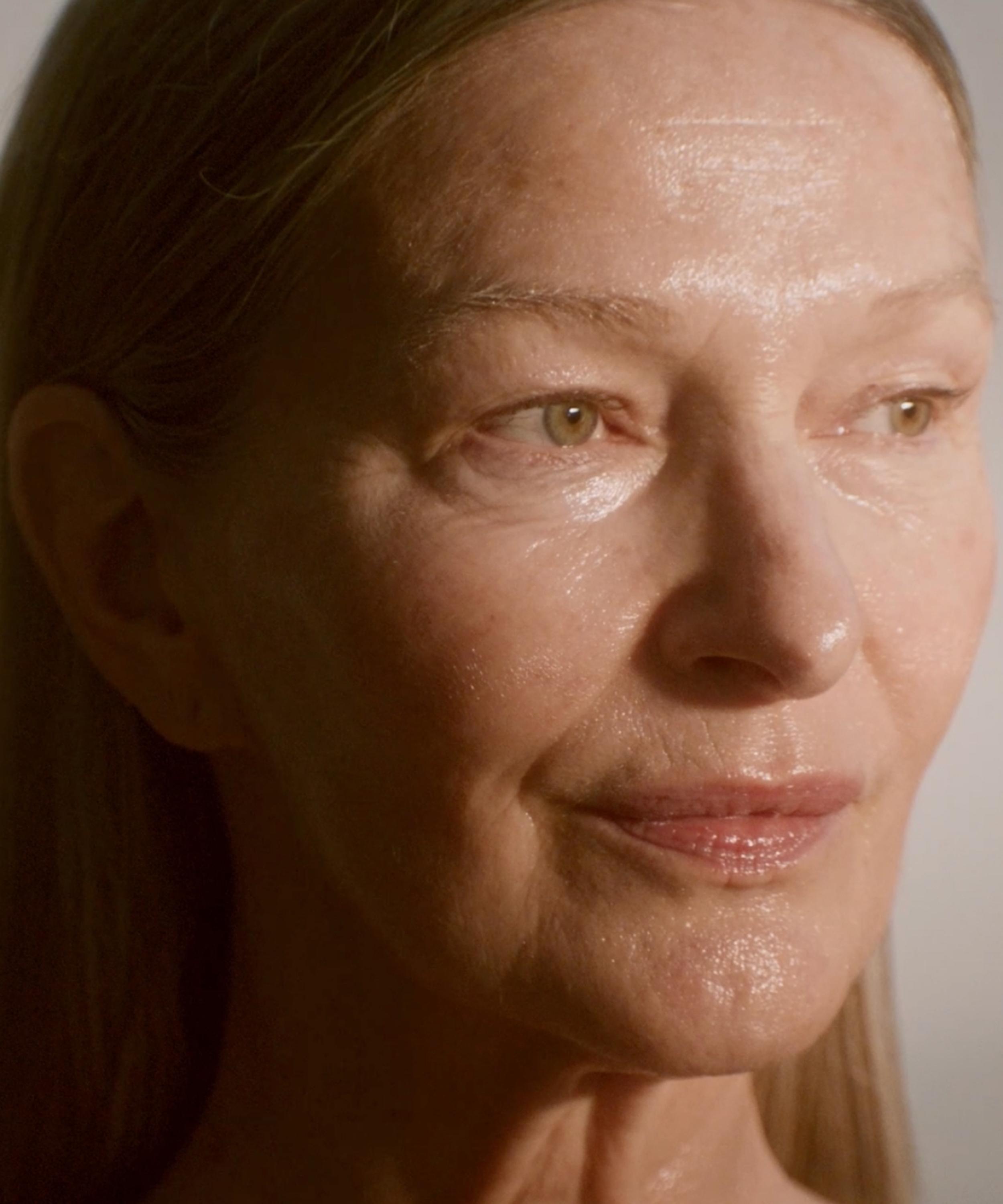
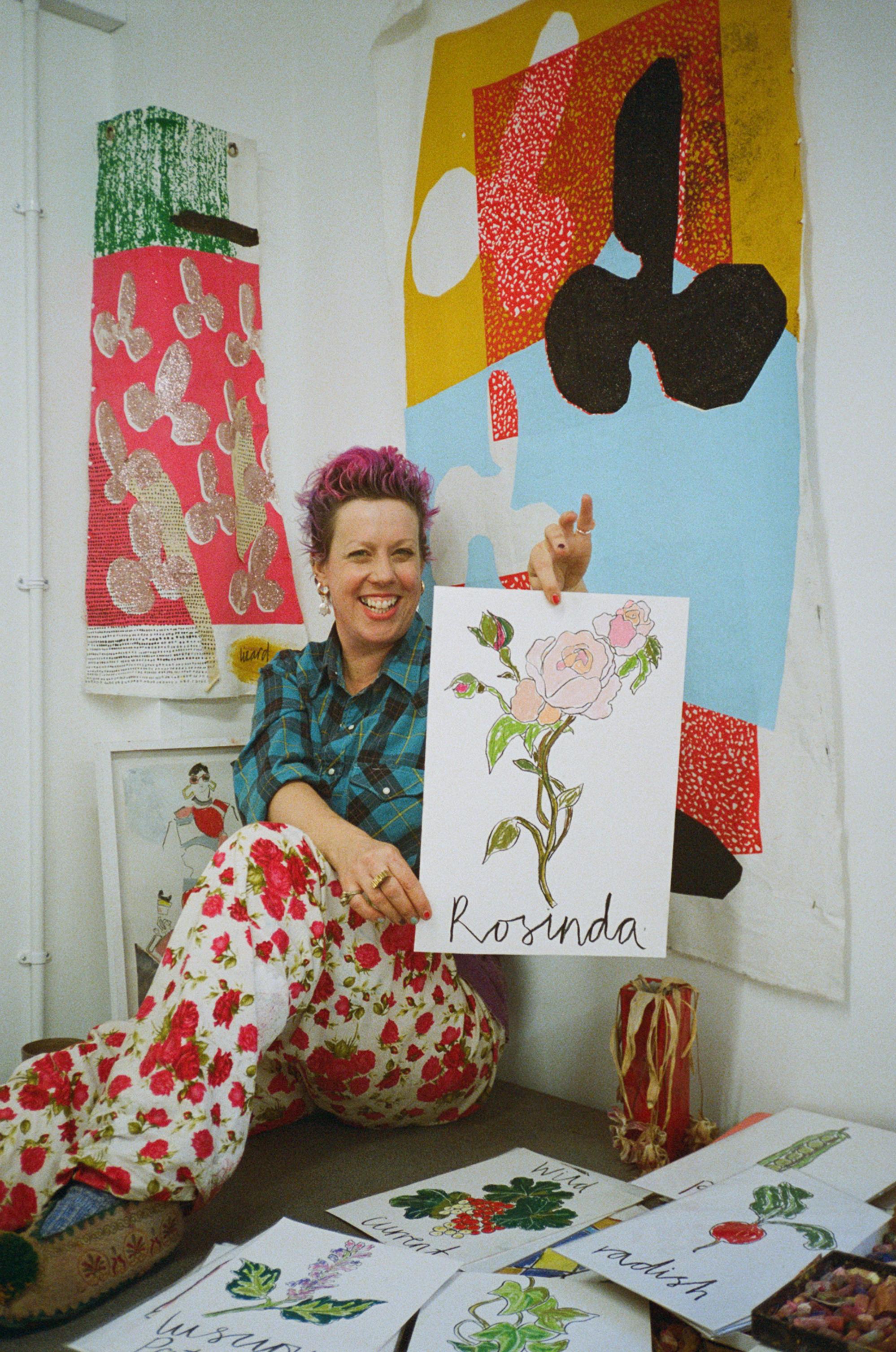

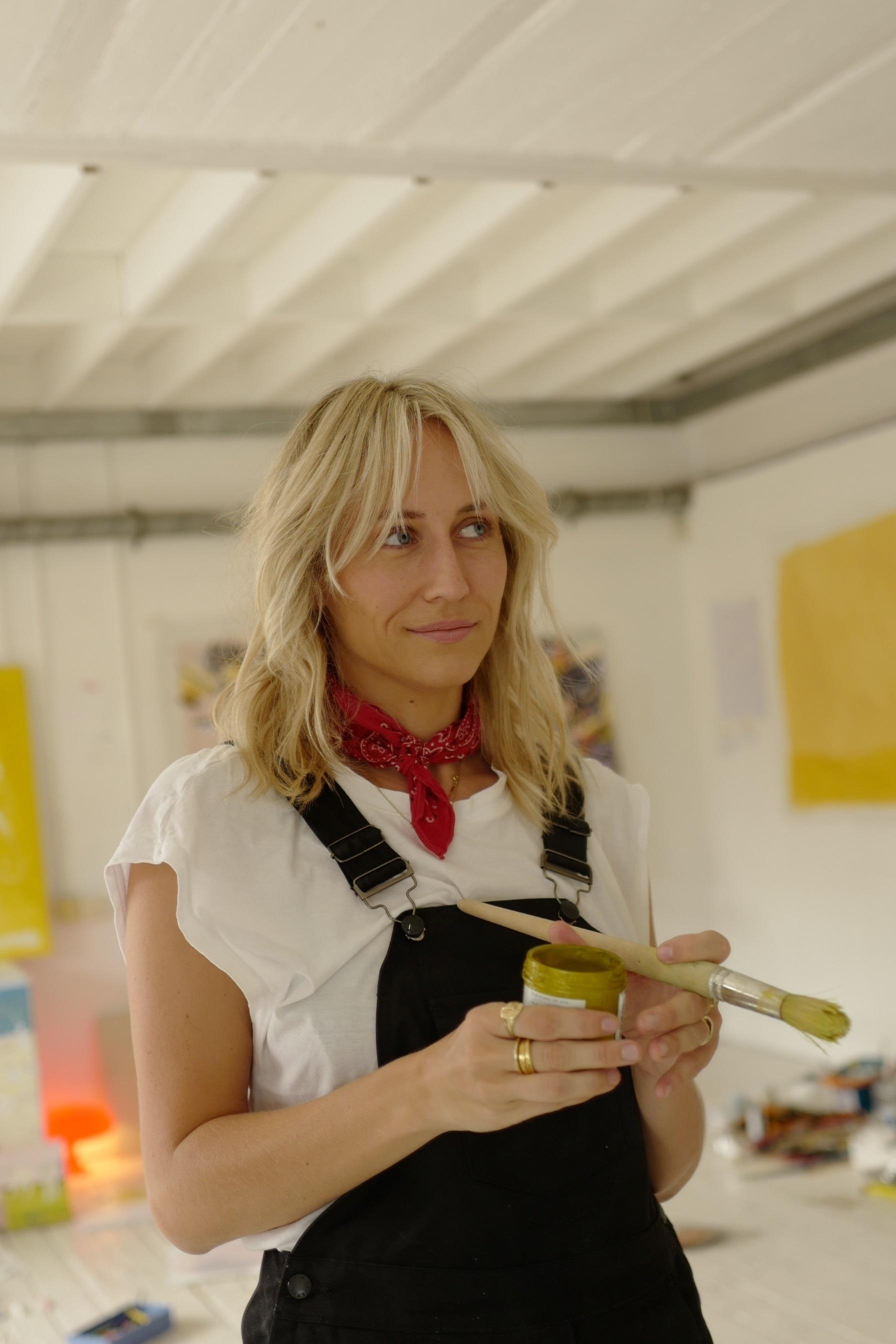
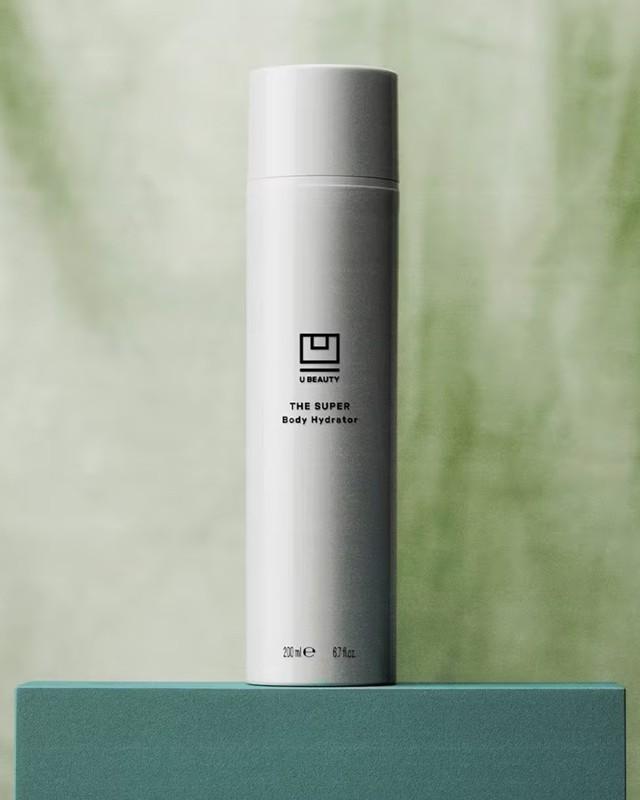
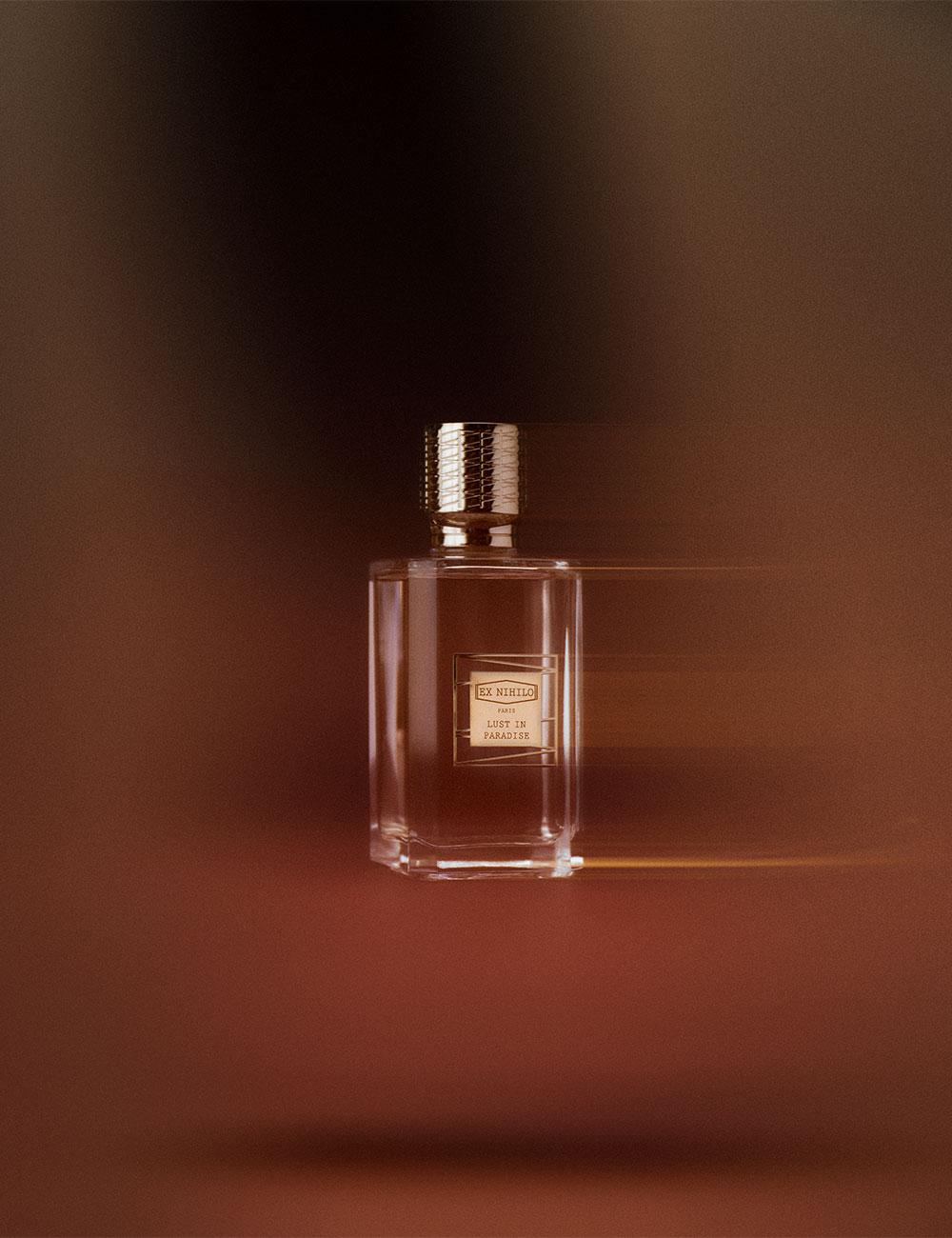

?fmt=auto&qlt=default)
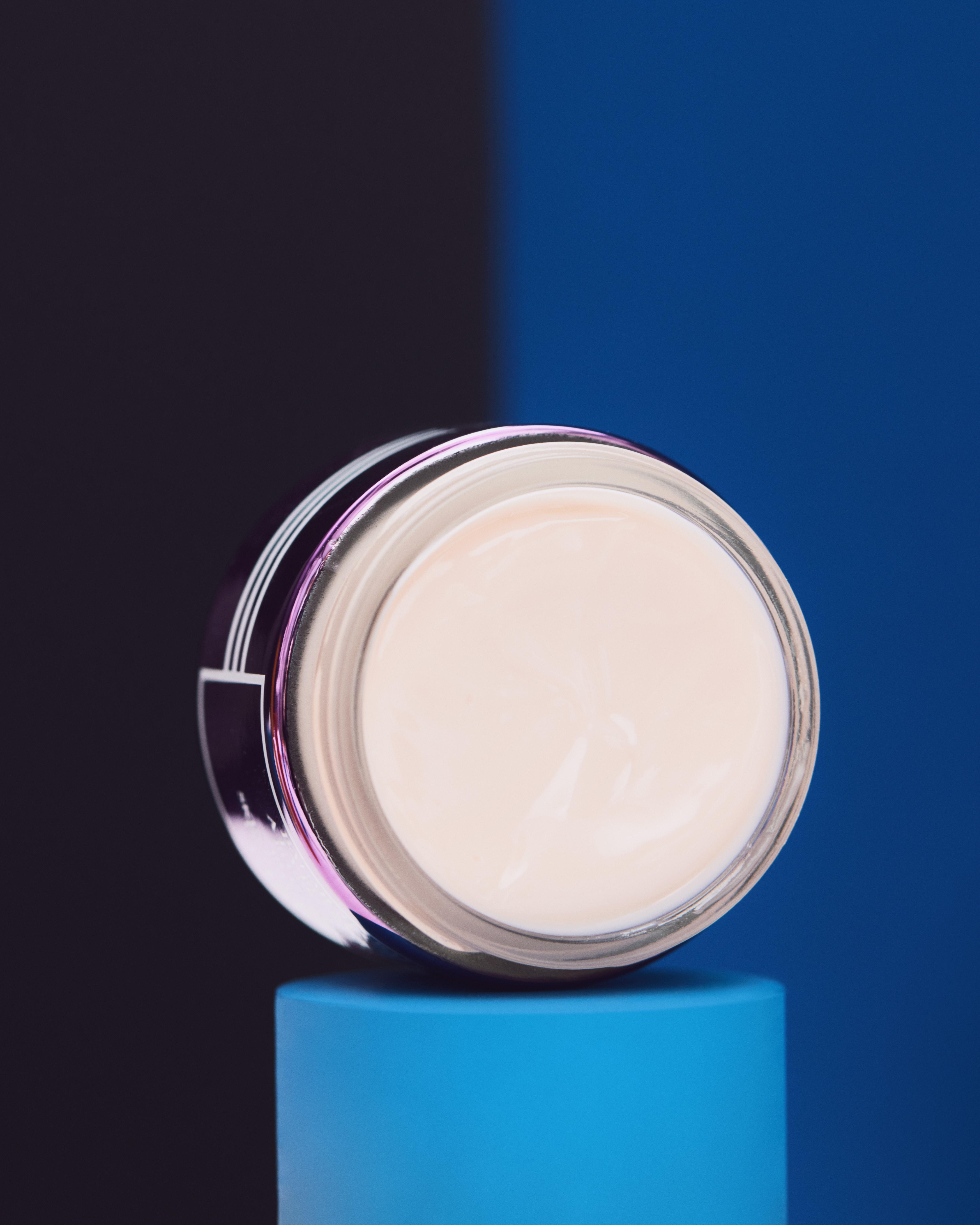
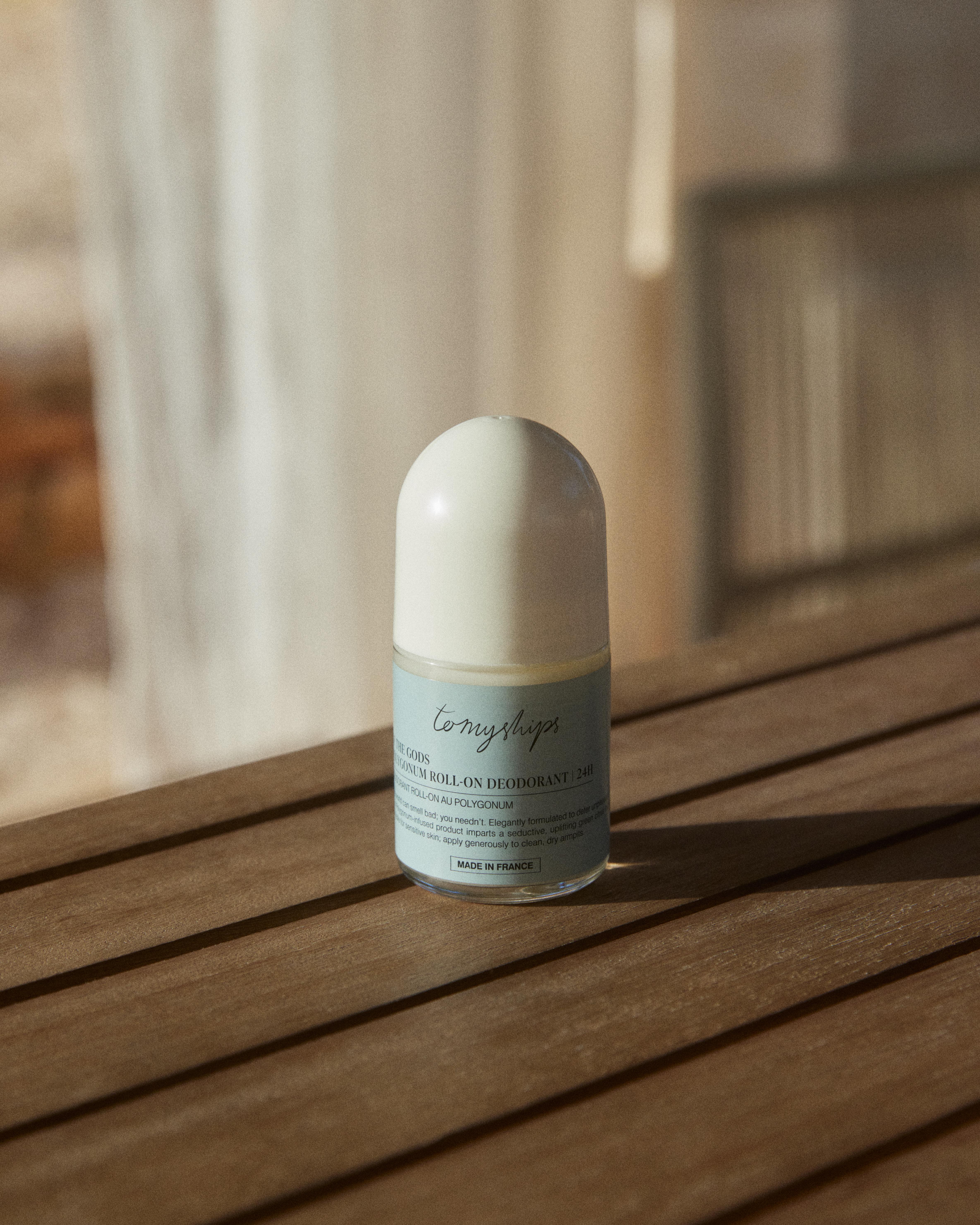

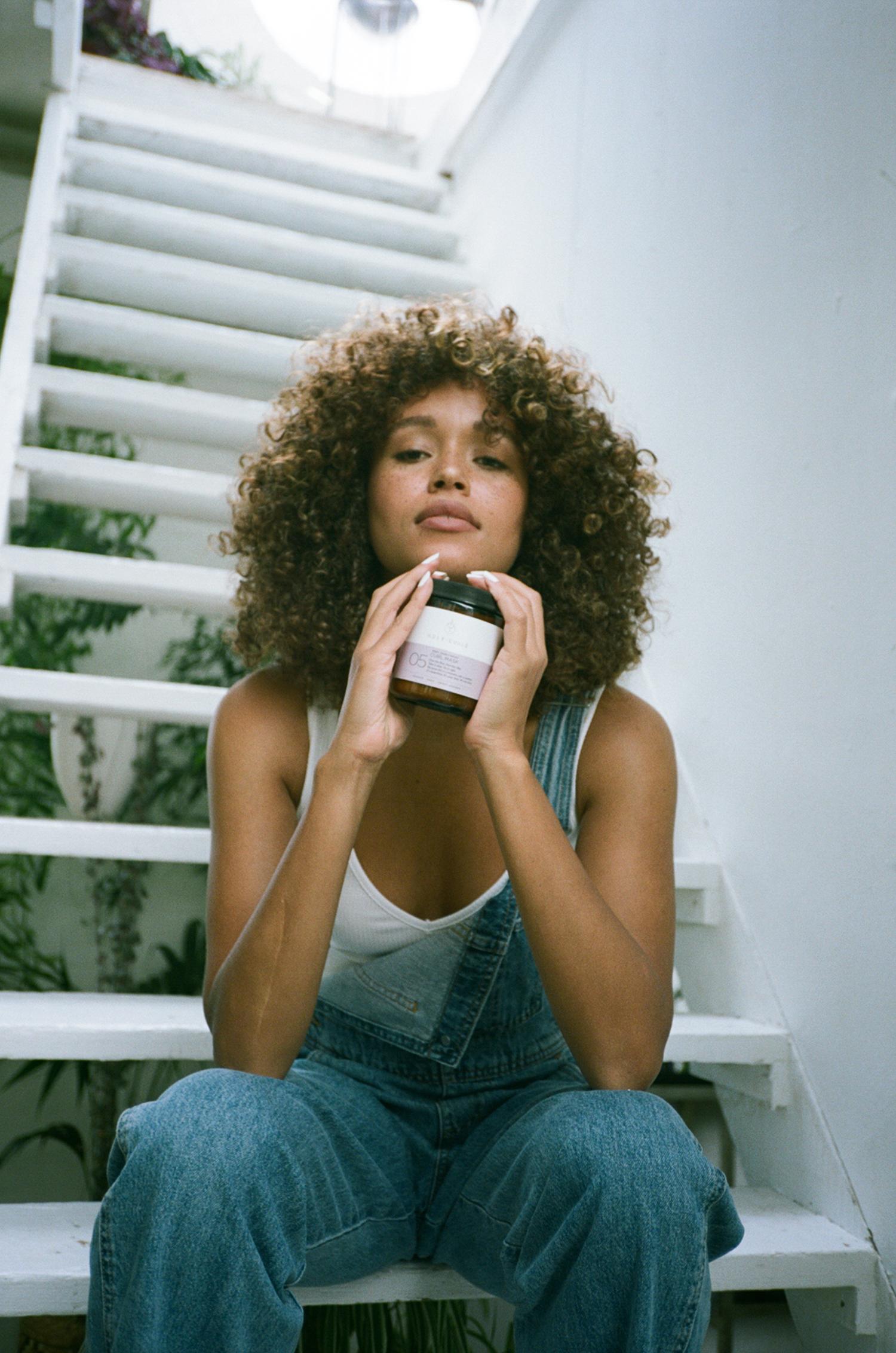

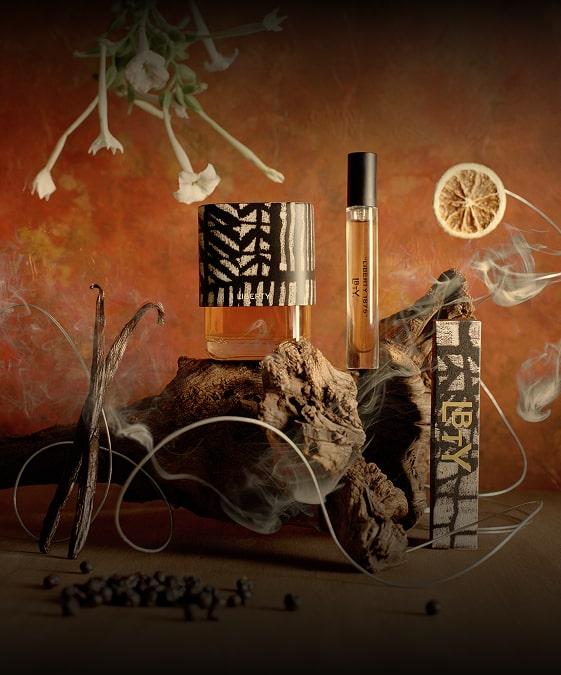
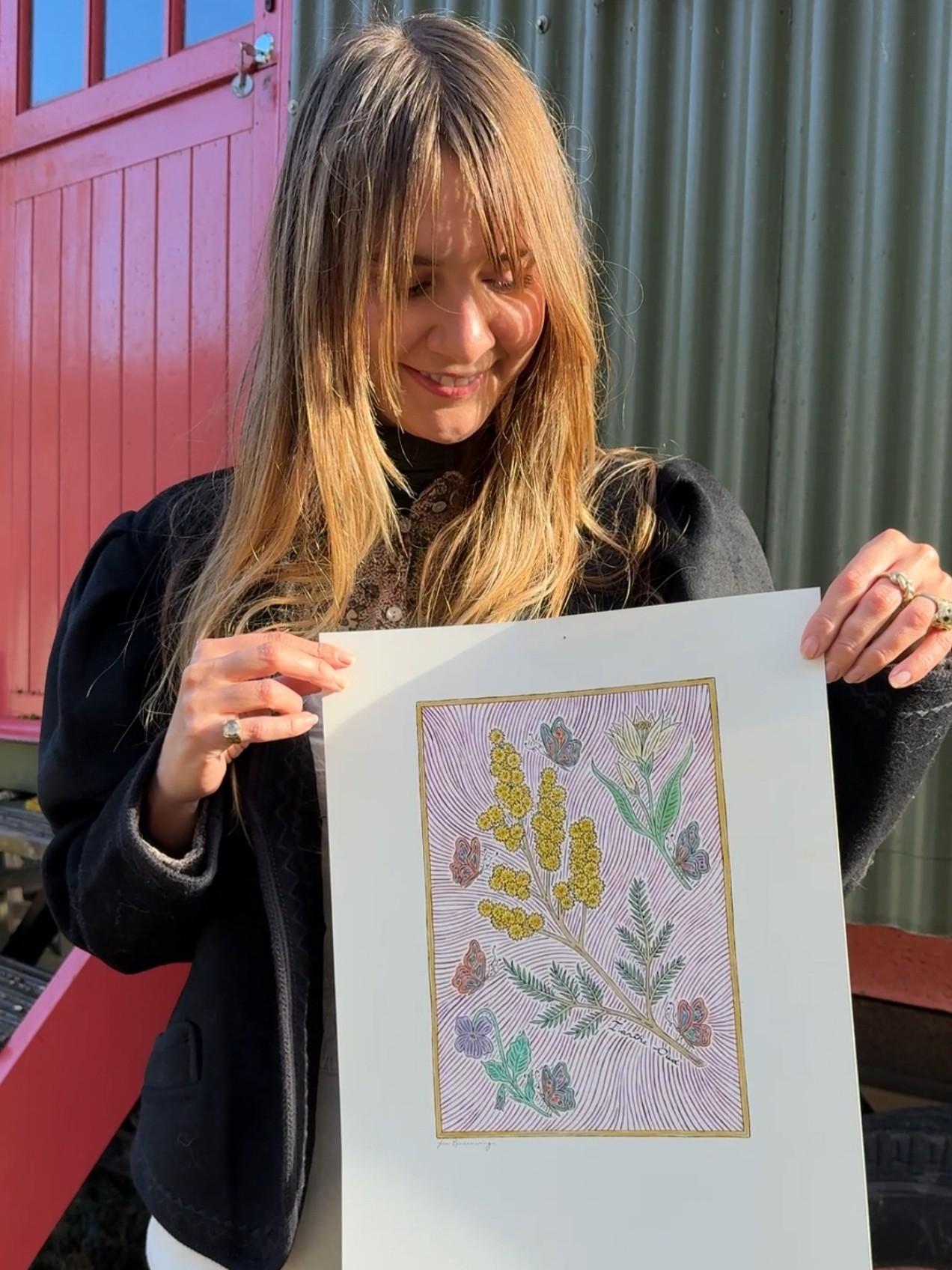
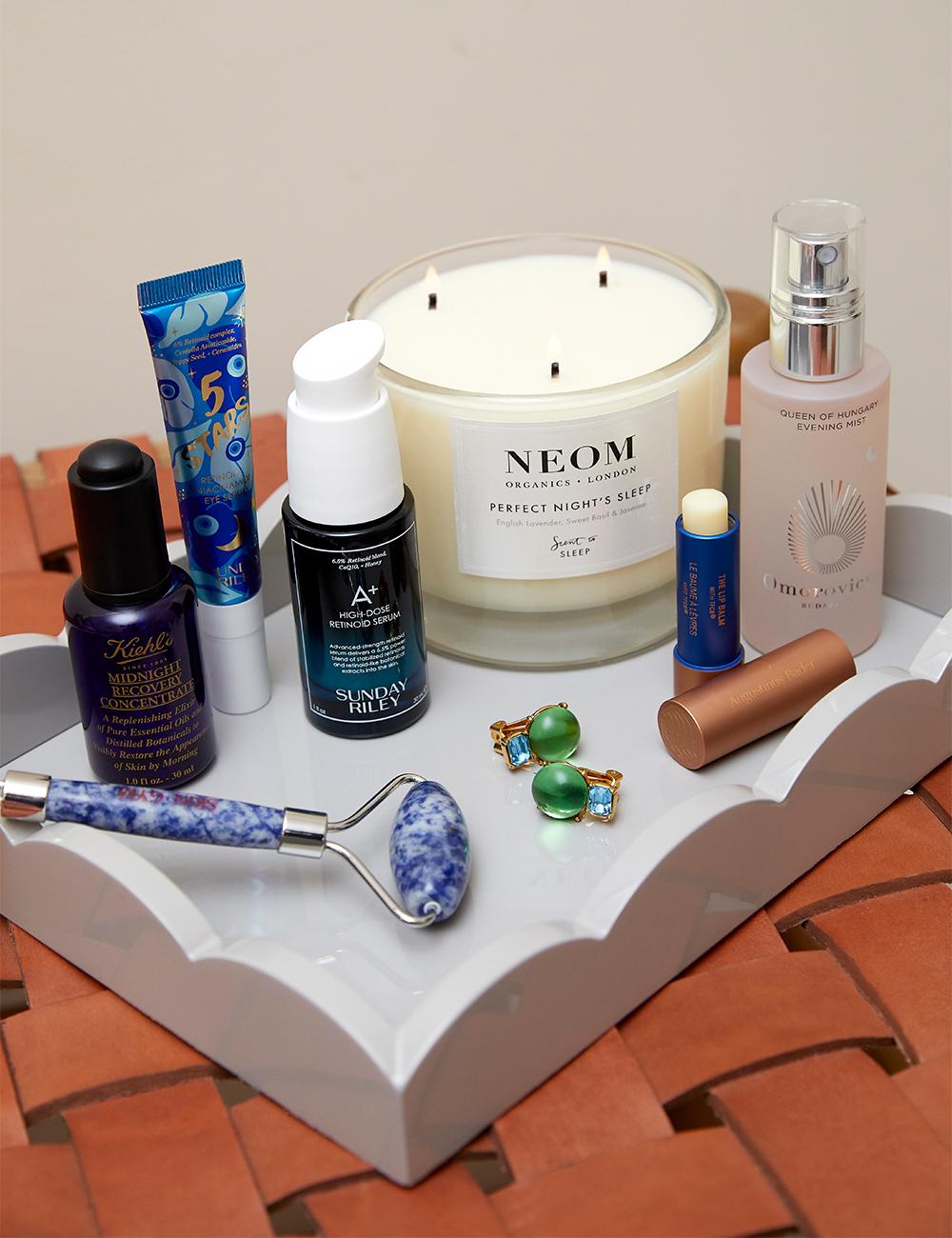
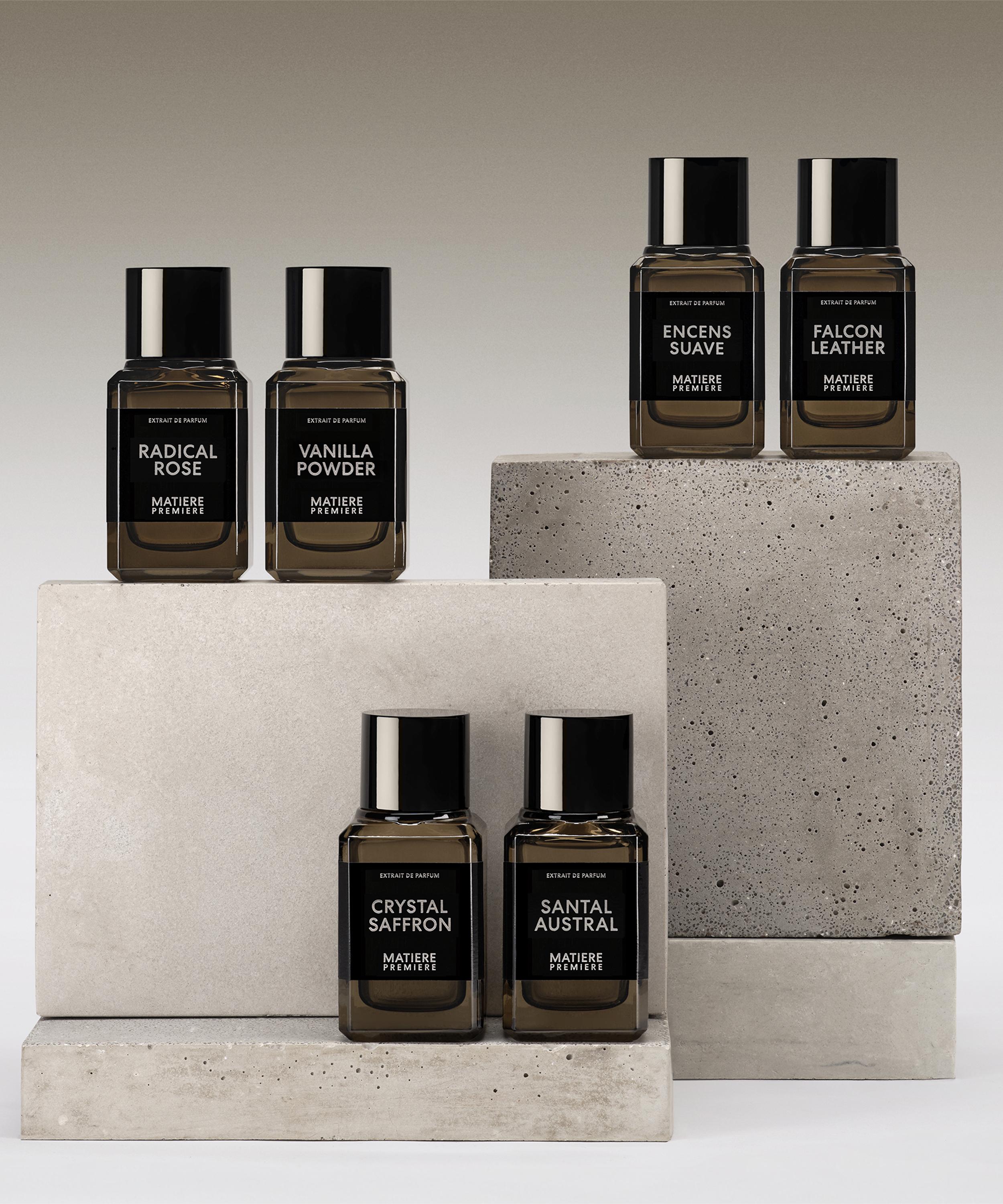
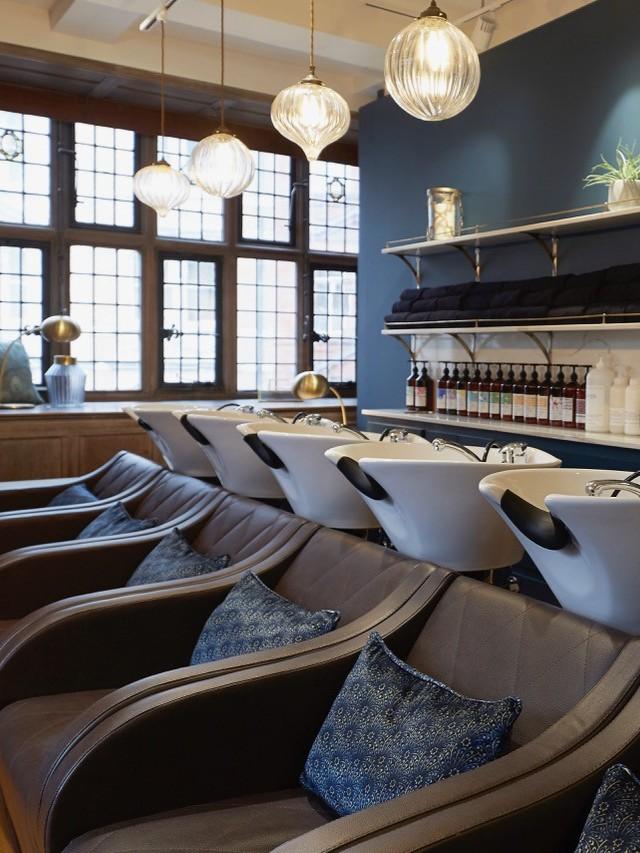

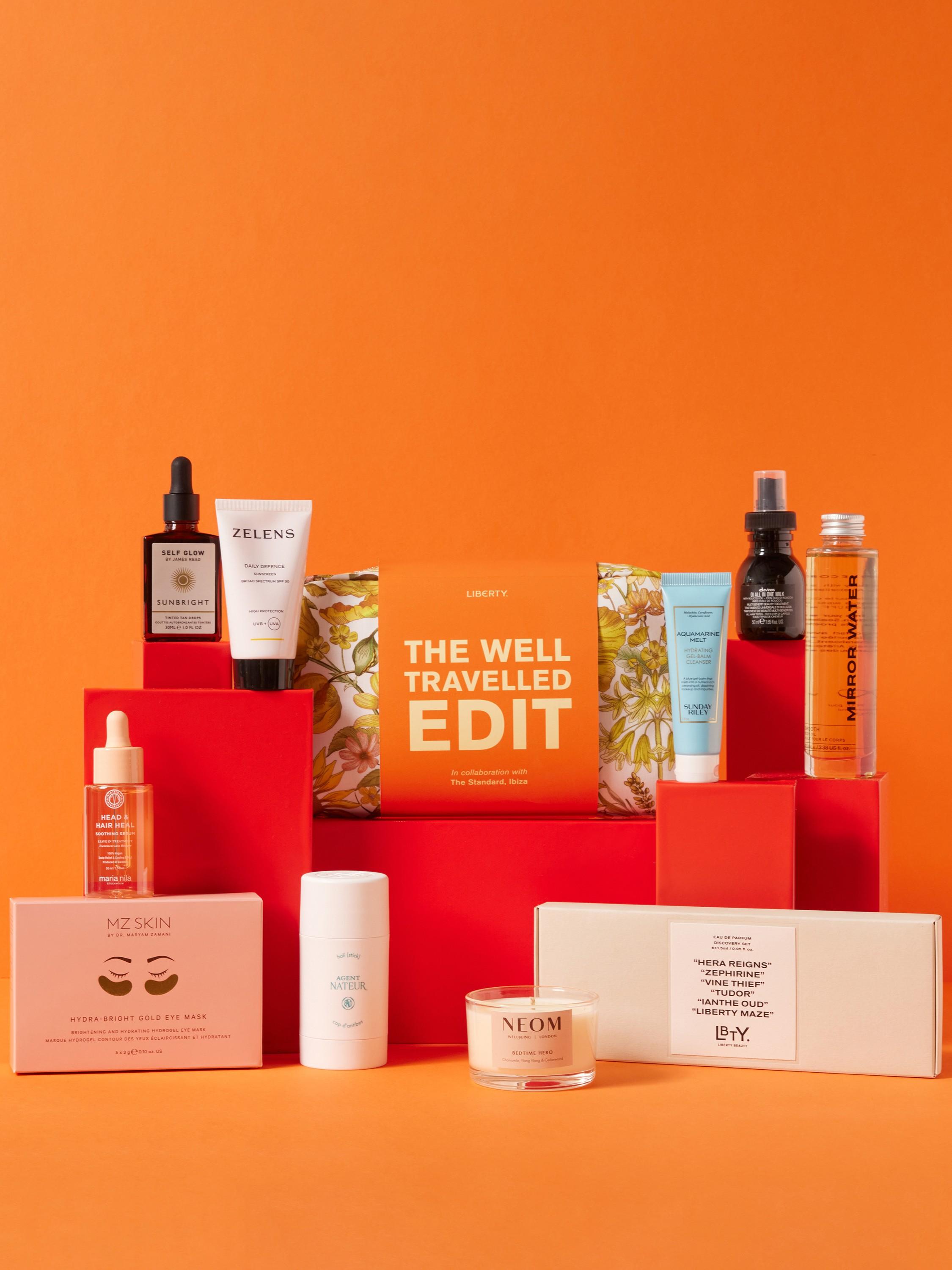
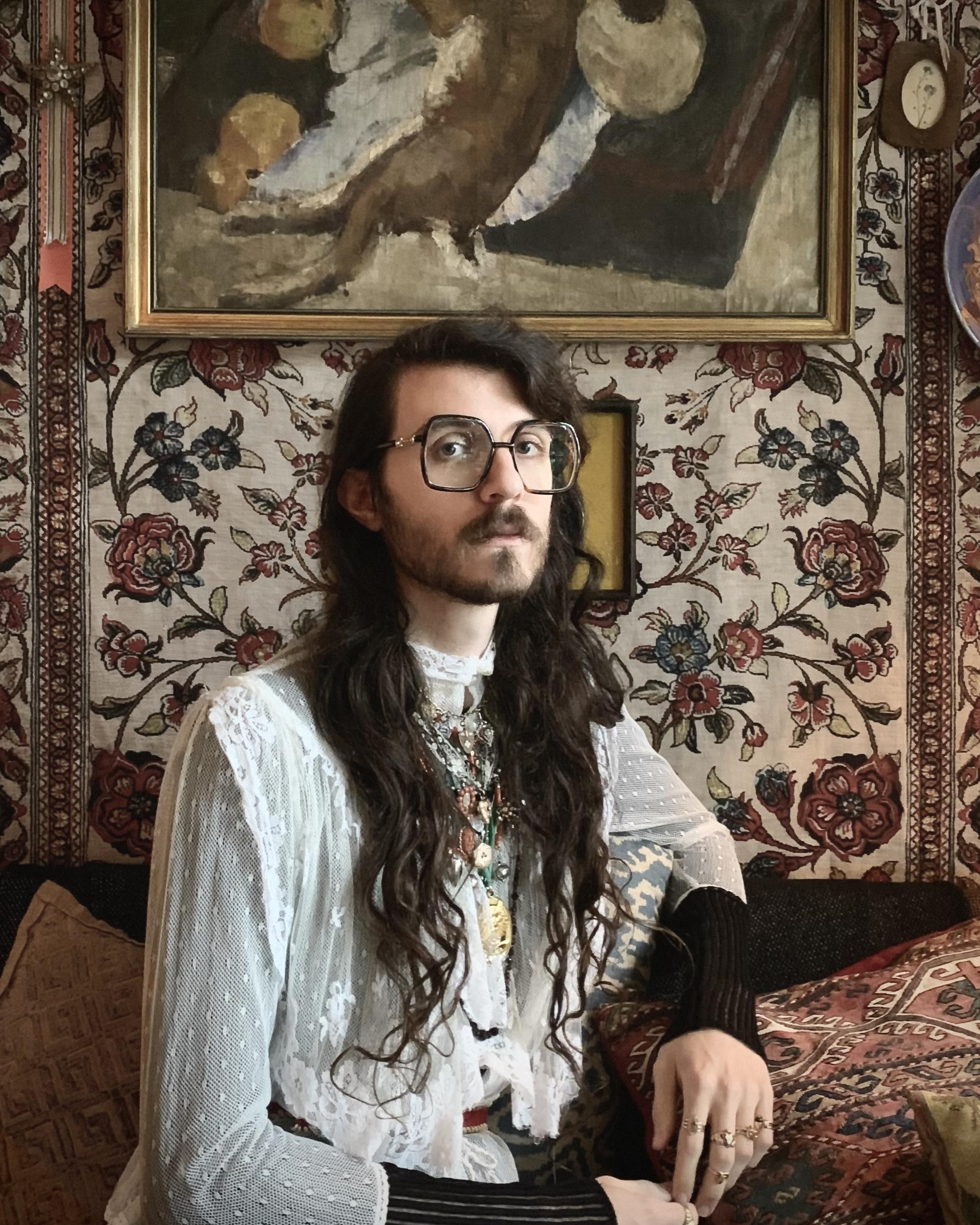
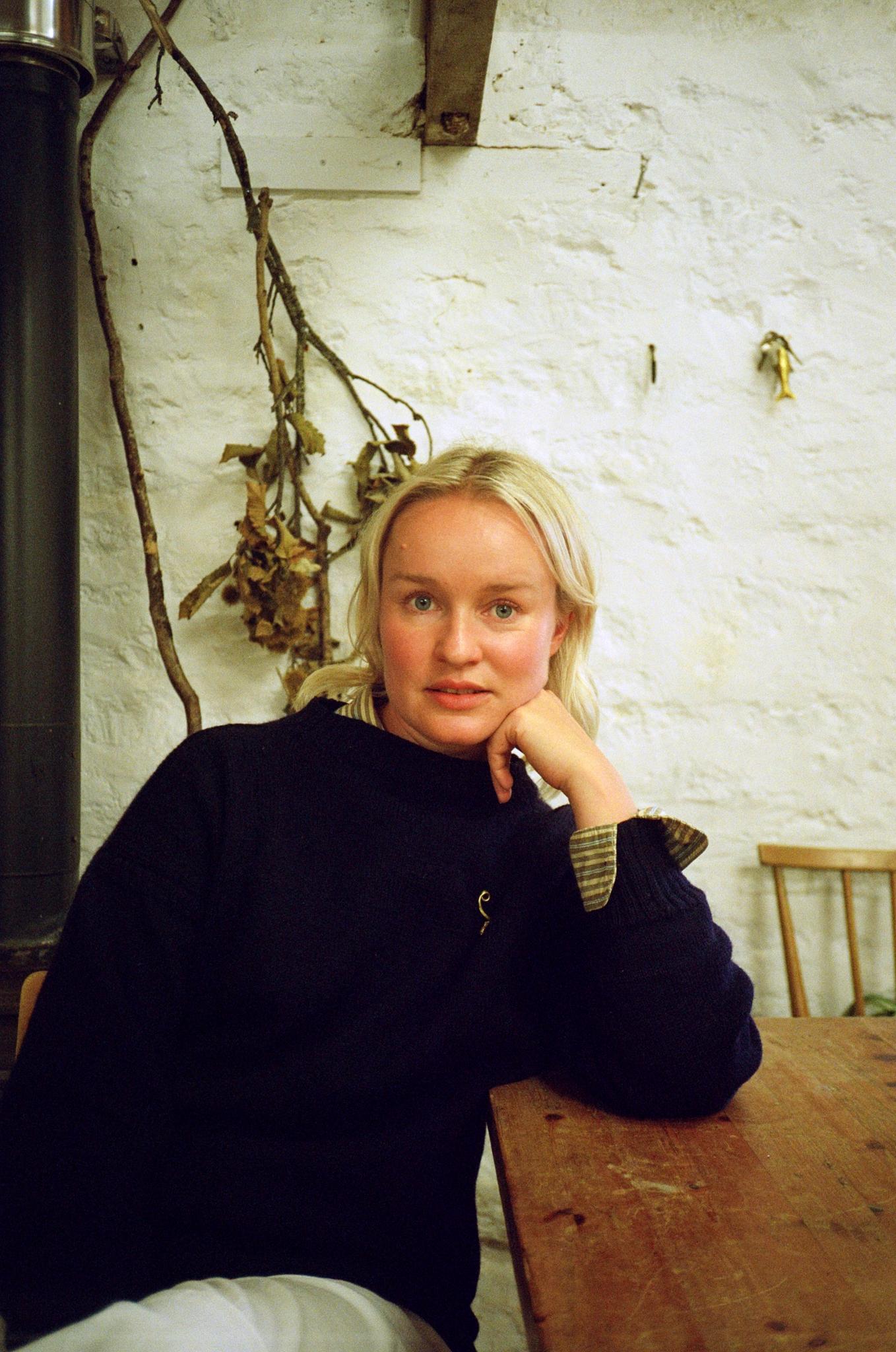
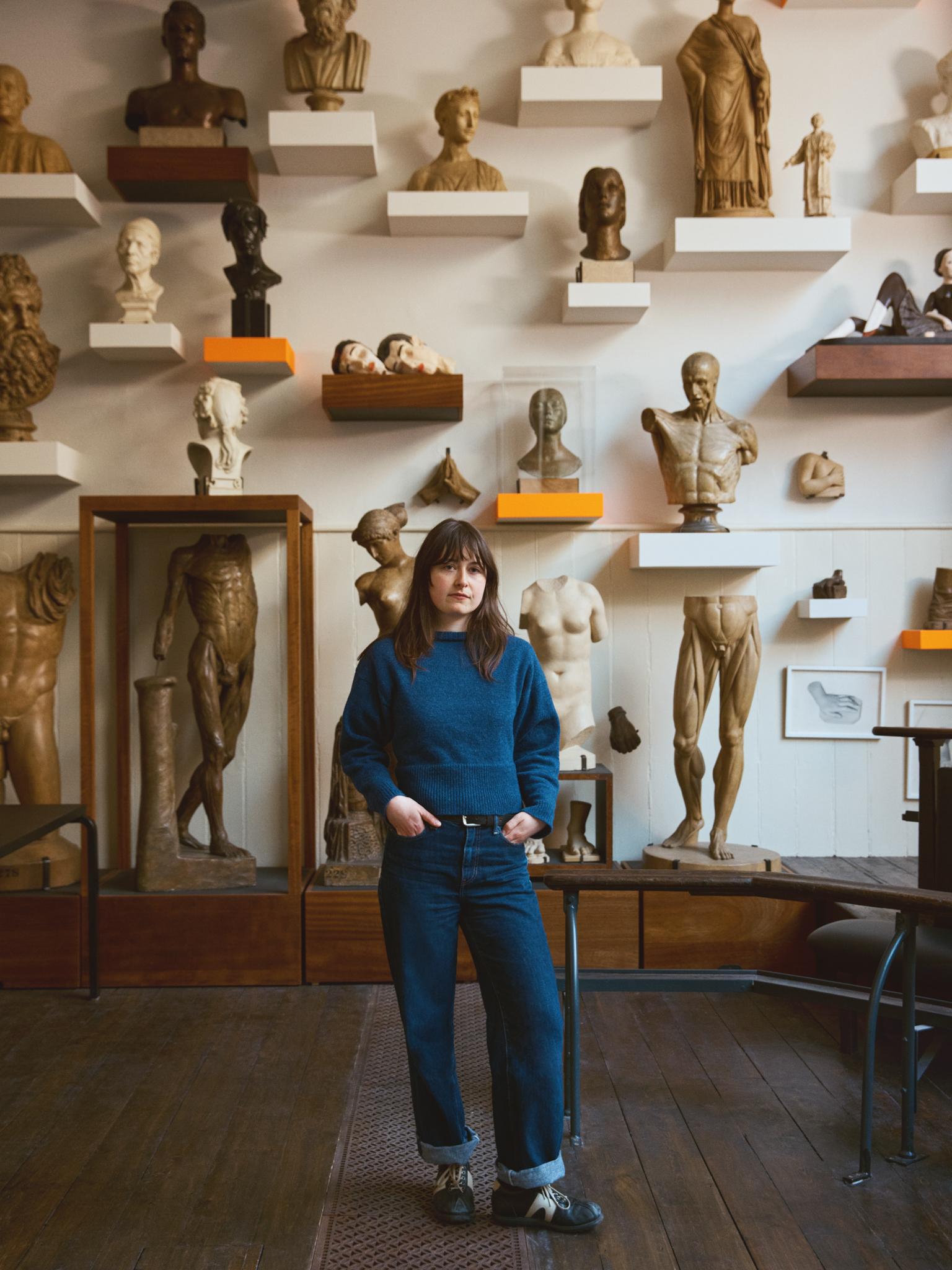
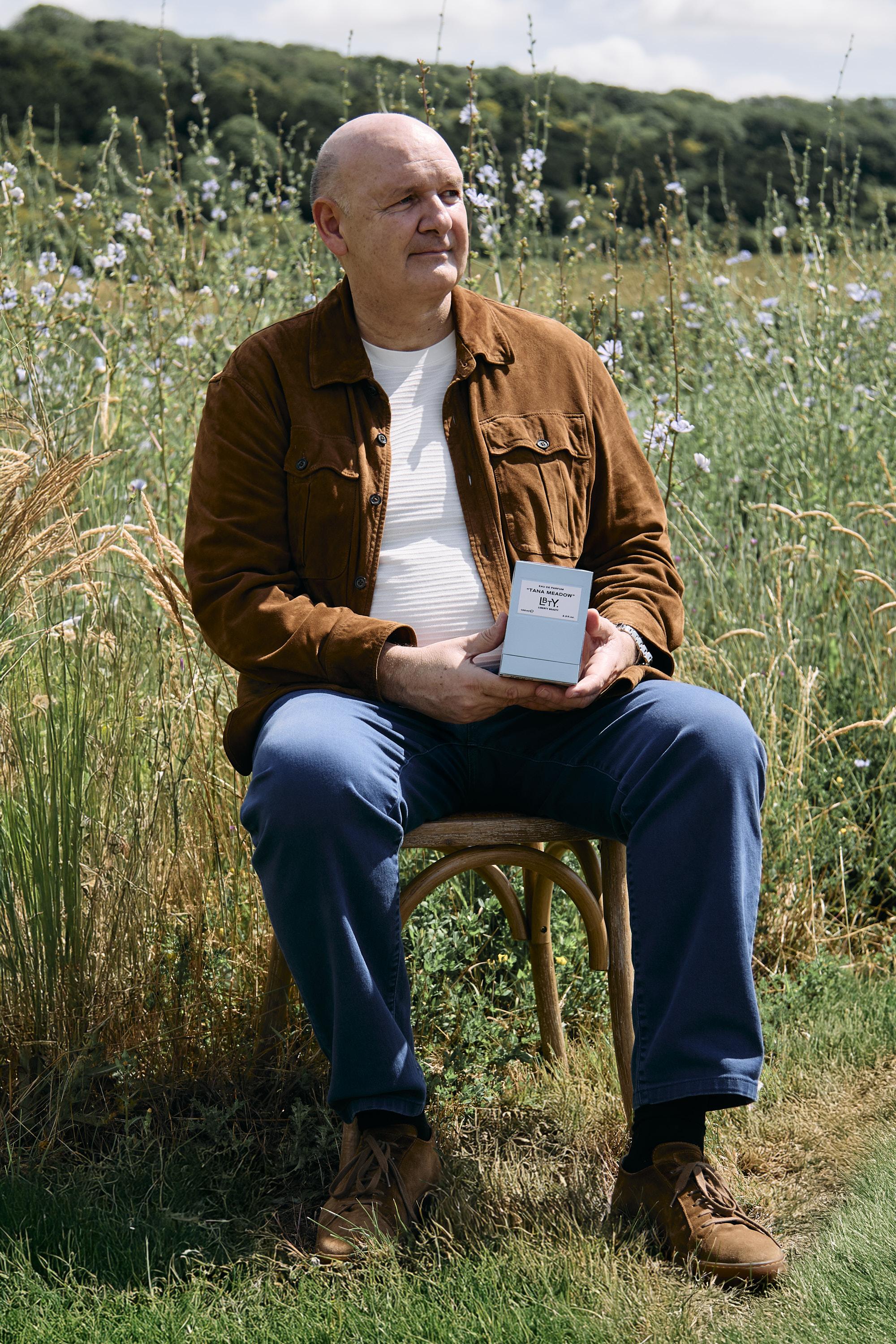
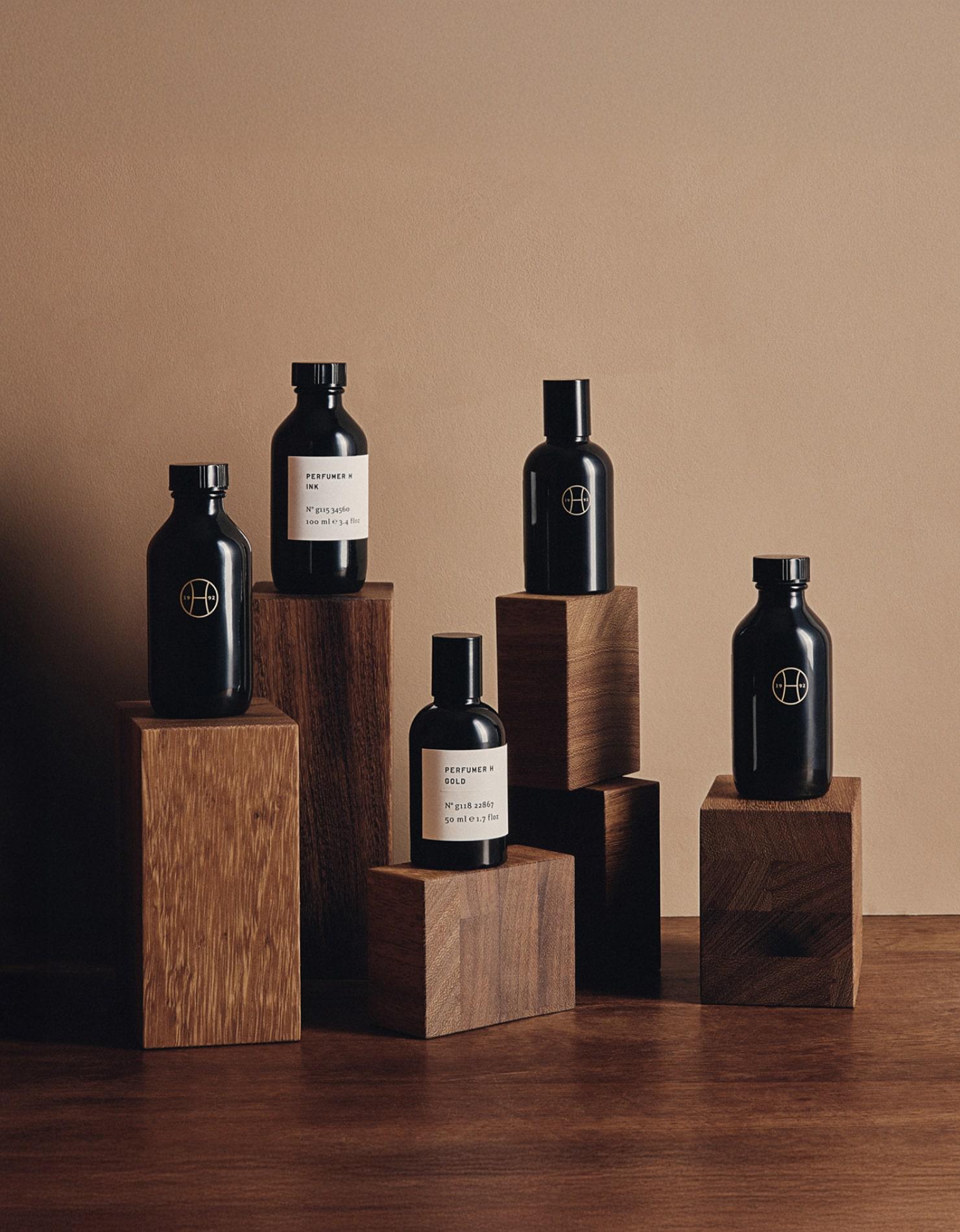
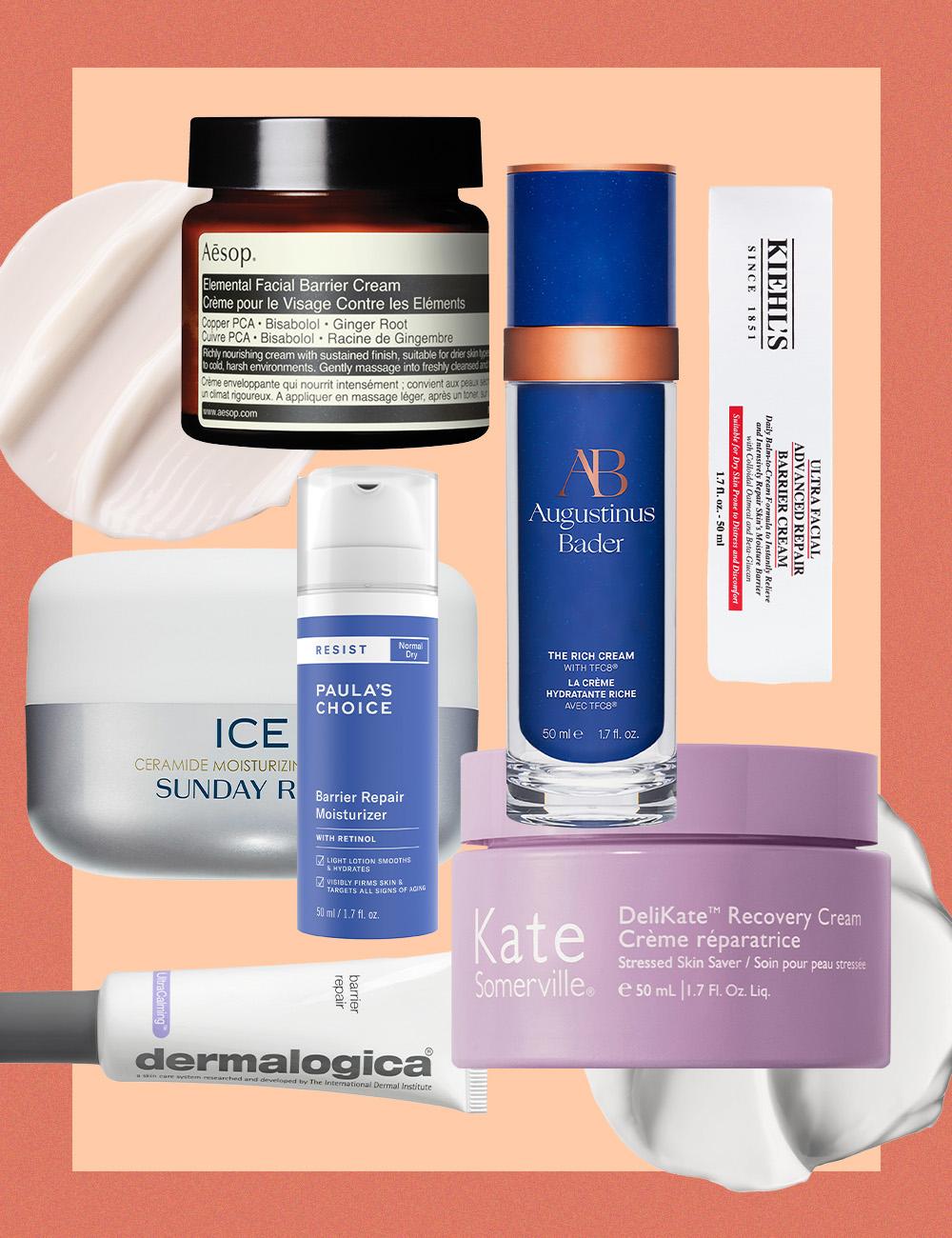
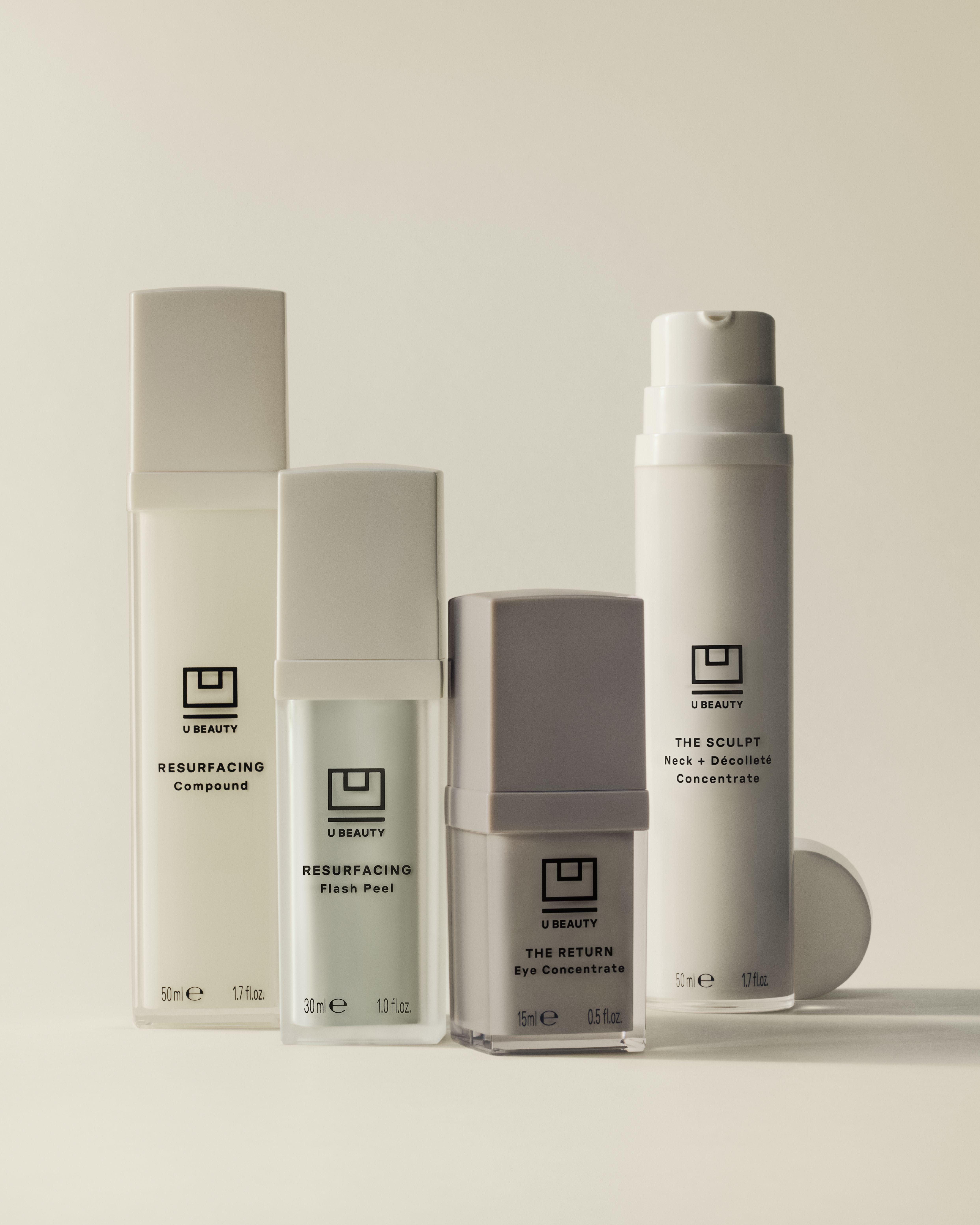
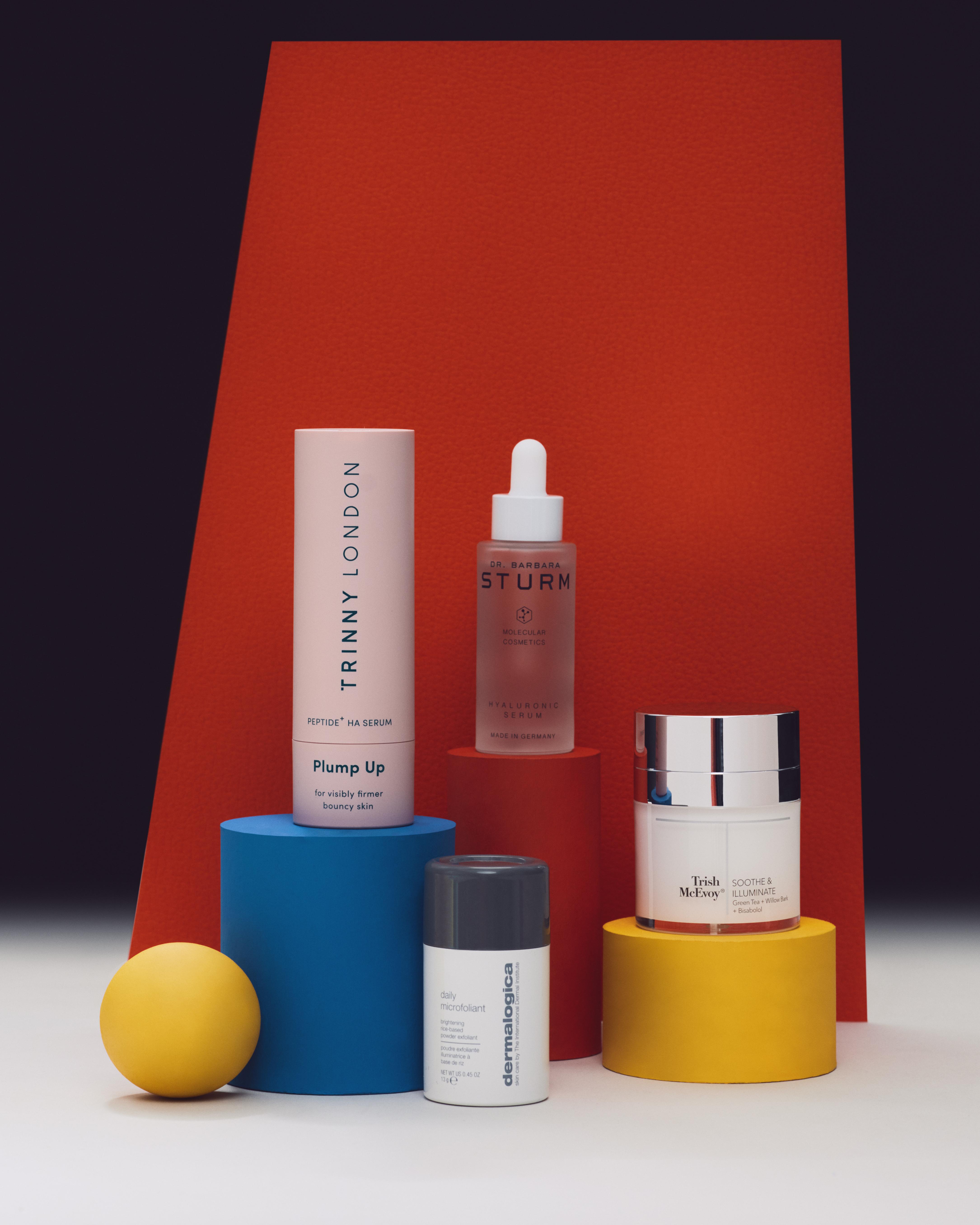
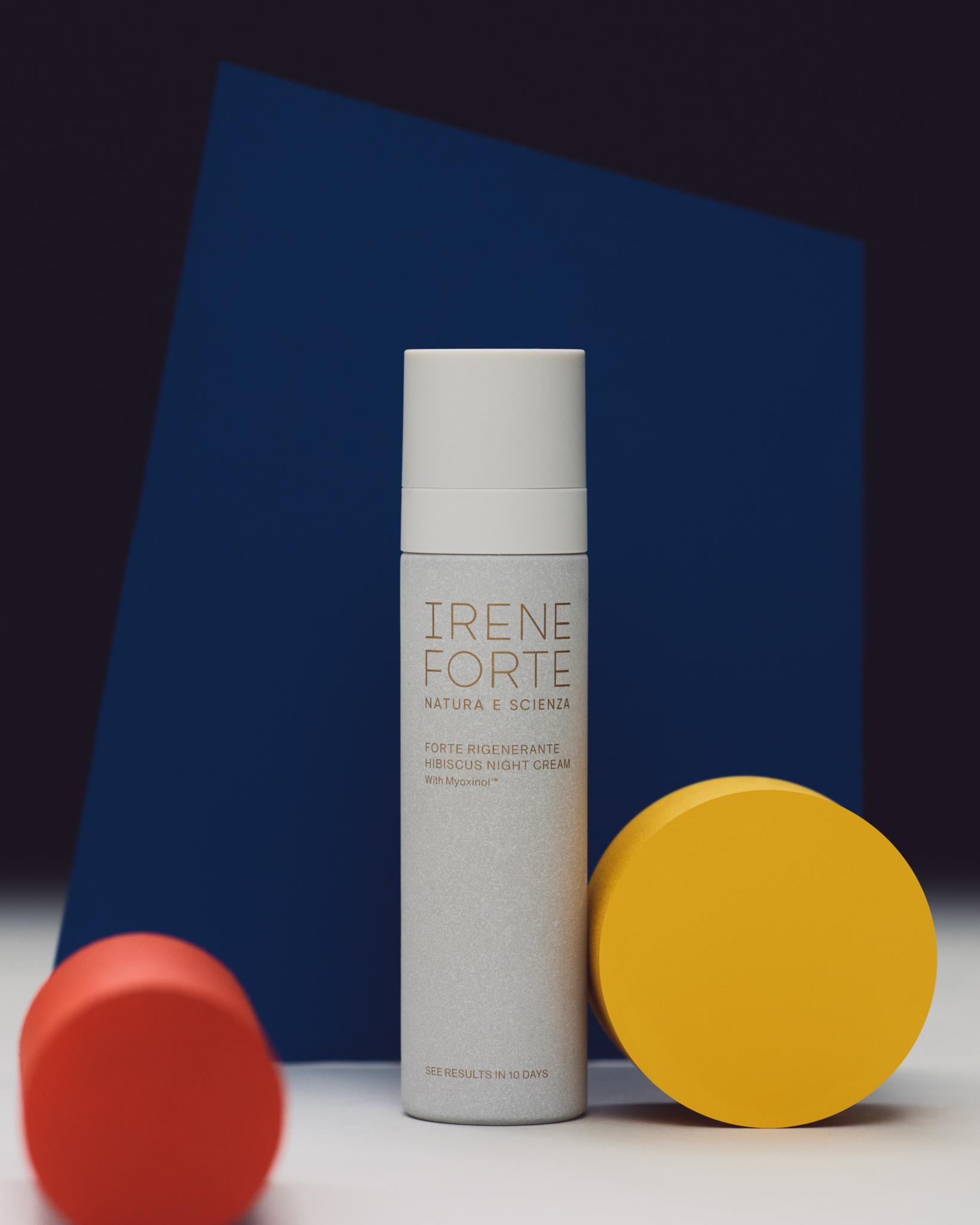
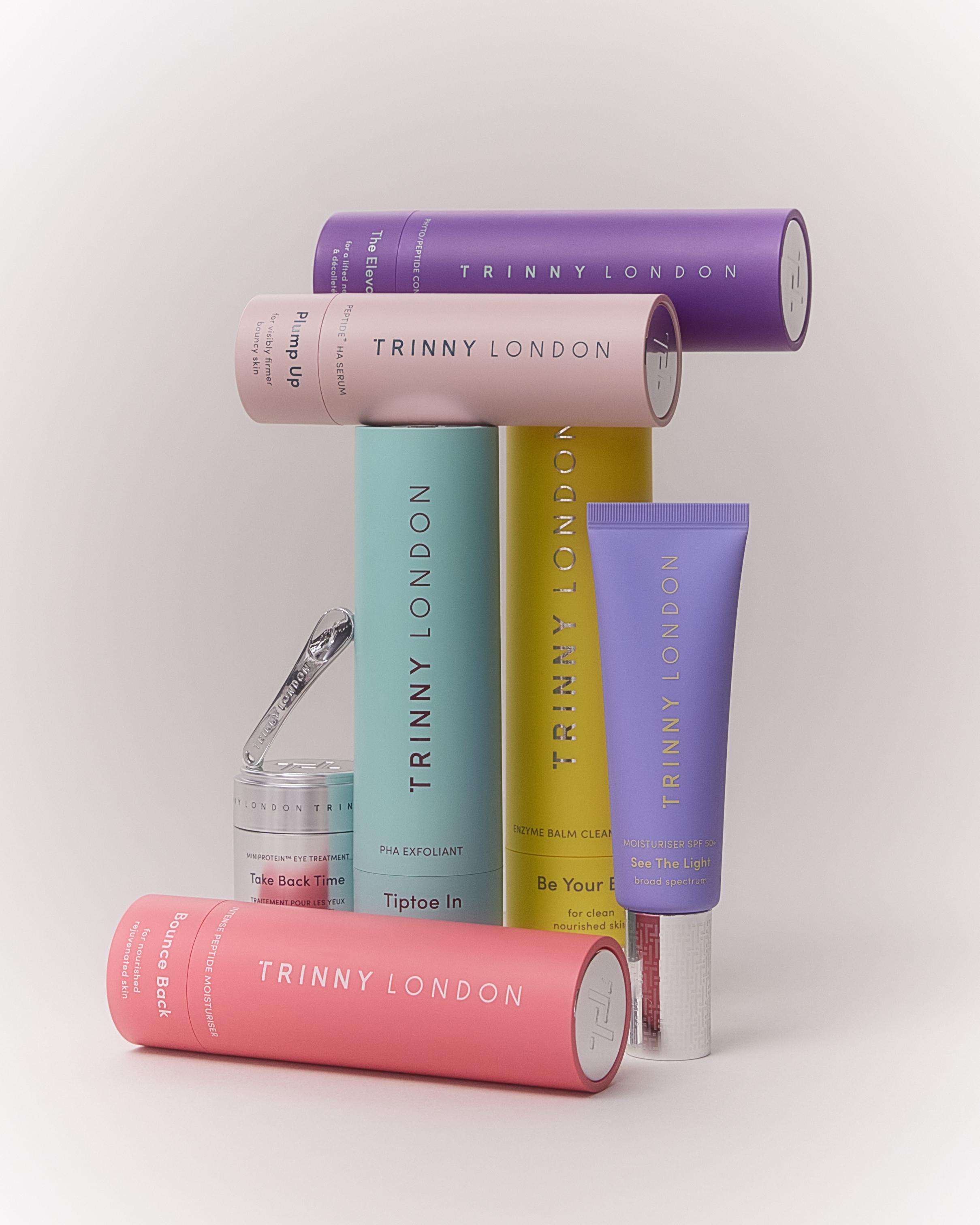
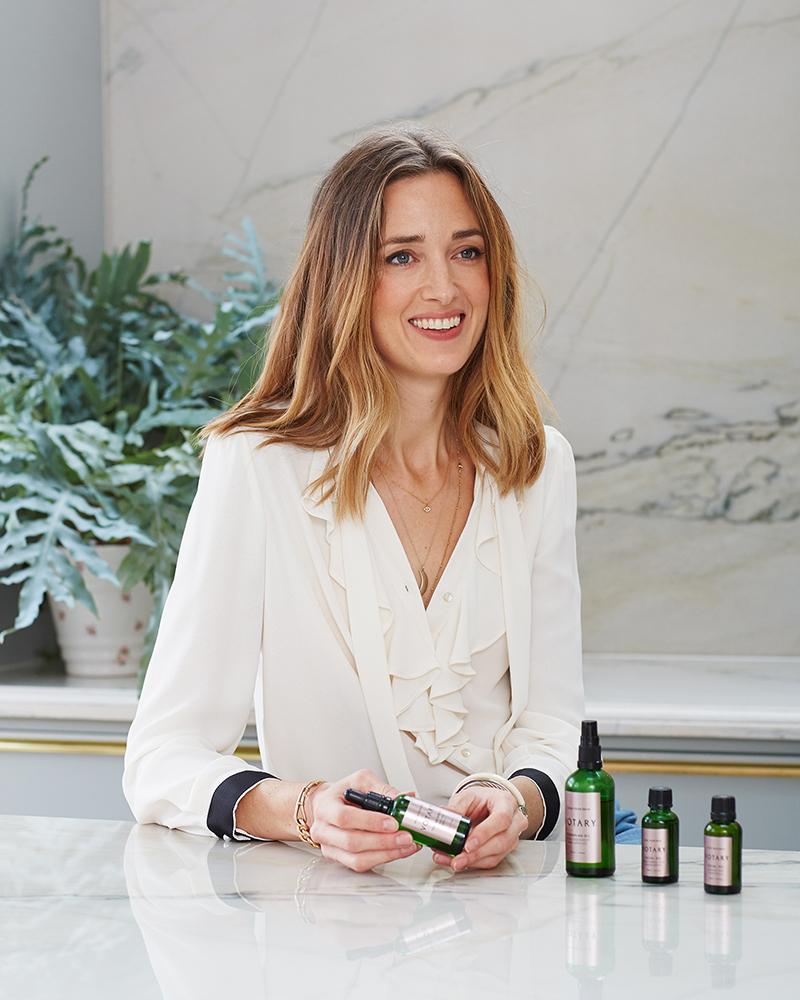
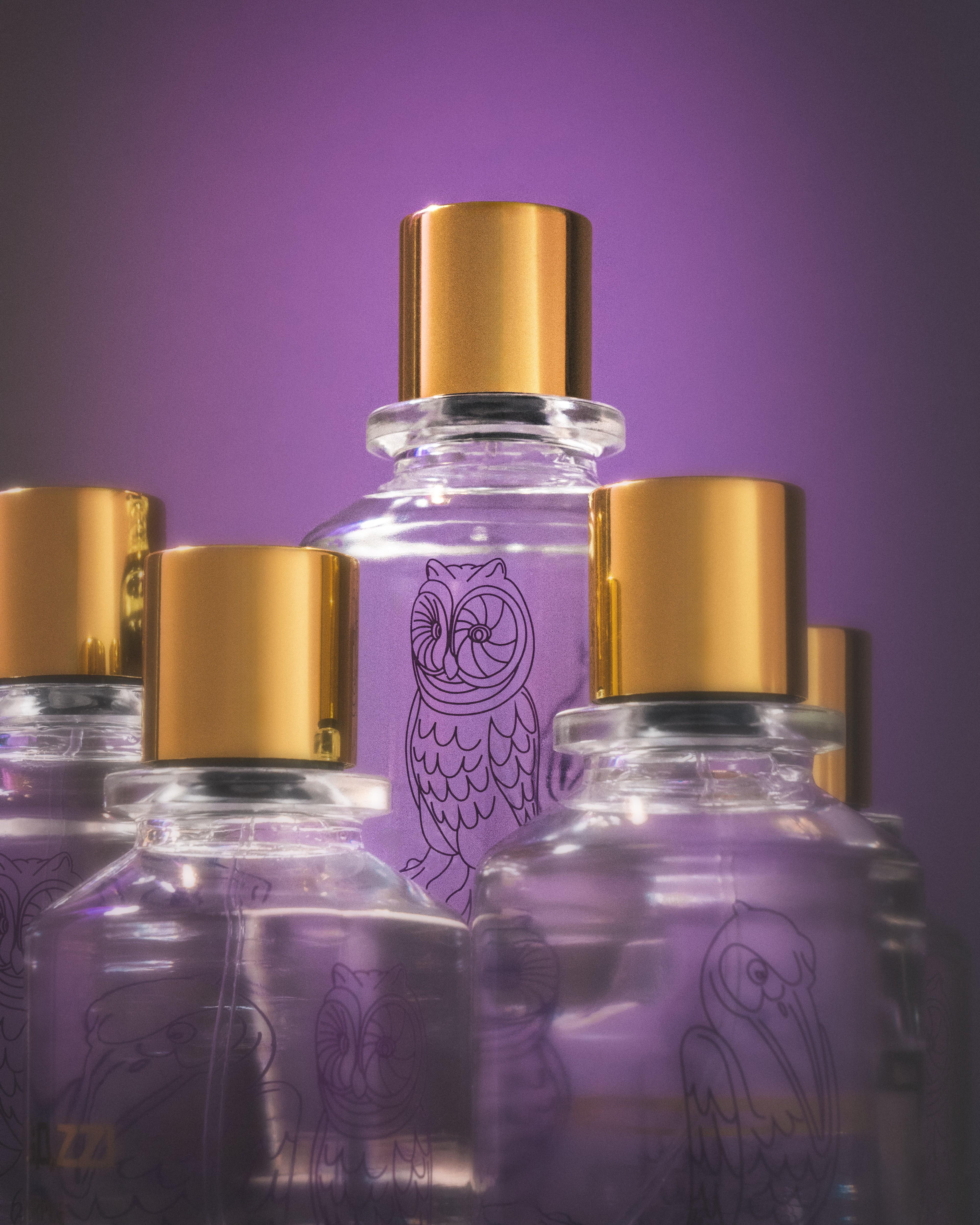
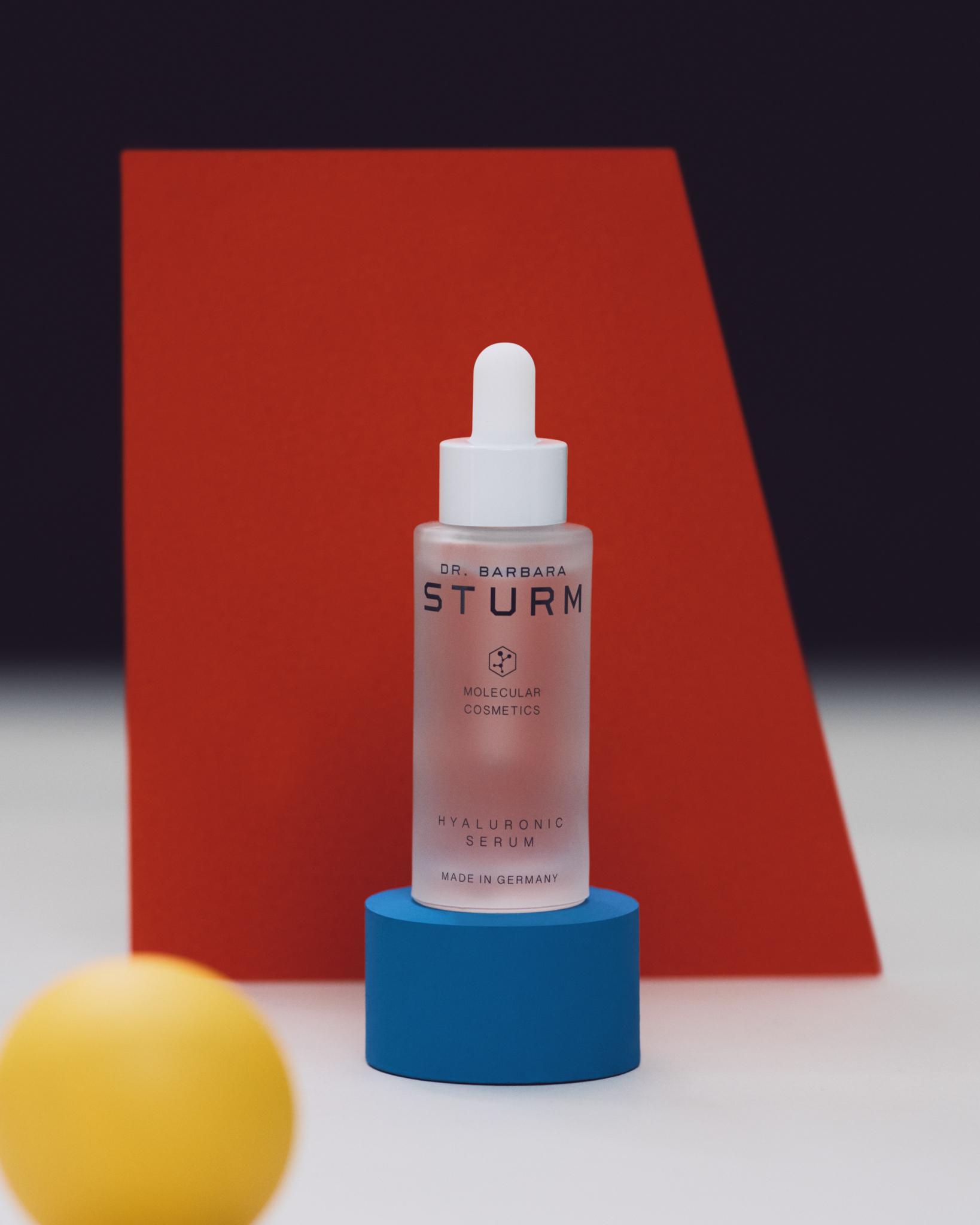
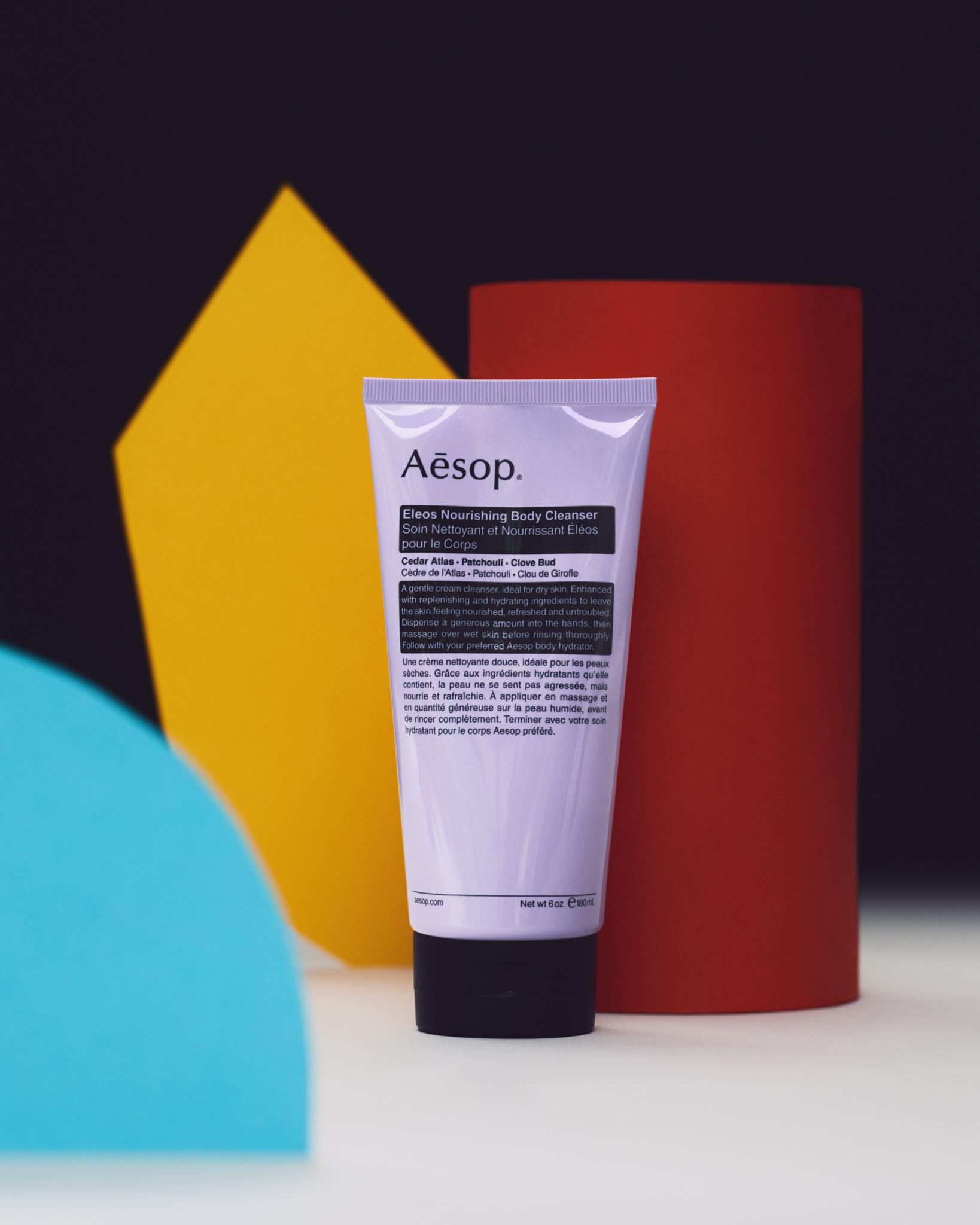
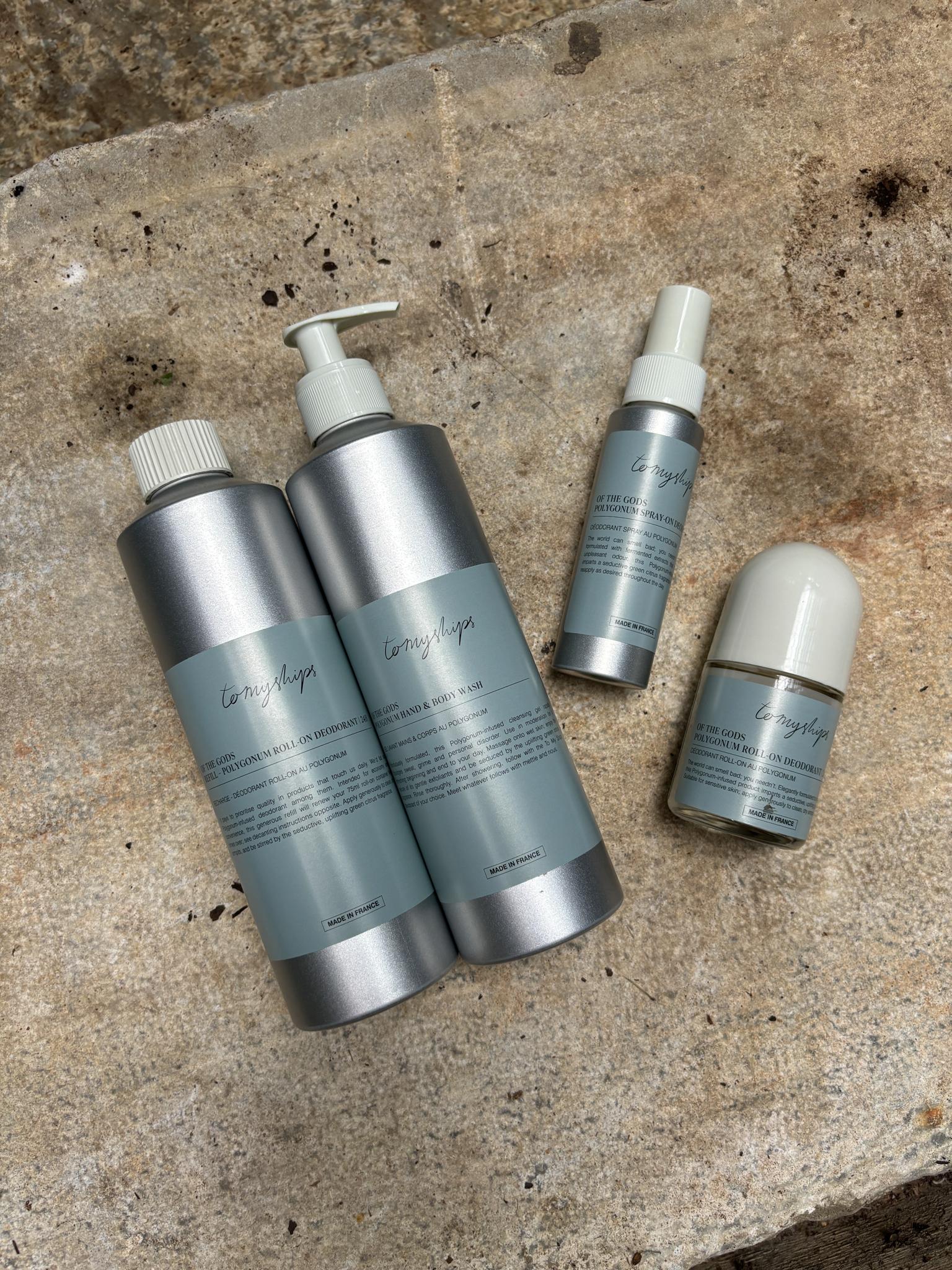
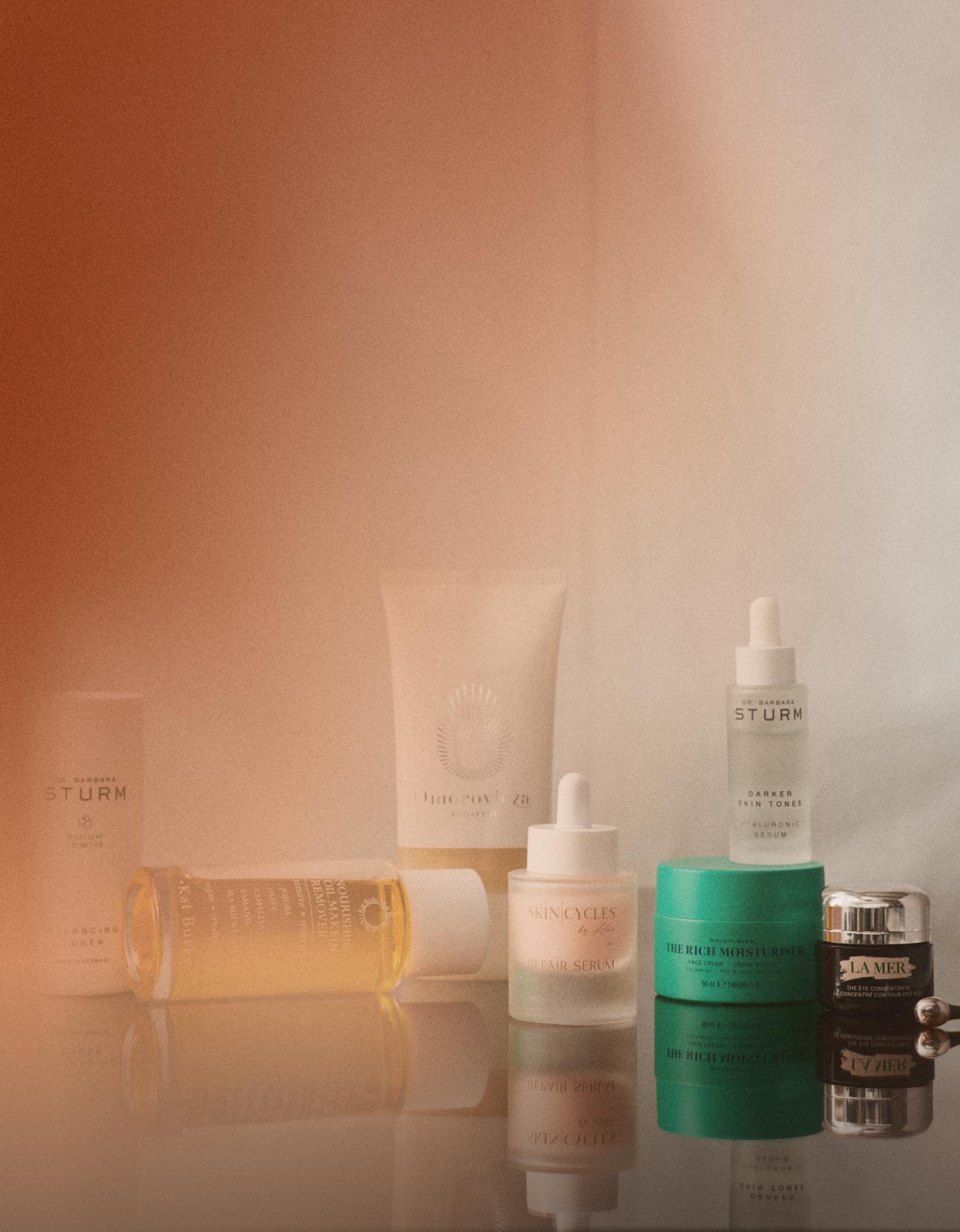
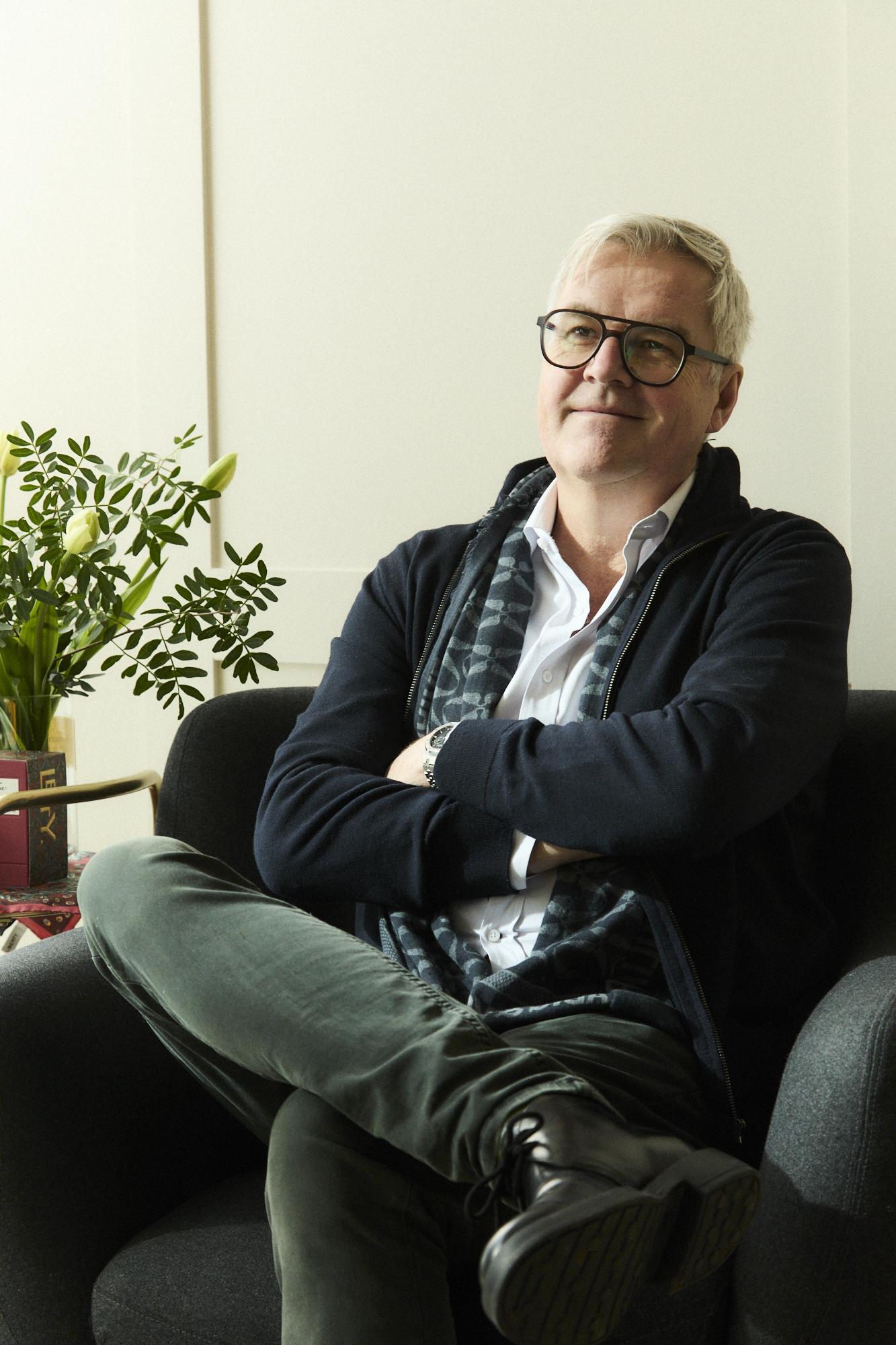
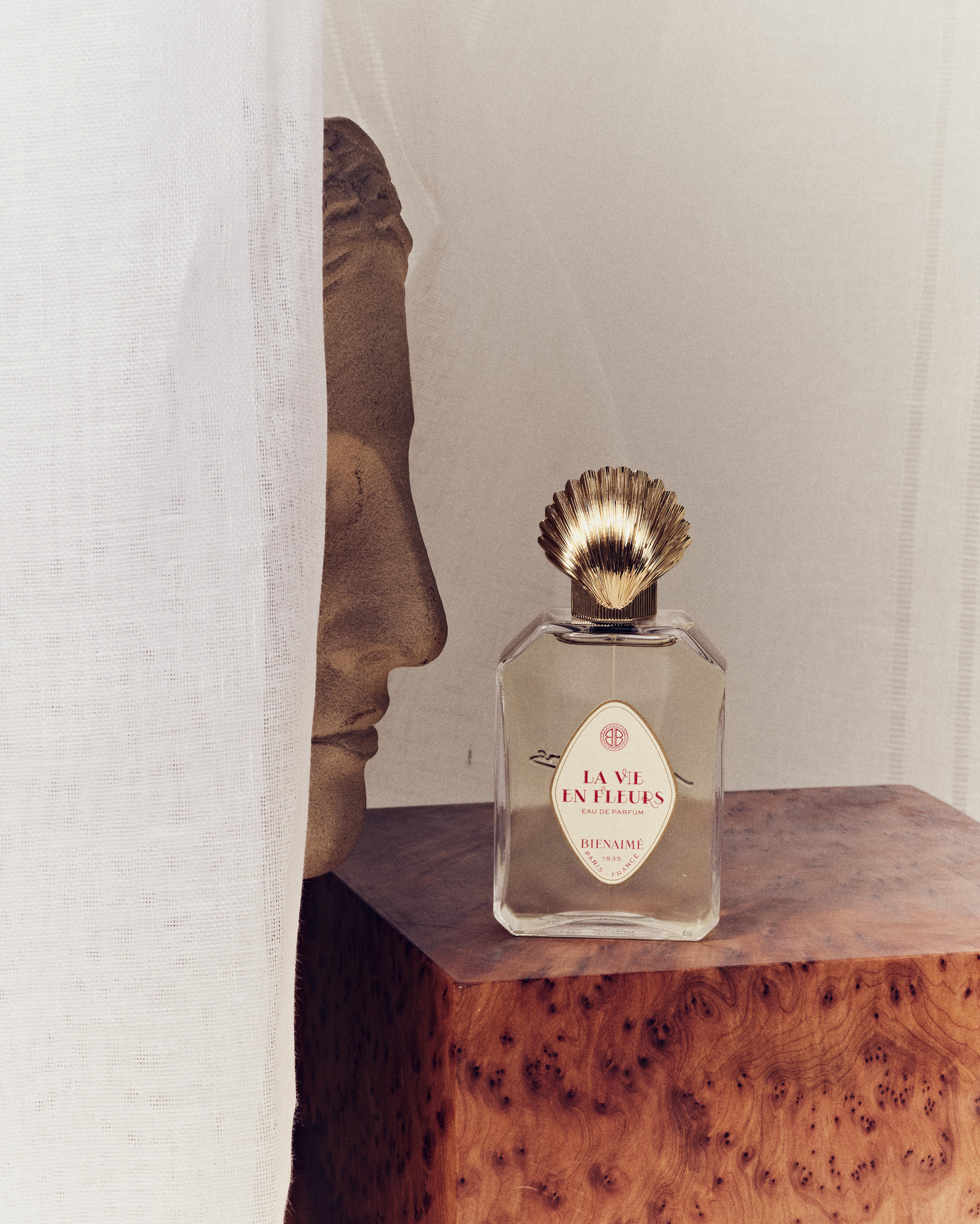

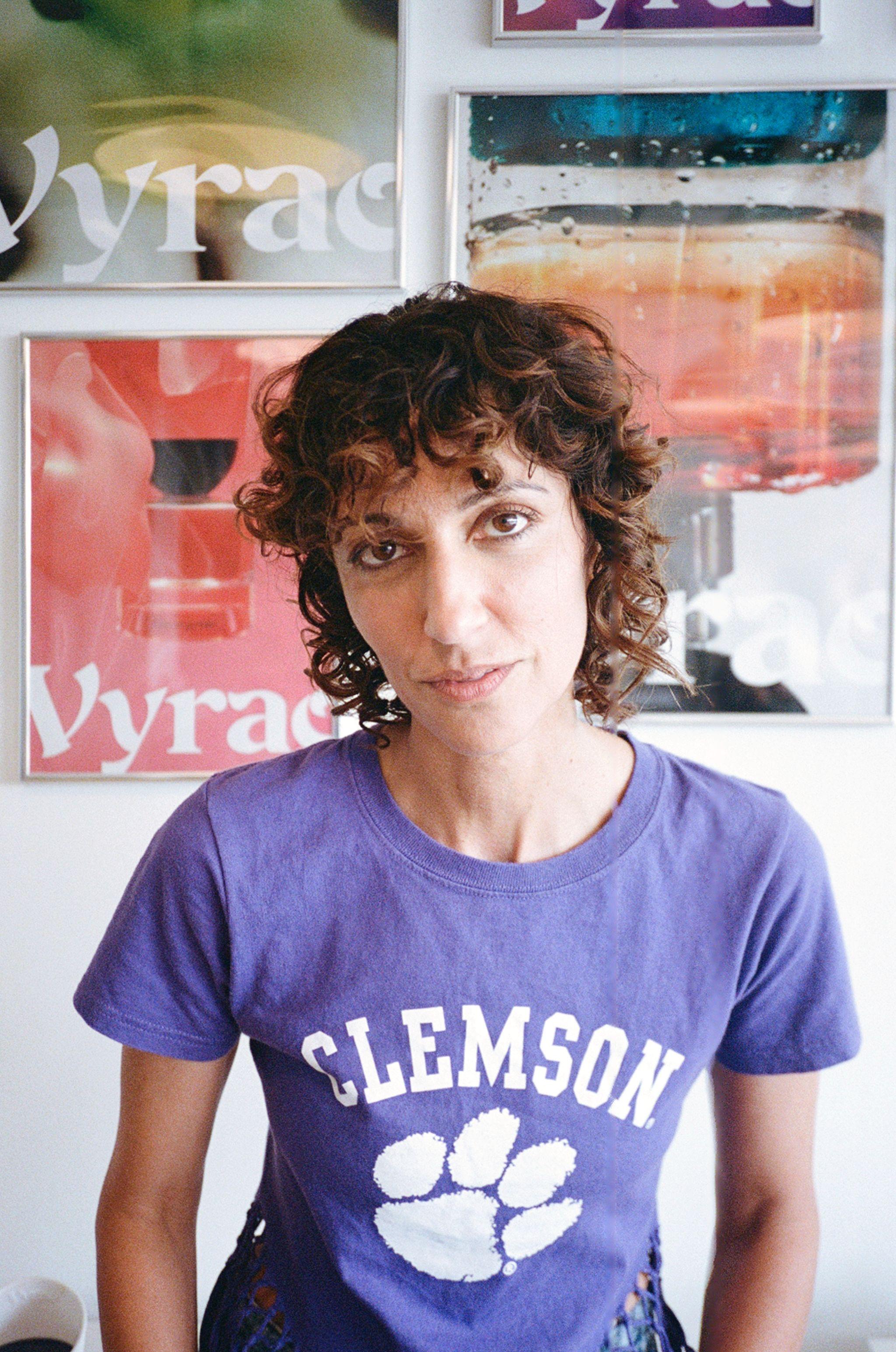
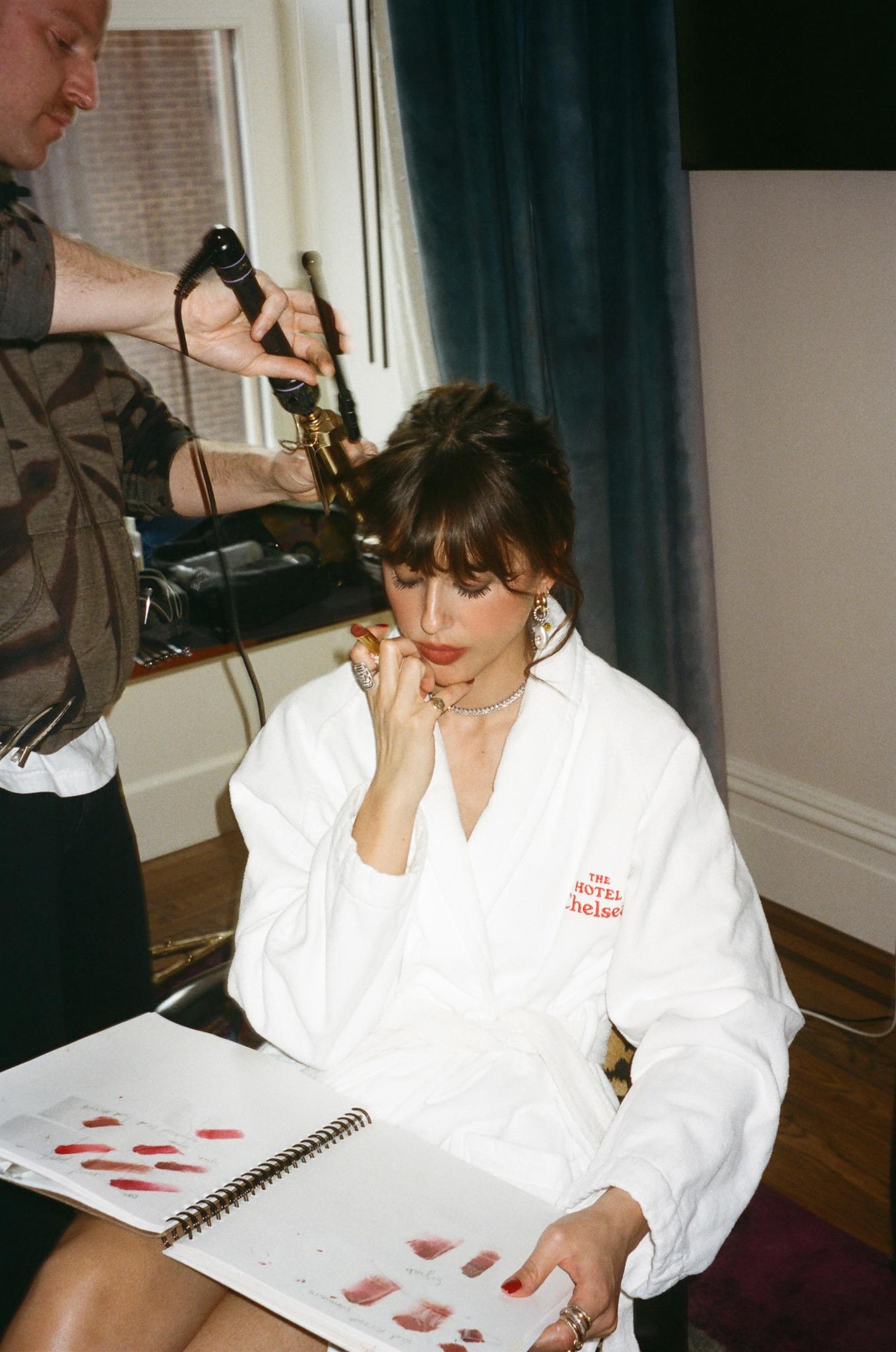
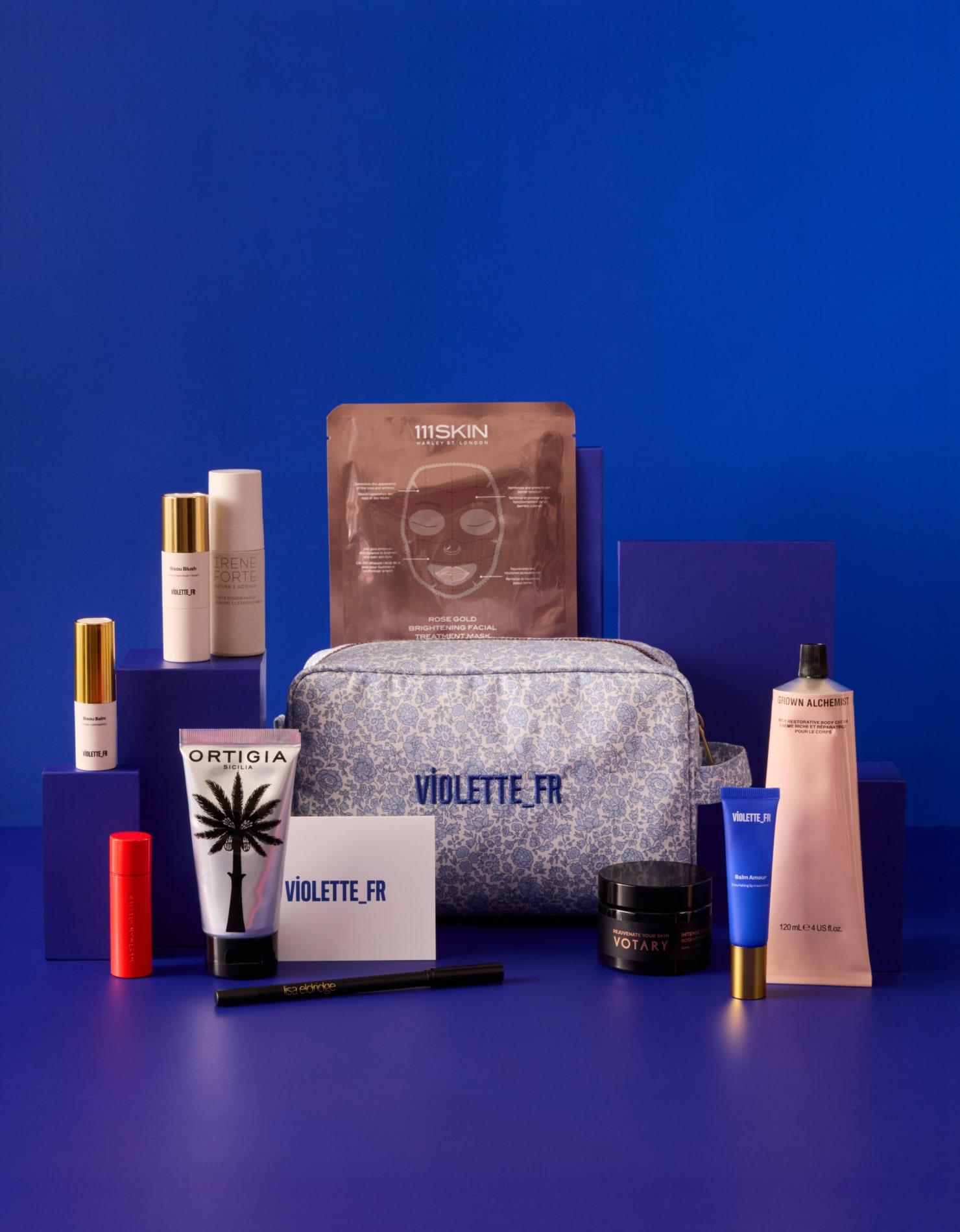
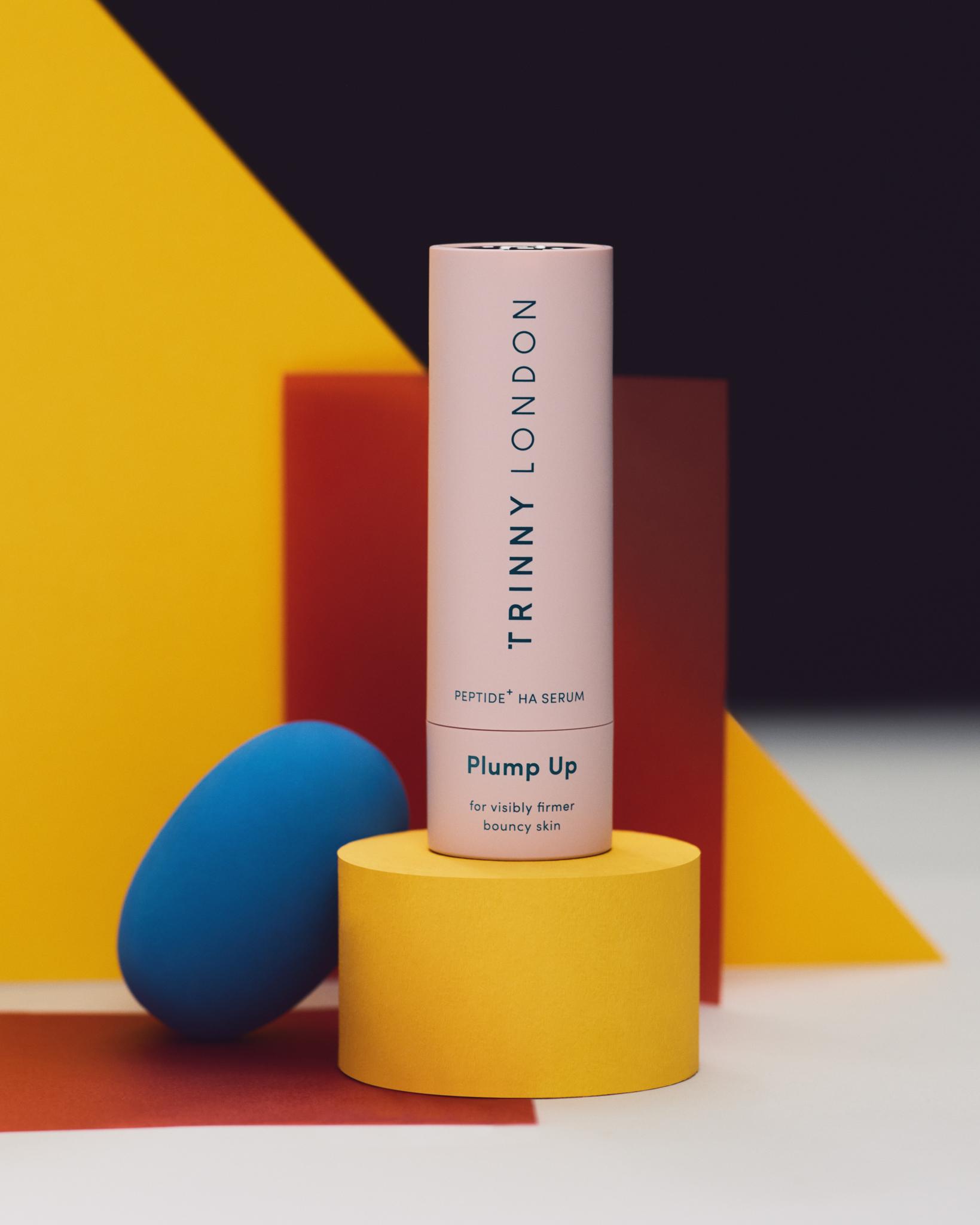
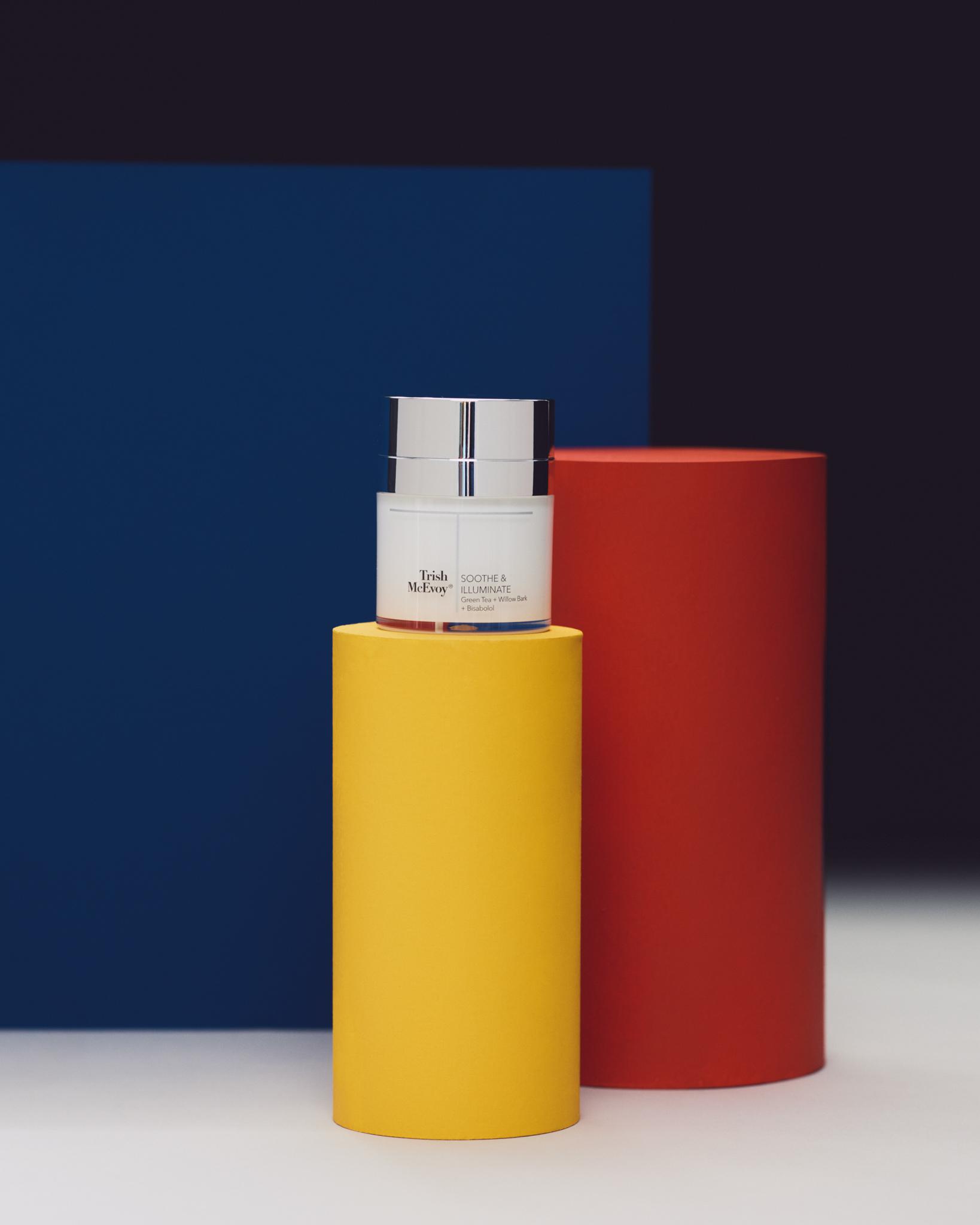
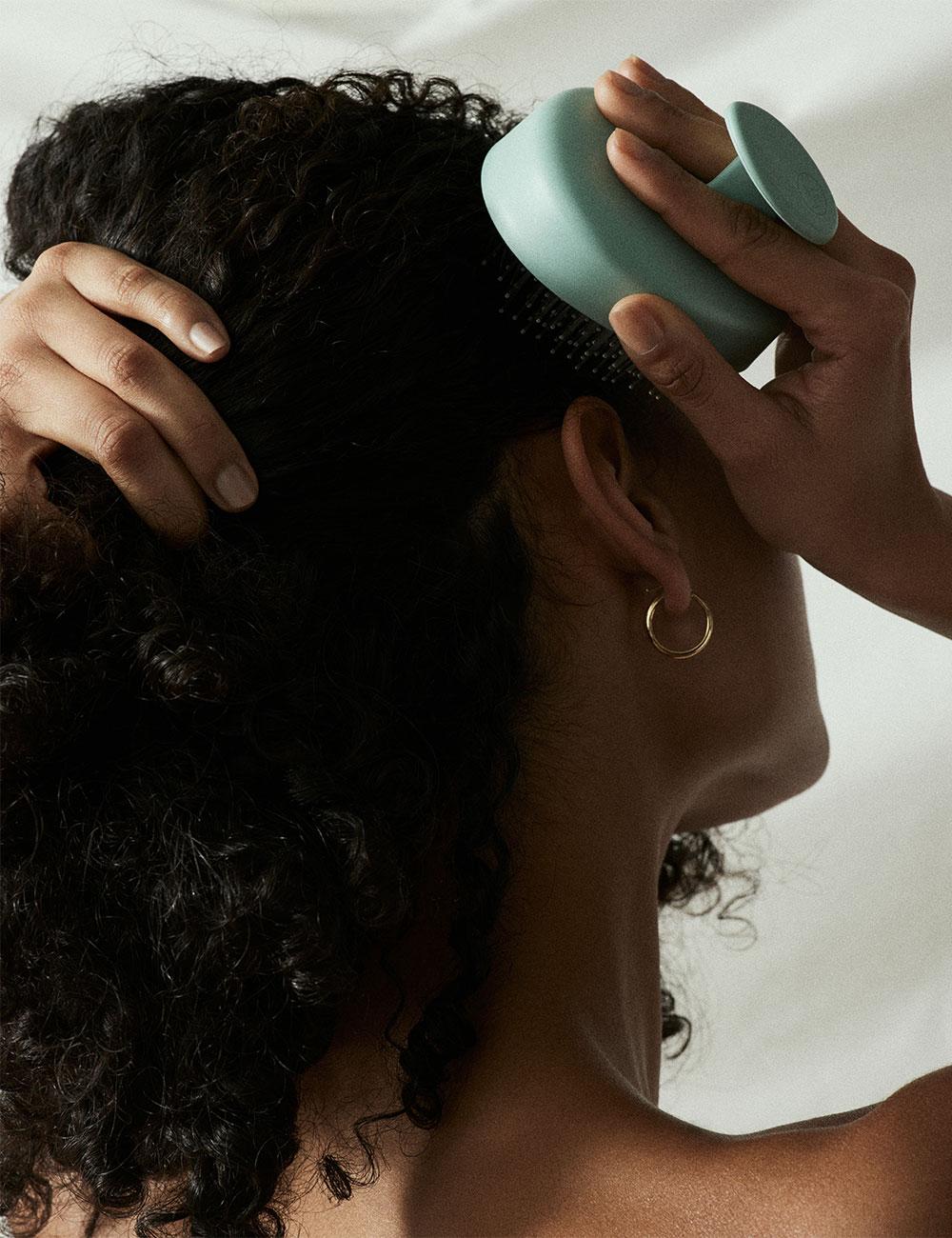
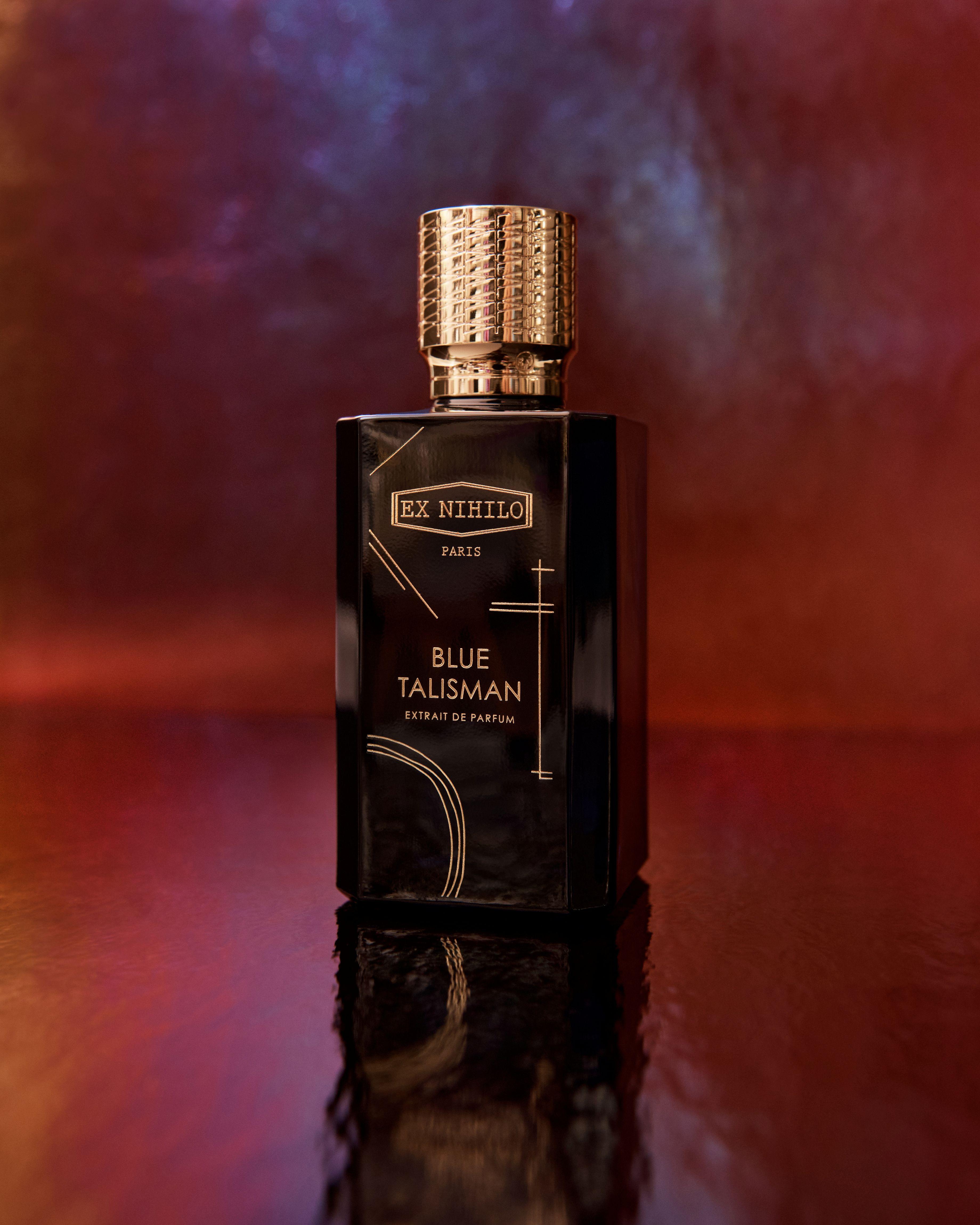

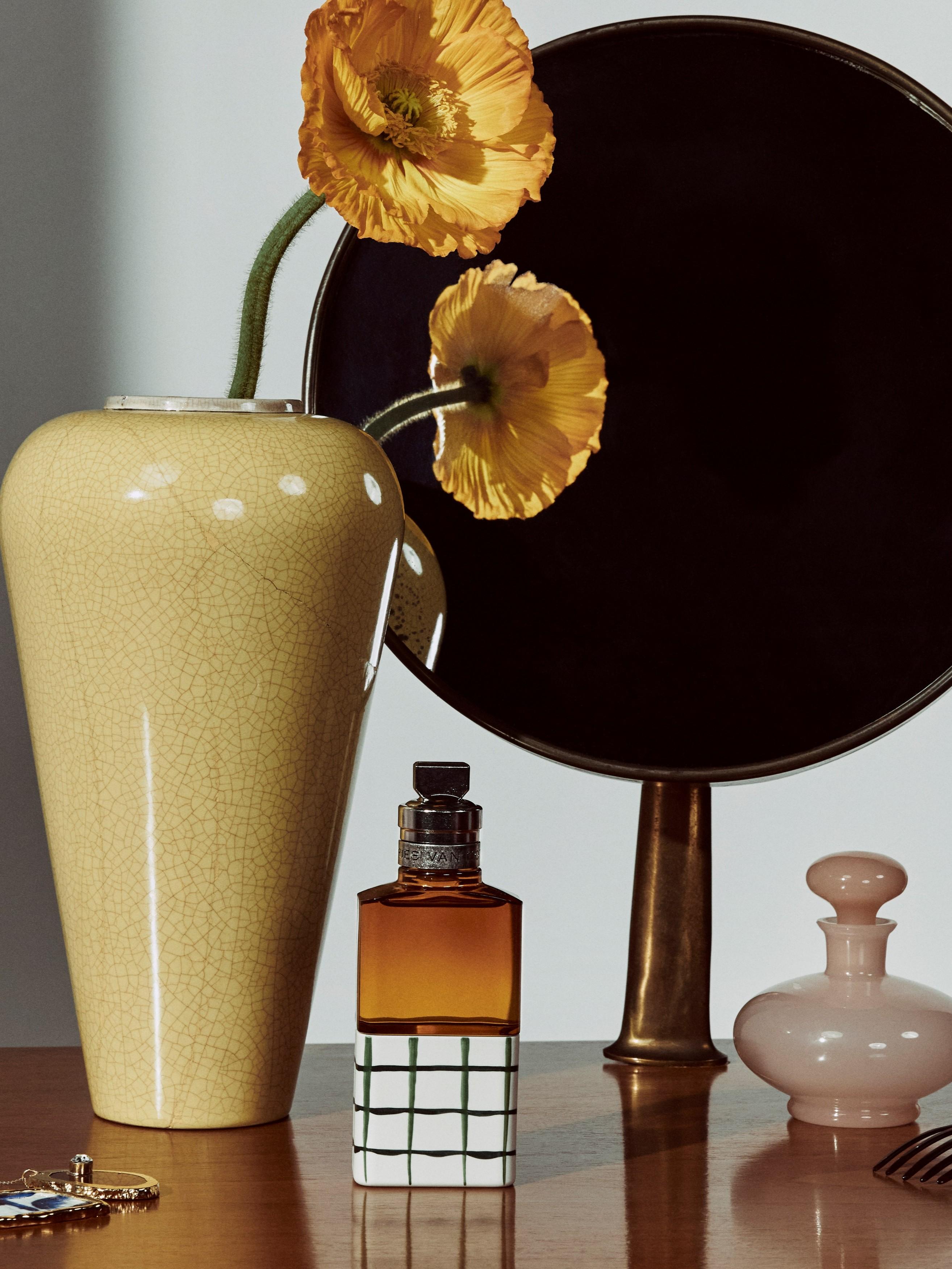

?fmt=auto&qlt=default)
